|
Did you know there was a mini babywearing boom is Australia and New Zealand in the 1940’s? World War II caused a materials shortage and pram production fell by more than half. There was also a temporary lack of available home delivery services, so mums didn’t have the option to just stay home. Several styles were invented by enterprising parents including metal framed baby carriers but hip carriers were was the most popular. While these were not as popular as baby carriers are today these designs were successful enough to be sold in department stores and were later exported overseas including to the United Kingdom and the United States. The United States and the UK also seem to be have been affected by pram and also gasoline shortages to some degree (meaning more mothers had to take public transport). You can read more about these carriers in my previous post Mid Century Baby Carriers and Vintage Baby Carrier Advertisements. I have come across some more interesting photos (or learnt some more information about some photos I shared before) since I wrote that article so here's an update. Several are copies of press photos of the time. Captions were were written on the back of the photos although I'm not sure which newspaper they were published in originally. 1940s Baby CarriersAusssie Mama And Son Model ''Cuddle Seat". Mrs. June Liabo of Chicago, an Australian war bride, and her son Paul, nine months, introduces a new technique in baby carrying in Chicago. A cloth sling, called a "cuddle seat"in Australia, goes over the mother's shoulder to facillitate carrying a youngster. Mrs. Liabo is the wife of a former Marine captain and has been in the United States for 18 months (Acme Newspictures 3/26/46) Like A Papoose, Only Different. Ingenious idea from Australia that has been welcomed in America is the "Cuddleseat" a nifty contraption that allows a mother the freedom of both hands, and at the same time, supports her baby comfortably at her hip. So popular was the idea among busy housewives engaged in war work in Australia that one Aussie women brought marketing rights with her when she came to America with her Yank husband. She is Mrs John McHose, who demonstrates the Cuddleseat with her son Terry. (Acme Newspictures San Francisco 1/18/46) -This photo is dated February 3 1943. Shortage of baby carriages doesn't seem to bother Mrs. Jacobs Karro of Arlingto, Va.,who hit on this novel method of transporting 10-month-old baby David. Carrying baby on back papoose style, she's shown boarding a streetcar in washington. (Acme Newspapers Washington Bureau). It was also published in another newspaper with a similar caption. This mum is also using a cradle board to carry her baby (photo taken on 18 March 1945). Two of these photos were on ebay but with different captions (perhaps from two different newspapers) 50s-70s BabywearingHere are some intersting photos I have found covering this era. DIY baby carrier from a 1966 newspaper article, pictured with actress Lois Lawson. This ‘sling child-carrier’ was available through mail order for 50 cents through U-Bild. The pattern claimed to solve a ‘weighty problem for young mothers’ and was recommended to be made from double reinforced canvas or denim with the seat reinforced with masonite. Danish mother carrying her baby on her back in a metal framed seat in 1953. Mothers have always found ingenious ways to carry their babies. Metal straps though – ouch! I have come across quite a few photos of this kind of carrier and they look strikingly similar to car seats of the era so I suspect that is exactly what they are. The caption of the press photo explains – "Papoose Caboose - Copenhagen: In a modern version of an old American Indian fashion, the mother carriers her 'papoose' in a seat strapped to her back. Troublesome prams, which are always in the way in stores and subways, are unnecessary when the housewife shoulders her baby burden this way' Credit (United Press Photo) 11/25/53 Complimentary baby carriers were provided by Tesco in 1970s, so mothers wouldn't have to leave their babies unattended. "A Tesco spokesman said that the bid to best baby snatchers would cost £8000. Housewives Shirley Veritu and Christine Probert tried out the sling in a North London branch on Thursday (14-2-74) and found just one snag. They couldn't see what the little rascals were getting up to behind their backs." This initiative doesn't seem to have taken off, though. Do you like this idea? Photo: Trinity Mirror, February 1974 Early 1900sThese photos are from a much earlier eara when traditional babywearing was more common. This photo depicts two traveler women selling their wares while baby wearing (New Forest 1910) These next two photo show babywearing using traditional carriers in New Zealand from around the same era. Babywearing in Ohinemutu in New Zealand, 1908. I don't have a source for the second image which is possibly a postcard. So cozy! This photo of an Inuit mother and child was taken on King Island Alaska between 1915 and 1925. Two Washoe mothers carrying cradleboards on their backs ca. 1900. Image source: University of Southern California Libraries.
0 Comments
Baby carriers were not commonly used in Western countries throughout most of the 20th Century. There was however a small and short lived revival of babywearing in the 1940's led by a shortage of new prams (caused by World War II). Quite a few brands of baby carriers suddenly appeared. The Cuddleseat invented in Australia (by a retired test pilot) was successful enough to export to the US and the UK. These small brands didn't last beyond the 1950's but left behind some interesting advertisements. The ads encourage mums to babywear for the same reasons they do today, although easier queueing is a benefit not often mentioned now. Using a baby carrier was the 'modern' and scientific way and as a nice bonus it would not wrinkle your dress. One ad pointed out that using a carrier was like having your own private car. The Cuddleseat claimed to carry your babies weight evenly and could be used up to 2 years. Using a baby carrier was seen as a great way to navigate public transport and for shopping, and left you with hands free to carry your parcels and handbag. The ads were proud to proud to point out that the carriers were light, strong, easily adjustable and washable, and of course stylish, with several colour options available. Cuddleseat advertisement November 1953 (The Nursey World - UK) 1950's 1947 1947 Cuddleseats were not the only baby carrier around although maybe the most popular judging by the number of ads compared to the other styles. There was also the Margaret Shaw carrier pictured below (previously named the Women's Weekly Carrier as it was fist available to buy through that magazine by mail order). There was also the Cuddle-Bye plus a few other similar carriers which I haven't been able to find newspaper ads for but you can read more about them in my article Mid Cenury Baby Carriers and Vintage Baby Carriers A hip seat style baby carrier (not sure it was ever comercially made).
Pix. Vol. 11 No. 17 (24 April 1943) I came across a vintage baby carrier on ebay called the Maral which led me to discover an interesting bit of babywearing history. This carrier was patented in the 1969 in New Zealand and was part of a revival of interest in babywearing that occured in the late 1960's. Baby carriers were especially popular among Le Leche League members. Marilyn Campbell in 1969 ran Maral with her husband Alistair and also organised the first formal La Leche League meeting in upper Hutt. Diane Hildreth "Yes Maral. When I was with Parents Centre Upper Hutt we promoted them in our magazines. I had one for my son Iain when he was a baby. They were fantastic. You could wear them back and front, adjust the straps and they provided head support which others on the market did not. I could do the veges for tea, vacuum, do the washing, all while I had in safely close to me." (Facebook comment from You know you grew up in Upper Hutt, Zealand when you remember.........' on the 29/30 September 2017 Christine Oliver "All of my 4 babies were carried in a bright yellow one of these in the 1980s. I offered to sell them in Perth WA as I had so many queries about where to purchase but Marilyn was content to keep the business small and local." (Facebook comment Upper Hutt Heritage Facebook page on the 29/30 September Photo by Wilfred Revelle Jackson 1970 Photo by Revelle Jackson 1970 Maral baby carrier back and front view. A different baby carrier from the same era from the Upper Hutt City Library Heritage Collections. There is not much information about this one, possibly handmade. Lynne McLellan and bay Tascha. Photo by Revelle Jackson date unspecified. Some parents made their own carriers, the Le Leche League offered a pattern (printed in their magazine) https://dunedinbabywearinglibrary.files.wordpress.com/2012/09/may-tielllphoto.jpg Do you have any memories of the Maral baby carriers or of babywearing in the 1960's or 1970's in New Zealand? Sources:
https://dunedinbabywearinglibrary.wordpress.com/background This is a comprehensive article covering the history of babywearing in New Zealand. https://uhcl.recollect.co.nz/nodes/view/21615 https://uhcl.recollect.co.nz/nodes/view/2273?keywords=marilyn%20cambpell&type=all&highlights=WyJtYXJpbHluIiwiY2FtcGJlbGwiXQ==&lsk=0d1c146c0e7a22f218341709c97a0a8c https://uhcl.recollect.co.nz/nodes/view/9425?keywords=campbell%20baby%20carrier&highlights=eyIwIjoiY2FtcGJlbGwiLCIxIjoiYmFieSIsIjIiOiJjYXJyaWVyLiIsIjQiOiJjYXJyaWVycyIsIjEyIjoiY2FycmllciJ9&lsk=6a7a7743138d923d210d814d8a2f7f53 Australia 1951 What were the baby carrier options available in the 30's, 40's and 50's? It was far more common for babies babies to be transported in prams but some parents did carry their babies at least occasionally. The most commonly found options were repurposed car seats, homemade carriers and hip carriers. Of course traditional babywearing was still practised in some places too. This article mainly focuses on Australia and New Zealand but the United States and the UK had some similar trends. In the 1930's I couldn't find any advertisements or photos of commerically made carriers (although I did find one mention of them). There were several homemade patterns puplished in newspapers so that seems to be the most popular option (often suggested as handy for parents to take with them holidays). These carriers looked like little canvas seats with handles. This changed in the 1940's when a pram shortage (caused by supply disruptions and materials being redirected for the war effort) led to a mini babywearing boom. There were also less home delivery options available which made the war years difficult for mums with small babies. In December 1941 there were 950 prams were manufactured in Victoria, Australia but by November 1942 the current production was down to 450 (more than half) and at the same time there was a steady increase in the birth rate. This caused some consternation about how to transport baby without a pram. One New Zealand newspaper (the Evening Post on 18 June 1942) suggested the government should sponsor a pram factory as the best option to solve this problem. Another article from Australia titled. 'Shortage of Prams: Papoose Frame Suggested' published in the Evening Post on 15th June 1942 was more in favour of babywearing. The matron of the Karitane Mothercraft Centre Sister M. Jacobs is quoted as saying 'It would be much less tiring for the mother if she carried the baby on her back instead of in her arms. From the baby's point of view, it is a much more natural way to be carried. Babies are more comfortable if they are in an upright position,' The matron also said 'We'll have to evolve some method of baby transport if prams become unprocureable. A mother came to see me recently with her baby in a canvas bag slung over her shoulder like a knapsack. A sling in front is another way of carrying the baby. Mothers like it better than the bag at the back, because they can watch what the baby is doing" https://paperspast.natlib.govt.nz/newspapers/EP19420615.2.111 Homemade Carriers Guides for making your own baby carrier existed from at least the 1930's. I found several similar articles describing a style of carrier that looks like a cloth seat. An article titled 'A Carrier for Baby' published in the Evening Post (New Zealand) on 25 May 1939 described how to make one - 'Nothing is more useful than a carrier for transporting a baby, either by car, bus, or train. In the shops carriers made of kid in pretty pastel colours are attractive but expensive' The article then adds advice for making your own inexpensive baby carrier at home 'You need pieces of deck chair canvas doubled (you can get it in charmingly coloured stripes nowadays) cut to the size you require. Stiffen them by slipping in pieces of plywood and sew them round a ply wood bottom, also cover on both sides with canvas. Fasten the double pieces of canvas together with large press studs, in order to hold the plywood in place, and make handles of cotton webbing. When the carrier is not in use the plywood sides may be taken out and the pieces put flat into a little case made of the canvas, so that it may be stored neatly and unobtrusively. https://paperspast.natlib.govt.nz/newspapers/EP19390525.2.188.6 This would be carried like a bag - in most photos caregivers are carrying the seat between them rather than using it to strap baby to their body. See this article on vintage baby carriers for some photos of this carrier in action. This style of baby carrier may have been inspired by early infant car seats (car seats were just starting to be commercially available in the 1930's and look quite similar). Below is an example of a pattern from 1935: It appeared in the "Ideas for the Home" column in the Western Mail Thu 24 Oct 1935 Page 35 A Baby Carrier. (Perth, WA). A more ergonomic handmade and quite modern looking baby carrier (from the United States) can be seen in this article from 1934 featured in the San Diego Union newspaper (December 24 1934) in an article titled 'Child Sees all in 'Rumble Seat' . George Hellickson made the carrier himself out of blue denim and flat cords and used it to carry his toddler daughter. "George Hellickson came to The Tribune-Union-Ryan party yesterday equipped for comfort. Hanging from his back in what he termed a homemade rumble seat was his 3-year-old daughter Helen. The 'seat provided a clear view of proceedings for Helen, assurance that she would not be injured and free use of Hellickson's hands with comfort for both ... He took the baby through the Chicago fair in it he said" 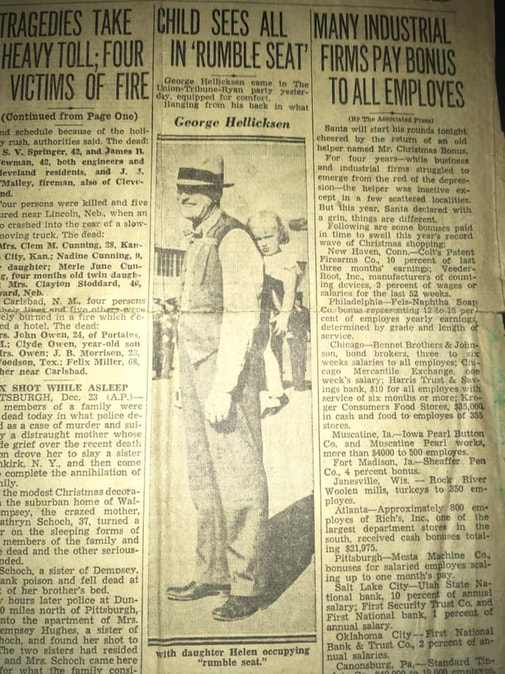 Convertible Car Seat CarriersCar seat for babies were available to parents from the 1930's and by the 1940's these were commonly a canvas seat with leg holes stretched over a metal frame with hooks. The hooks hung over the back of the bench-style car seat and kept the baby suspended above the seat, allowing a better view through the front windshield. Before this burlap sacks with a drawstring were used or whatever the parents could come up with at home to prop them up. Some mid century car seats handily doubled as baby carriers like the Hike-a-Pose pictured above. You could unhook the car seat and sling it over your shoulder to wear it as a back pack. This one looks like it may have some straps attached for this purpose hidden at the back. Most parents just seem to be slinging their babies just using the metal hooks that attach to the seat over their shoulder (it really doesn't look comfortable!). Car seats were certainly seen by some parents as muti purpose items and doubled as high chairs too. Man using car seat as baby carrier on the beach Bettmann c1960 Baby car seat doubling as a high chair. https://www.oddee.com/item_98981.aspx and pictured below a similar car seat/ carrier from the late 1940's (United States) I also came across this carrier from 1944 (from Australia). It's a similar shape but perhaps this one was created to be actually used as a baby carrier rather than a car seat. The straps certainly look softer. Mitchell Library, State Library of New South Wales and Courtesy ACP Magazines Ltd. Hip CarriersHip carriers seem to be the most popular of the carrier style available in the 1940s. Most photos I have come across from this era are of this style. There seems to be at least a few different brands, although except for the Cuddle-seat and Margaret Shaw, brand names aren't often mentioned in newspaper articles (although the Cuddle-Chair got a mention). Many of these styles of carriers were really carrying aides rather that true hands free carriers as one hand was often needed to support baby. April 1946: Mother carrying her baby in a sling next to a newly built shopping centre in New Zealand. (Photo by George Silk/The LIFE Picture Collection) The two most popular hip carriers available in Australia from the 1940's were the Cuddle-Seat and a carrier sponsored by the Australian Women's Weekly and available by mail order (later renamed the Margaret Shaw carrier and sold at David Jones). Margaret Shaw Carrier 'Mothers are finding The Australian Women's Weekly baby-carrier a wonderful boon. It fills a much-needed want because it carries the baby who hasn't reached the sitting-up stage. As the child lies in the carrier, only one arm is needed to support its weight, so mothers have a free hand to" lead a toddler or carry the inevitable parcel. The sling, which weighs only two ounces, is made in off-white material, with a plastic-lined base, and can also be obtained with blue, beige, or grey straps. The straps are adjustable to make the sling slide-proof. The baby-carrier, which costs 15/6, is obtainable at The Australian Women's Weekly Pattern Department, 168 Castlereagh Street. Add 3 d post age (or 6 d registered) for mail orders. The Daily Telegraph (Sydney) Sun 10 Aug 1947 Page 50 The Women's Weekly/Margaret Shaw carrier was designed by an Australia woman and cost $53.54 (when converted to today's money). Margaret Shaw was the the Matron of the Womens' Hospital Crown Street and was interviewed by the Australian Women's Weekly in July 1947. She explained that carrier was 'meant to help the mother in the early months, before baby can sit up and while he still needs support for his back. I have always felt sorry for the mother who has to carry a young babe and, at the same time, juggle with shopping bags and parcels. She feels that she may drop the babe, just as the babe, if he does not feel VERY SECURE, fears that he may be dropped'. A young baby could be wrapped in a shawl and put into the carrier. Only the seat of the carrier held the baby but it took some weight off and the mother only needed to support her babies' head and shoulders by cuddling baby in the crook of her elbow leaving her other hand free. 'This is what she finds a very great advantage. The young mothers to whom we demonstrated the carrier were delighted with it. One, Mrs- S. Butcher, mother of three-months-old Arthur Butcher, said:"It's wonderful. I don't notice the baby's weight at all." Mrs. T. J. Nilstrom, of Mascot,whose baby daughter Selma is seven weeks old, said:"Baby is happy in it." The Australian Women's Weekly Sat 19 Jul 1947 Page 40 The Cuddle-Seat The cuddle seat is another similar hip carrier invented in Austalia by William Hancock, a test pilot who had been forced to retire due to illness. He exprimented for six months before perfecting his design. The cuddle seat was marketed as being suitable for older babies and toddlers too unlike the Margaret Shaw carrier. The cuddle seat seems to be the more popular of the two (I found more references to it in newspapers and magazines and it was also later imported to the United States and the UK). A newspaper article entitled 'Novel Baby Carrier Eases Weight' from 1946 explains - the 'Cuddle-seat' has the recommendation of thousands of Australian mothers, who by practical experience know the advantage of this method ol carrying baby, especially in crowded areas and when shopping, Popularity achieved by the 'Cuddle-seat' with Australian mothers now extended to England and America, where it has been acclaimed as a definite boon. When carrierd in a 'Cuddle-seat' the baby is less weight on the mother and leaves her two hands free, Another very important feature is that the baby itself is carried In a natural position and is more comfortable. The 'Cuddle-seat' Is scientifically designed to carry babies of from four weeks to two years, It distributes the weight evenly, and balance is maintained' The Farmer and Settler (Sydney) Fri 1 Nov 1946 Page 13  .Other hip slings The Cuddle Chair was a very similar style to the Cuddle Seat and was sold in West Australia. 'PERTH babies are coming up in the world ! Many are now being carried around at mother's hip- height, by means of the new "cuddle chairs" now selling briskly at city chain stores. "Cuddle Chair' is a sling arrangement which passes round the carrier's neck and has a small padded seat at the loop near her hip, on which the baby sits. "Mostly young mothers buy them," a shop girl said yesterday. "I think it would be too much for the older ones to lump around." Another salesgirl, prettily slim, chimed in with: 'I'm darn sure I'd never use one!" Sunday Times (Perth) Sun 18 Mar 1945 Page 5 'CUDDLE CHAIRS' BOOM Photo from Sunday Times (Perth) Sun 2 Jan 1944 Page 1 Shopped With Baby In Cuddle Chair There was also yet another hip sling invented by an Australian mum (Myra Farrell) in the 1940's although I don't know if this particular one ever went into production or perhaps it was made into a DIY pattern. The carrier 'designed to help mother who must carry their babies on shopping tours in these days on no-deliveries' was featured in an article title 'Busy Mothers' Baby Carrier' in The Sun Tue 20 Apr 1943 Page 6 The hip carrier 'made from any stout material, allows the mother to have both hands free if needed. If the baby gets tired he can sleep comfortably in the carrier, and his mother need only use one hand to support him'. The carrier was described as beneficial for mothers too, improving their posture by 'preventing round shoulders'. The inventor of this particular hip sling was quite talented, as well as taking out a patent for the sling she also held patents for a rayless light which could be seen 700 miles away; a rife shell and machine gun shield; stitchless buttons, hooks and eyes, press studs; formulas for cure of tuberculosis, asthma, and catarrh; a skirt and pattern marker by which any style can be cut; and a preparation which prevents fly-blowing in sheep. Pix. Vol. 11 No. 17 (24 April 1943) pg 11-12 (photos of Myra's carrier are below. https://www.smithsonianmag.com/innovation/history-cribs-other-brilliant-bizarre-inventions-getting-babies-to-sleep-180972138/ The hip style carrier was also found in other countries too (although is does seem to have been more popular in Australia and New Zealand) . This baby carrier patent above is from the 1940's (United States). While this carrier was not a commercial success I love how the illustration shows how a baby carrier can help a mum go about her daily life by helping her with her shopping. Hip carriers seem to have faded in popularity after the war but I have found photos of parents wearing them into the 60's and it was popular enough for a major pattern company to produce a pattern for one in 1972 (McCalls 3357). Convertible CarriersThis ad for a convertible carrier looks like it's from the 1950's judging by the clothes but I haven't been able to find any details about it. If you have any information let me know! It may possibly an updated a version of the Carry-bye which looks quite similar. 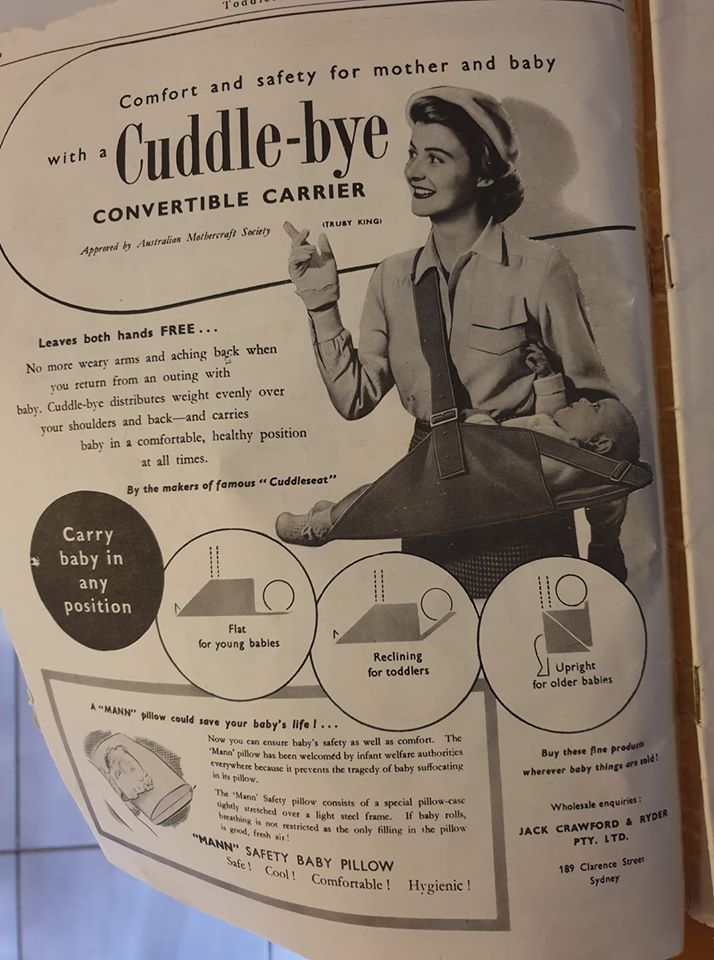 The Carry-Bye was invented in 1943 by Mrs A.C. Moores, while her husband was away at war so she could have her hands free for her other child and to carry her parcels. She spend many hours perfecting her design originally a folding canvas sling 'Mrs. Moores laughs when she thinks back to the clumsy contraption her first Carry-Bye was in comparison to the smart little job it now is, with' its nickel clips and adjustable buckles, its gay piped hood and its press-stud fasteners in colors to match the canvas."But," she will tell you, "I spent hours and hours on my first 'models' until I made one which was exactly right. I knew that no one, excepting a mother with a mother's difficulties, would take the trouble to find the very right thing they need, but this is it. Satisfied mothers have popularised my Carry-Bye, nobody else, because we have had no money for advertising." Her husband was injured during the war and could no longer farm so the couple focused on patenting and manufacturing the sling. It was succesful and was sold worldwide and was especially popular in England according to the article in the Women's Interests section of the The Land (Sydney) Fri 2 Apr 1948 Page 16 The carrier was available from at least 1947. Marketed as suitable from birth to two years The Carry-Bye weighed 15lb/6.8kg and was construction on a paper thin collapsible steel frame which enabled baby to carried in a reclining position or after six months sitting up. It came with a weather hood and a covering canvas sheet to shield the baby from wind and rain. Two adjustable straps meant that the weight of the baby was distributed to both shoulders and it also could be carried in the hand by a handle. Glen Innes Examiner Mon 27 Oct 1947 Page 4 NOVEL BABY CARRIER Above is a photo of Dubbo englineer G. H. Griffiths carrying his 13 week's-old daughter Julianne in a baby-carrier he bought while on holiday in Sydney. This carrier looks very similar to the Carry-Bye (although it's not named in the article) and like that carrier could also be attached to a tree limb and used in a swing or converted into a folding chair. The Sun (Sydney, NSW ) Sun 3 Apr1949 Page 1 HANDY BABY CARRIER Traditional Baby CarriersIn some places in this era mothers were still carrying their babies in this era as they always had. This Maori mother is carrying her baby in her feather cloak (1938). 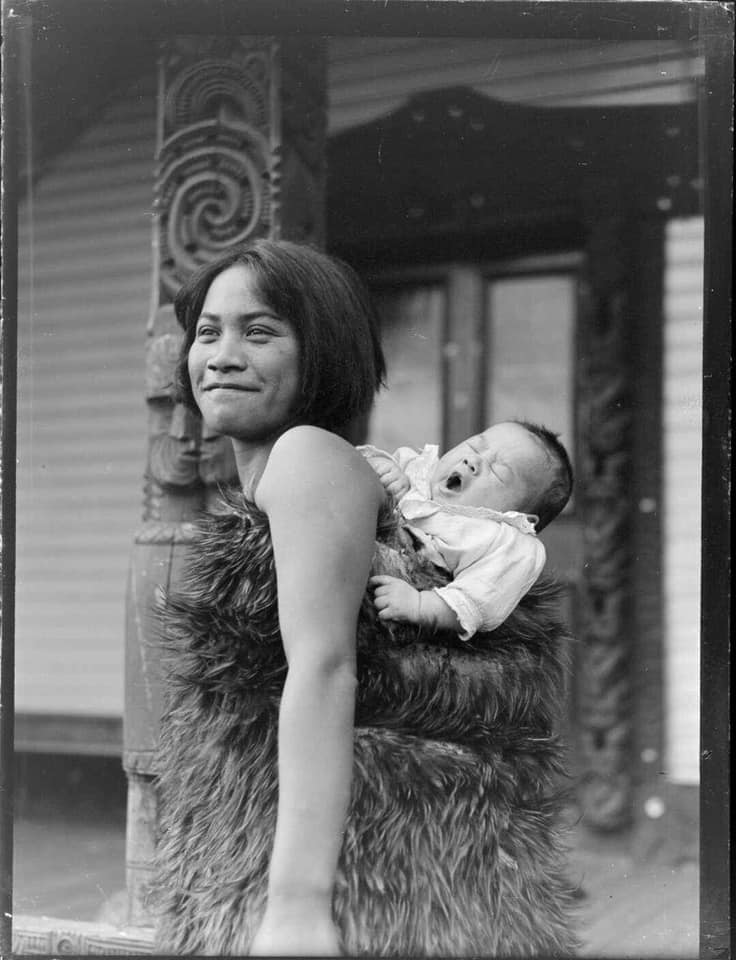 Maori woman carrying a young child on her back wrapped in a feather cloak. Whites Aviation Ltd: Photographs. Ref: WA-12537-G. Alexander Turnbull Library, Wellington, New Zealand. /records/22339012 Aboriginal Australian woman standing with a young girl and a carrying a baby in a coolamon (a multipurpose wooden container used to carry tools, food, and babies) at Yuendumu, Northern Territory, 1958. https://www.pinterest.com.au/pin/857513585287223398/ Traditional babywearing (using a large shawl) was also sometimes still found in parts of Wales, Ireland, and Scotland into the 1950's This new baby is being introduced to the neighbours. 1st March 1954, Wales. 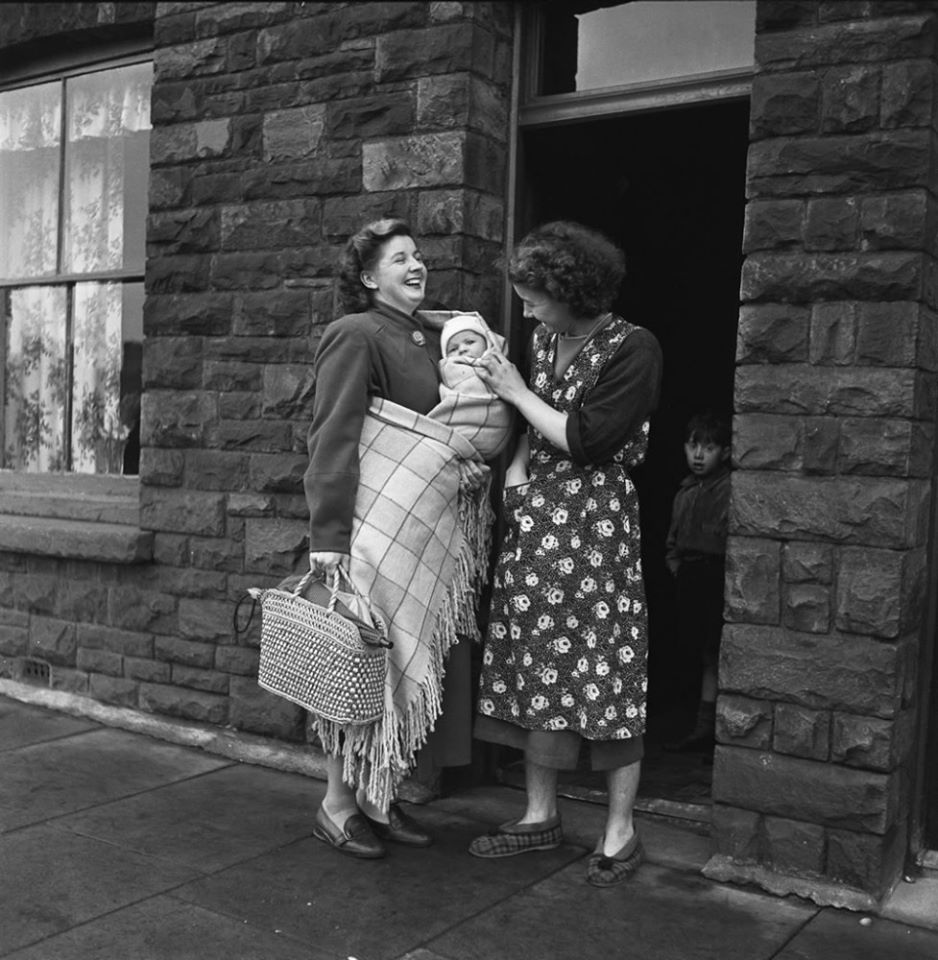 (Photo by George GreenwellDaily Mirror/Mirrorpix) A similar shawl carry from Ireland Attitudes to carrying babies and toddlers seem quite positive (with the exception of the Cuddle Chair sales girls quoted above) and the practicality of using a baby carrier seemed to be one of the main appeals. One Mum explains in her letter to the Mothercraft section of the Australian Women's Mirror (24 November 1948) 'Nurse While You Work' that her four month old son was recovering from a cold and wanted to be held all the time, but she also had other children who needed her She found the cuddle seat a good compromise. It allowed her to sort and put away the washing, set the table, do some tidying up and even sit down with her son in the carrier to do some darning "Small Son, happy to be snuggled up to me, would soon fall asleep, and I could then put him down again for a while" Another respondant to the Mothercraft collum reported admiringly about a mum she met in a train who had travelling with a baby sorted (The Australian Womens Mirror 8 February 1950). Her Cuddle-Seat was very convenient for travelling, and was combined with a hands free shoulder bag (matching her travelling costume of course) to hold her essentials. Baby was happy and it gave her some hand freedom to look after her other three children. It wasn't only mums who carried their babies, dads did too and this was mentioned in several articles and newspaper photos. In the article 'A Word From Father (Baby Clinic for Men) published in The Australian Women's Mirror on 15th May 1945 the author explains in a very honest way what life is like as a new dad. At one point his wife was so exhausted he took over looking after the baby for a few nights 'with the cosy-bye at my elbow'. His wife's health was deteriorating so much that he decided he should learn to change nappies too (his wife and mother and law were quite horrified at this so it must have been quite unusual). The family doctor advised he attend a baby care class for dads run by a local baby clinic for fathers whose wives were ill. He resisted going at first as he found it too public (he seemed pretty happy to help out with any baby care needed but didn't really want other dads to know about it!). Part of the clinic visit covered baby carriers (which is good evidence that their use was fairly commom in the 40's). 'Now I either have to carry the baby or wheel it in a pram, and if there is anything worse or sillier feeling than pushing a pram I have not met it. On the job the men talk about these new carrying seats the women have. Singapore slings, we Diggers call them, and all men without a baby think they are an affectation ... I felt pretty much the same way, but when Doreen got one and showed me how comfortable it was both to the baby and to herself I changed my opinion. The clinic gave us a lecture on slings one night, and they rate high with the clinics. Since then a couple of the men wear them to carry the baby in. The sergeant was the first to start. He said it was like a bit of his uniform, it was khaki, and it did not look so bad at that. I am tempted to say you will never see me in one, but looking back at the hurdles I have already jumped I am not game to be definite about anything. There is one thing I might point out about babies and their care, and that until some of the names are changed men will always feel sillier than they need. A cosy-bye, for instance. What man can ask about a cosy-bye and not feel silly? Then a cuddle-seat. A man, any man, might wear a Singapore sling but what man will admit to toting the baby in a cuddle-seat! The Australian woman's mirror.Vol. 21 No. 25 (15 May 1945) pages 5 and 17 https://nla.gov.au/nla.obj-507435521/view?sectionId=nla.obj-567210538&partId=nla.obj-507481716#page/n6/mode/1up Parents loved the cuddle seat and other styles for the same reasons parents enjoy babywearing today - the convenience, closeness, and the way it helps you get on with your day. There was interest in how people from other cultures carried their babies (I found one letter to a newspaper titled 'Cuddle-seats of Other Lands' and I came across a handful of similar articles and letters but there didn't seem to be much interest among Australian and New Zealand mothers in adapting and using traditional carriers. Although it could be possible that those carriers were used at least occasionally but just didn't get written about. Caregivers generally seemed to just use what they had available to them (backpacks/bags or car seats) or invented and constructed their own with varying degrees of success, some later becomming commercially available. Interest in babywearing seems to have waned after the 1950's (possibly because prams and other baby holding gear was easily obtainable again) but babywearing never completely dissapeared (after all you can't take baby hiking in a pram!). I have found a picture of Australian tourists using a Cuddle-Seat to tour Munich with ther baby in 1960. Framed backpacks and soft packs like the snugli started to be seen from the 1960's, as well as the Meh Tai, based on an asian style traditional carrier (sold be the Australian Nursing Mothers Association) also from the late 60's. Eventually there was another revival (from around the late 1990's and probably fueled by the easy sharing of information the internet made possible) which made baby carriers much more readily available in western countries and has continued to this day References https://www.mentalfloss.com/article/49280/brief-history-7-baby-basics
https://www.goodhousekeeping.com/life/parenting/g2870/car-seat-history/ Maryborough Chronicle, Wide Bay and Burnett Advertiser (Qld) Mon 30 Nov 1942 Page 2 CARRYING THE BABY https://trove.nla.gov.au/newspaper/article/151382435?searchTerm=baby%20carrying# Western Mail (Perth, WA : 1885 - 1954) Thu 8 Dec 1938 Page 34 A CARRIER FOR BABY: HANDY FOR HOLIDAYS. https://trove.nla.gov.au/newspaper/article/44789984?searchTerm=baby%20carrier# A CARRIER FOR BABYEVENING POST, VOLUME CXXVII, ISSUE 121, 25 MAY 1939 https://paperspast.natlib.govt.nz/newspapers/EP19390525.2.188.6?query=baby+carrier&snippet=true SHORTAGE OF PRAMSEVENING POST, VOLUME CXXXIII, ISSUE 139, 15 JUNE 1942 https://paperspast.natlib.govt.nz/newspapers/EP19420615.2.111 BABY'S OUTINGS EVENING POST, VOLUME CXXXIII, ISSUE 142, 18 JUNE 1942 https://paperspast.natlib.govt.nz/newspapers/EP19420618.2.22 The Daily Telegraph (Sydney, NSW : 1931 - 1954) Wed 29 Dec 1943 Page 5 SHOPS WITH BABY IN CUDDLE CHAIR https://trove.nla.gov.au/newspaper/article/247809500?searchTerm=baby%20carrying# https://www.facebook.com/historybabywearingireland/photos/rpp.141327056666106/141349509997194/?type=3&theater The Daily Telegraph (Sydney, NSW : 1931 - 1954) Wed 16 Jul 1947 Page 9 Baby-Carrying Problem Solved https://trove.nla.gov.au/newspaper/article/248395973?searchTerm=baby%20carrier Cuddle-seats of Other Lands (8 January 1947). (1947-01-08). In The Australian woman's mirror. 23 (7), https://trove.nla.gov.au/work/233204385?keyword=cuddle%20seat Newcastle Morning Herald and Miners' Advocate (NSW : 1876 - 1954) Thu 3 Aug 1944 Page 4 JOE INSPECTS "CUDDLE SEAT" https://trove.nla.gov.au/newspaper/article/134263850?searchTerm=cuddle%20seat The Australian Women's Weekly (1933 - 1982) Sat 19 Jul 1947 Page 9 NEW CARRIER FOR BABY... https://trove.nla.gov.au/newspaper/article/47226580?searchTerm=baby%20carrier The Daily Telegraph (Sydney, NSW : 1931 - 1954) Sun 10 Aug 1947 Page 50 New carrier for young babies https://trove.nla.gov.au/newspaper/article/248098508?searchTerm=baby%20carrier The Farmer and Settler (Sydney, NSW : 1906 - 1955) Fri 1 Nov 1946 Page 13 Novel Baby Carrier Eases Weight https://trove.nla.gov.au/newspaper/article/117337090?searchTerm=baby%20carrier The Sydney Morning Herald (NSW : 1842 - 1954) Tue 17 Jun 1947 Page 7 Death Of Inventor Of Cuddle-seat https://trove.nla.gov.au/newspaper/article/18030705?searchTerm=cuddle%20seat The Australian woman's mirror. Vol. 24 No. 53 (24 November 1948) https://nla.gov.au/nla.obj-486657879 The Australian woman's mirror.Vol. 26 No. 11 (8 February 1950)https://nla.gov.au/nla.obj-565425578/view?sectionId=nla.obj-567846693&partId=nla.obj-565442456#page/n31/mode/1up The Sun (Sydney, NSW : 1910 - 1954) Tue 20 Apr 1943 Page 6 Busy Mothers' Baby Carrier https://trove.nla.gov.au/newspaper/article/231750076?searchTerm=baby%20carrier# Sydney Woman's Inventions Baby Carrier Makes Shopping Easy PIX (24 April 1943) https://nla.gov.au/nla.obj-438628554/view?sectionId=nla.obj-477287868&partId=nla.obj-438694374#page/n11/mode/1up Glen Innes Examiner Mon 27 Oct 1947 Page 4 NOVEL BABY CARRIER https://trove.nla.gov.au/newspaper/article/184630326?searchTerm=baby%20carrier The Sun Sun 3 Apr 1949 Page 1 HANDY BABY CARRIER https://trove.nla.gov.au/newspaper/article/231070352?searchTerm=baby%20carrier#titleModal Newcastle Morning Herald and Miners' Advocate Thu 3 Aug 1944 Page 4 Joe Inspects 'Cuddle Seat' https://trove.nla.gov.au/newspaper/article/134263850?searchTerm=cuddle%20seat# Sunday Times (Perth) Sun 18 Mar 1945 Page 5 'CUDDLE CHAIRS' BOOM https://trove.nla.gov.au/newspaper/article/59331570?searchTerm=cuddle%20chair# 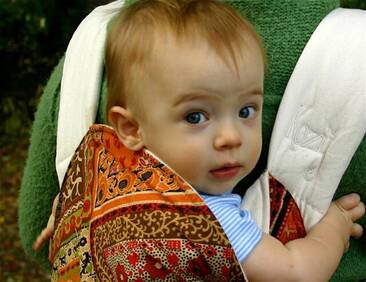 Modern meh dai's (also know as mei tais) are based on traditonal Chinese carriers. Meh dai is a popular modern spelling - but in the era I am convering mei tai or asian baby carrier (ABC), would have been the terms used. This article covers the history of the meh dai in the western world from the early 2000's until around 2006. Meh Dai’s really took off at this time and were a popular carrier style. Traditional Chinese Meh DaiThe traditional meh dai introduced to the western world was a simple square of fabric with four straps of equal length. Traditional Chinese baby carriers can be found in many variations as most minority groups have there own distinct style -some have only two straps for example, but these were not as well known. Traditional meh dai staps were genearally narrow and unpadded and the strap attatchment to the body was often horizontal. This is the style sold by the NMAA (Nursing Mothers Association Australia) in Australia since the 1960's. Mei Dai's were also occasionally sourced direct from China. In the US this traditional style was imported and sold on peppermint.com from the early 2000's one the first websites selling several styles of baby carrier. "The Mei Tai ("may tie") is a traditional Chinese baby carrier that ties on. Young babies are carried on the front. Older babies are carried on the back. The Mei Tai seems to work best until 20 lbs (Comfort-wise, that is. It is plenty safe for heavier weights.) Straps each measure 3.75 wide and 39" long. The bottom straps are tied around the waist, then the top straps are brought over the shoulders and tied to the waist strap. The design is flexible enough that one can come up with various ways to tie it on." https://web.archive.org/web/20050304212522/http://store.peppermint.com:80/mei-tai-baby-carrier.html Before the internet babywearing information would only have been available (rarely) in magazines, and through parenting groups like Le Leche Leauge (US) or The Nursing Mothers Association (Australia) or if you were lucky enough to have a friend or relative who knew how to use one and was willing to show you. In the early 2000's the growing popularity of the internet allowed information to be shared much more quickly and easily. This is a large part of the reason that meh dai's (and babywearing in general) become much more popular. The Babywearer the first popular internet forum devoted to babywearing launched in October 2003 and many other parenting forums had a section devoted to babywearing too. From the few meh dai's available to parents (almost unchanged from the tradional design) there was soon an explosion of online shops that were designing, sewing and selling meh dais with each vendor adding on their own twist. These modern carriers had a wide variety of new features such as head supports, sleeping hoods, pockets, long padded or wrap style straps, mesh panels for hot weather, and cinchable bodies for easier use with different aged babies. Of course many of these features were really reinventions as elements of these are also found on some traditional asian style baby carriers. For more information about traditional meh dai's see this article. Early US Made Meh dai'sThe Packababy and The Baby Back Tie Early small scale brands stayed fairly close to the traditional design with a few small differences. The Baby Back Tie and Packababy were both basic designs. Neither had any padding (though Packababy eventually made shoulder pads that would slide on) The website for the Baby Back-Tie was launced in December 2002 and the Packababy's in July 2003. The Kozy carrier arrived later in 2003. The Packababy had a large body and the Baby Back Tie (BBT) a smaller one. The Packababy and Baby Back Tie were made with heavier fabrics and longer straps (a departure from the lightweight fabrics and short straps traditional mei tai’s tended to have) but they still had narrow straps. Packababy (pictured to the right) had a unusal construction with wide cotton webbing straps crossed through the body and sewn to the outside. These carriers were made from sateen canvas with a layer of cotton on the main side. There's an interesting description of how the packababy was sewn here - https://web.archive.org/web/20040806201034/http://www.packababy.com/makingof.html The Baby Back-Tie had four long straps meant to be tied traditionaly (straps tied to form one single knot in the front) but it was also pictured on the Baby Back-Tie website as tied in the newer style with back pack style tied shoulder straps and the waist strap tied around the waist Baby Back Tie (Packababy pictured above) The Kozy 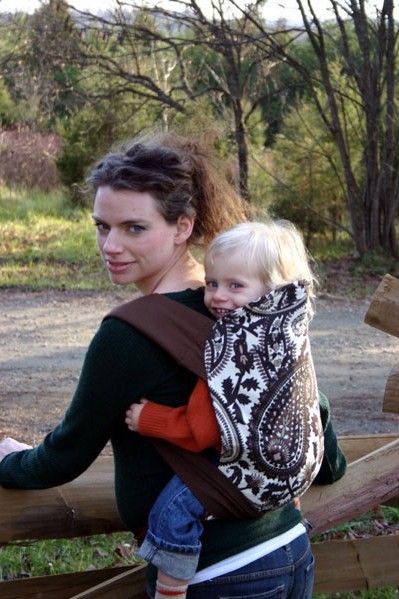 In the US the first really popular meh dai was the Kozy, designed by Kelley Mason in late 2002, after a picture she saw on the Internet and she also took some inspiration from the Packababy and Baby Back Tie. "The Kozy is a modern version of the Asian Mei Tai, and it was inspired by the carriers that proceeded it. I have added things to it to add in stabiIity and comfort but have been very cautious to keep the design true to the style...simple, compact, and comfy...I don't claim to have "invented" this carrier (hey, I am creative, not brilliant ;-) These types of Asian style carriers have been around for a long time. I simply added my own ideas to the more modern versions out there today with the hopes that perhaps I could offer you something a bit "different" that might not be offered in other "asian style" carriers. https://web.archive.org/web/20041123180331/http://www.geocities.com:80/kozycarrier/mystory.html The body of the Kozy was larger and taller than it's traditional counterparts, and the shoulder straps wider, longer, and padded (and with a pocket on the end). The waist straps were unpadded and angled. There was a curved top useful as a headrest, but no hood. The shoulder straps (like many early US mei tai’s) were not quite as long as those found on many meh dai’s today and were were designed to tied off under baby’s bum or across the back. For many years many of the mei tai’s made in the US after the Kozy came out were influenced by this design. The Kozy was the first really sought after meh dai with a long waiting list at first and reselling quickly when listed on FSOT (For Sale or Trade) boards in the forums. Unlike the other more basic mei tai's which came before it was available with designer prints and luxurious optional extras (Bling Kozies) with silk panels, panels with beads and embroidery, and velveteen straps. There is at least one instance of a panel Kozy selling for $400 USD, way above the original retail price of $125 USD. Design and ConstrucionBy the mid 2000's there were numerous small companies making and selling meh dai's (and often also ofering modern takes on other traditonal carriers too like podaegi's, hmongs, and onbuhimo). The Kozy carrier was followed by popular brands like Ellaroo (2004) Freehand (2004), Sachi , Babyhawk, Mei Tai Baby, Napsack, Angelpack, and Kolamo (later bought by Ellaroo). CuddleN Carry, Equanimity Baby Mei Tai, Freehand (2004), Cat Bird Baby (2005). There were also many small brands made by work at home mums which tended to come and go quite quickly although there are a small number which evoled into larger well know brands. These early brands added their own stamp to the traditional Chinese meh dai design. CuddleN Carry added a hood and wider straps, Sachi added leg padding. Babyhawk added a stiff and tall padded headrest and Happy Cruiser came up with a contoured body. Mei Tai Baby later added an adjustable base for their carrier with a drawstring and later with snaps (in 2005) and Catbird baby was working on a different adjustable system around the same time. These are all features still commonly found in many meh dai's today. Mei Tai Baby
Some vintage baby carriers from the past 100 years or so. These baby carriers were not as common and not always as ergonomic as the carriers in use today but there were certainly quite a variety! There were rigid structured carriers , improvised carriers, tandem carriers, hip seats, and soft structured carriers. Structured carriersI came across lots of photos of carriers which look like little chairs and one which looks a little like a traditional cradleboard. Wearing baby on the back facing out seemed quite popular! Framed back packs were around too (at least from the 1960's). Baby carrier 1945 A man feeds a piece of a doughnut an infant in a baby carrier at the Hog Farm Collective commune, , New Mexico, October 1, 1969. Backpacks and Improvised CarriersSome caregivers didn't even use a baby carrier just improvised with what they had - for example just popping baby in their bag or back pack. Improvised baby carrier - 1926 Tandem CarriersSome carriers needed two people to use and some were not worn on the parent's body at all. Baby carrier for couples - Jack Milford - 1937 Welsh Family waiting for visiting King George V 1935 Hip SeatsHip carriers seemed to be popular with a few brands available although they don't look particularly comfortable with their narrow shoulder straps. DIY patterns are found for these carriers too. There was at least one pattern available through a popular commercial pattern company and I found another which was available through mail order. Cradleseat hip carrier (manufactured in London) Christmas shopping - December 1968 Hip seat pattern 1970's Bild-It-Yourself Club hip seat pattern. Soft CarriersThere were also soft carriers similar to the narrow based carriers still sometimes found today and some with a more ergonomic wider seat. The Snugli was also around (the earlier versions are actually more ergonomic than later designs with their wide seat, comfortably padded shoulder straps and waist belt). The nursing mother's association (now the Australian Breastfeeding Association) were producing their Meh Tai carrier from the 1960's. Narrow based carrier. The Snugli was invented by an American nurse, patented in 1969. It had padded adjustable shoulder straps, a waist band and an internal infant harness and could also be used for older babies without using the harness. There are some great detailed pictures in this link here https://www.etsy.com/au/listing/599372091/vintage-soft-blue-cotton-corduroy-snugli?show_sold_out_detail=1 Soft Carrier (possibly DIY) from the Selma to Montgomery March 1965 Nursing Mother's meh tai 1960's Do It YourselfSewing magazines and books also obsessionally offered DIY baby carrier patterns - some look quite comfortable like this meh dai like pattern from 1977. Some patterns however look less so like this hip carrier. (Creative Sewing Things to Make For Children Jeanne Argent Studio Vista1979) Do you have any vintage baby carrier photos to share. I would love to see! Sources for images in this article can be found here - https://www.pinterest.com.au/hipababy/babywearing-history/
Hong Kong 1940's (source:https://collections.lib.uwm.edu/digital/collection/agsphoto/id/23471/rec/76) The traditional Meh Dai (Mei Tai)Mei tai/Mei dai/bei dai/ are transliterations of a Chinese word 背带 meaning ‘baby carrier’ A meh dai is comprised of a square or rectangular shape with a four straps (on the top and bottom). Chinese baby carriers are commonly also found with two top straps only but the western meh dai has been adapted from the version with four straps. Meh dai’s are used with both babies and toddlers and traditionally are mainly used to back carry. In western countries they are often used on the front and occasionally even for a hip carry (although this isn’t very common). There are similar carriers which are found in other parts of the world (eg parts of Africa) but it seems likely that the western mei tai was directly adapted from the Chinese version. This is explicitly stated by The Nursing Mother's Association when discussion the origin of their Meh Tai (Meh dai) "For the last decade we have advocated the use of a baby sling similar vo the type in which Asian women have carried their babies lor centuries. The sling is called a "meh-tai". which I understand is Chinese for baby sling." The Canberra Times Wed 29 December 1976 page 2 When this style of carrier and similar ones from asian countries like podaegis/ hmong/nyia, and onbuminos became popular in the US in the early 2000’s they were lumped into the umbrella term Asian style Baby Carrier (ABC for short) . When reviews were fist set up at The Babywearer (the most popular online babywearing forum at the time) there were only categories for "traditional carriers" and for "soft pack carriers" and no separate category for 'mei tai'. However it was soon suggested that as these carriers were inspired by traditional Chinese carriers the term mei tai should be used to better reflect the carriers origins. More recently the spelling meh dai or bei dai has become popular as it more accurately reflects the pronunciation in the Cantonese and Mandarin dialects of Chinese respectively. Traditional Meh Dai’s There was certainly variety in Chinese meh dais. There was variation in body shapes, hoods made of lattice work fabric strips, shoulder straps padded with plant material, headrests and even pockets! Carrier covers for cooler weather are found too Many traditional carriers are beautiful works of art, embellished with intricate embroidery with symbolic and cultural meaning (I highly recommend the book 'Bonding via Baby Carriers' – there are many wonderful Chinese baby carriers pictured). Traditional Chinese meh dai’s were usually tied with the straps twisted at the chest and any excess tucked. The traditional carriers used in Hong Kong had four Straps around 110cm each, tied at a knot at the chest. At the end of one or both shoulder straps the corners were folded over to the centre to form a pocket in which to carry a few coins. In the 19th and early 20th century The panel was quite large measuring up to 60cm. Gradually the overall size of the carrier became smaller during the 20th century. The carriers worn by the Cantonese and Hakka were about 25cm square. The shoulder and waist straps were a continuation of the top and bottom edges. The Hoklo and Tanka fishing people used carriers which were slightly smaller overall, longer straps were fixed diagonally to the four corners. Head supports were often attached. These were made of folded strips of cotton about Icm wide stitched at intervals to form a lattice square and attached to the top edge of the carrier to support the baby’s head. In the 1970’s it was usual to see most young children carried in these cloth carriers. Sadly By the early 2000’s the use of these traditional carriers has almost completely disappeared. Imported mass produced had mostly replaced them and most mothers tended to carry their children in front following Western fashion. (Chinese Baby Carriers: A Hong Kong Tradition Now Gone Valery Garret Journal of the Hong Kong Branch of the Royal Asiatic Society © 2001 Royal Asiatic Society Hong Kong Branch https://www.jstor.org/stable/23889718?seq=1#page_scan_tab_contents) Hong Kong 1957 https://www.pinterest.com.au/pin/177188566575051521/ https://www.pinterest.com.au/pin/177188566575051514/ Children carrying siblings Hong Kong 1956 (source https://gwulo.com/atom/22127) Western children in Hong Kong were usually carted around in prams. The exception to this was in the early's 1940's when Hong Kong was occupied by the Japanese and many western families were interned in Stanley Camp. Traditional baby carriers were used by mothers and babies there. The photo below is a sketch drawn in Stanley Camp of a traditional baby carrier in use. You can see a flat shot of the actual baby carrier pictured in this drawing in an article about a reunion of the camp inmates (the baby grew up and kept it!) Link to article https://gwulo.com/node/30240 Source: https://gwulo.com/node/38670 Vintage Mei Tai (Meh Dai) - Pre InternetEarly western versions were quite close to the traditional Chinese ones. While there was quite a bit of variety in the traditional ones they generally they had thinner, unpadded, and shorter straps than the meh dai’s seen in western countries today. Pre Internet - Early Commercially Produced Meh Dai’s The meh dai seems to have first appeared in the west in Australia first in the 1960’s. Variations may have been around before this in other western countries but I haven’t found any other earlier commercially made examples so far. There were very few commercially produced meh dai's or similar carriers with tied straps before the early 2000’s. The meh dai (Meh tai) sold be the nursing mothers association is the earliest example I have found. It was quite close to this traditional design with four relatively short straps designed to be tied at the chest by twisting all four straps together. The carrier was also fairly lightweight with thin straps (but the shoulder straps were padded unlike in a traditional carrier). This early version of the mei tai was designed and sold be the Australian Breastfeeding Association (then called the Nursing Monthers Association). It was sold as the Meh Tai and later a clip version which did up with buckles was designed. The ABA meh tai had short straps and could be worn in the traditional way or in this variation. The lower straps were tied around the waist like an apron. Then the baby was held against your chest and the body of the sling pulled up over baby's back. The top straps went up over your shoulders, then crossed behind your back, then each should strap was tied onto the waist straps. "In 1966, NMAA Founder Mary Paton and her family were featured in a Herald newspaper series about Melbourne families. This busy mum literally flew home from another engagement to meet with the reporter and photographer at her home. Whether by good luck or intention, Mary had her youngest child on her back in a Meh Tai and the photographer suggested she "do something" he could photograph her doing in this strange thing. Mary grabbed the vacuum cleaner and was thus captured for eternity cleaning the house wearing a smart dress and high heels - donned for her earlier engagement! The response from readers was amazing, contacting the newspaper asking where they could buy such a thing - and Mary quickly announced that NMAA made and sold them" http://yvettesramblings.blogspot.com.au/p/back-to-baby-wearing.html This photo was published by the Herald in 1967 to help publicise the Meh Tai and was used on the Meh Tai packaging and instruction sheet. https://www.facebook.com/groups/125491030798530/search/?query=meh%20tai%201967 Another newspaper photo that appeared on the front of the Wagga Daily Advertiser February 1976. https://www.facebook.com/photo.php?fbid=1404591548496&set=gm.387345354613095&type=3&theater&ifg=1 Below in the Meh Tai instruction booklet from 1984. Some more examples - produced later but still the same design. Source: Google Images There was also a similar style being sold by at least one US LaLeche Leaque group in the 1970’s. 'Later on, in 1975, my second child was born. By that time I was a member of LaLeche League and our little group was making a mai tai-type carrier out of soft denim with a Raggedy Ann or Raggedy Andy appliqued on the seat and selling them for $7. each to support our group! I so wish I had a photo or had kept it. It was so cute! And handy! https://www.thebabywearer.com/forum/threads/history-fill-in-the-blanks-you-know.52306/page-4#post-823795 Instructions to DIY mei tai like carriers could be found in Family/ DIY/ Mother's magazines in the 60's,70's,80's, but overall information access to traditional baby carriers before the internet allowed an explosion of sharing is fairly rare. One example can be found in this English pattern book. This design from 1979 is close the traditional in that is has 4 straps of equal length and the top straps are straight across rather than angled but it is being worn in more of a western style (straps are crossed and tied behind baby's bum rather than twisted together at the front) I have a separate blog post about this pattern if you would like to learn more here. The Comfey Carrier was likely another early meh dai although I couldn’t find a picture of it to confirm this. This carrier had no buckles, could be used for front and back carriers and included two long straps that the user would cross in back and tie in front. The carriers were around from at least 1989 and they were still being sold in 1997 "It's deceptively simple. It's made of washable cotton stretch velour, no buckles or anything to adjust. You just place the baby on it, bring part of the carrier up through her legs, tie it around her waist, then bring two long straps up over your shoulders, cross them in back or front depending on where the baby is and tie around your waist on the other side. Baby can be face in or out, front or back (4-ways) and (this is the best part) is so secure you can bend down to pick up something off the floor and s/he won't fall out. It's incredible comfortable to wear. I have a bad back and I could hike for hours with a 4-month old in this carrier. (http://www.pburch.net/carriersFAQ.html) Mei tai’s really took off around the early 2000’s probably at least partly due to the fact that the internet had made the sharing of information about different baby carrier options much easier. A cottage industry was soon born - many online shops were opened with each small company or hobbyist adding on their own distinct twist to the meh dai. These makers developed many of the features and fabrics we see on meh dai's today. There are now dozens of different brands of mei tai’s (some still available new and some no longer in production) with a wide variety of features such as head supports, sleeping hoods, pockets, long padded or wrap style straps, mesh panels for hot weather, and cinchable bodies for easier use with different aged babies. More about this in part 2! ReferencesChinese Style Baby Carriers in Hong Kong https://gwulo.com/node/38670
https://yvettesramblings.blogspot.com.au/p/back-to-baby-wearing.html https://wrapsodybaby.com/babywearing-101-types-of-baby-carriers/ https://www.chinadaily.com.cn/life/2009-09/17/content_11570107.htm https://idahobabywearers.blogspot.com.au/2011/06/history-of-mei-tai-more-fun-than.html https://www.interactchina.com https://babywearinginternational.org/2016/01/25/the-best-of-tbw-asian-style-carriers/ Chinese Baby Carriers: A Hong Kong Tradition Now Gone Valery Garret Journal of the Hong Kong Branch of the Royal Asiatic Society © 2001 Royal Asiatic Society Hong Kong Branch https://www.jstor.org/stable/23889718?seq=1#page_scan_tab_contents Chinese Style Baby Carriers in Hong Kong https://gwulo.com/node/38670 Information about the comfey carrier https://www.pburch.net/carriersFAQ.html https://www.armory.com/~tachyon/sambbsms.html https://www.facebook.com/groups/125491030798530/ (public group with some information about the ABA Meh Tai) Beloved Burden: Baby-Wearing Around the World, 2015 by I.V van Hout (Editor) Bonding Via Baby Carriers: The Art and Soul of the Miao and Dong People 2001 by Yu-Chiao Lin, Christi Lan Lin, and Brenda Liu Lan threads from thebabywearer.com (you will need to join The Babywearer to read the posts) http://www.thebabywearer.com/forum/threads/history-fill-in-the-blanks-you-know.52306/page-2 http://thebabywearer.com/forum/threads/1979-mei-tai-made-one.83832/ http://www.thebabywearer.com/forum/threads/remember-when-old-timers-post-here.433042/ http://www.thebabywearer.com/forum/threads/remember-when-taking-a-walk-down-tbw-memory-lane.205994/page-7 http://www.thebabywearer.com/forum/threads/remember-when-old-timers-post-here.433042/ http://www.thebabywearer.com/forum/threads/mt-ssc-trends-over-the-months-and-years.247921/ http://www.thebabywearer.com/forum/threads/interesting-how-carriers-go-in-waves.104095/ Interesting discussion about the origin of the word 'mei tai' after one vendor tried to trademark it http://thebabywearer.com/forum/threads/anyone-speak-chinese.1703/ How did you discover babywearing? What was your first carrier? Did you learn from a babywearing group or a friend or did you learn on your own? I would love to hear your story! You are welcome to share in the comments section below. Here's my story. I only had a front pack with my first which I didn’t love so I only used it for a few months and I don't even have any photos (but it still counts right?). In 1999 there was no TheBabywearer.com and no Facebook so I didn’t have access to a lot of options. I wish I had have thought of making my own back then since my son would have loved being carried more! Unfortunately I didn't start making my own carriers until baby number three - I stopped sewing for a while as I found it frustrating to working in little pieces of time and being constantly interrupted (used to it now though!). Before my second son was born I saw an ad in the back of a parenting magazine for a Hug a Bub stretchy wrap and a corduroy padded closed tail ring sling. So I bought both - through mail order! I loved both, the rings sling especially for it's very handy pocket, though in hindsight the ring sling was probably unsafe (a single layer of corduroy is not a sufficient weight bearing fabric). I later added a Maya wrap (loved the fabric but it was the old unpadded style sized only for for the left shoulder so it was a bit tricky to switch shoulders when I wanted too). Also had a mesh ring sling which was almost impossible to get comfortable! Thebabywearer.com started up around then and it was so great to know I wasn't the only babywearer around - (the local babywearing group didn’t start up till years later when my fifth child was a toddler and I wasn't babywearing much anymore). I learned a lot from The Babywearer forums and found the photo tutorials really useful especially when I became interested in other styles of carriers . And for a long time my internet was too slow to load any videos! (Apologies for the quality of some of the photos which are from my photo album, some are before I got a digital camera and some I couldn't find the originals). I wore him (mostly in the ring slings) until he was three or so. When I had my third child (11 years ago) a few small baby wearing businesses had started up (mostly overseas ) so I bought a few slings to try and soon after also started sewing again taking advantage of some of the free patterns available on the internet. So with my daughter I had a combination of bought and handmade carriers, mostly ring slings, but also some mei tai's (meh dai's) and an ellaroo podaegi. Although she preferred the ring sling out of all of them so that's what I mostly used! Once I discovered how comfortable unpadded ring slings were I never went back to my bulky commercially made padded ones. I experimented with a lot of different fabrics for ring slings. I made many but could not find one photo! A lot of them can be found in my ring sling patterns however. Check out my DIY page and the 'Bling for your Sling' pattern for pics. I wore babies four and five in all kinds of carriers and thoroughly enjoyed exploring babywearing with them. With my fourth child I also discovered woven wraps. My second daughter was quite happy being carried in a mei tai/meh dai so she is the one who helped me develop my meh dai and half buckle designs. I made my first wrap conversion for her (from a striped BB Slen wrap scrap and a Didymos colourgrown waves I had dyed a lovely woodland brown). Handmade carriers. My youngest is five now and is most likely finished being worn. I haven't worn him in a few months. Below is a full buckle I made for him - he's four in the photo. At five he still fits, he just prefers other forms of comforting now. I will miss babywearing! The word 'podaegi' in English is usually used to mean a long rectangle of fabric with two long shoulder straps that tie around the carrier and the caregivers body. The narrow blanket podaegi seen in western countries is quite different in form and function than a traditional Korean podaegi. Narrow blankets podaegi's are a fairly recent introduction to western babywearing. The were first seen in the western world from the early 2000's. So where did this versatile carrier originate? According to wikipedia 'Western interest in the podaegi style has led to new wrapping methods which do go over the shoulders, and to narrower "blankets". Variants of this shape include the Iu-Mienh/Hmong carrier and the Chinese bei bei. Iu-Mienh/Hmong carriers and bei beis are both customarily used with over-the-shoulder wrapping and often have stiff sections which help provide head support or block wind'. Below is the information I have been able to find. I have looked at Chinese, Korean, and Hmong sources for the most accuracy when looking at how these carriers were used traditionally, where possible, and I have also looked at thebabywearer.com (and similar forums like Natural Mamas, Baby Centre, and Mothering) to see how these carriers were viewed by western babywearers. The Babywearer is a forum based in the United States (but has users from around the world). It was the most popular forum for babywearers before the advent of Facebook and was established in 2003. If you know of any other resources or information about this topic I would love to hear from you! Podaegi A podaegi is a traditional carrier from Korea. It has two long straps and a blanket. The straps are sewn horizontally across the top (originally the belt would have been seperate). It is used as a torso carrier for back carrying. Source: Google images The Korean word 포대기 means 'baby carrier'. There are currently different ways of spelling the word since Korean words are transliterated into English. It is spelled podaegi, podegi, pod, podagi, etc. although Podaegi is the most common. An extensive article about the meaning and pronunciation of 'podaegi' can be found here https://www.uhboohbahbaby.com/2007/10/what-does-podae.html (Korean owned narrow blanket podaegi manufacturer) . Other Styles of Korean Podaegi Source: https://thekoreanbaby.blogspot.com.au/ In Korea other styles of podaegi have been developed although they are relatively modern. There is a wide blanket version made to go over the shoulders (which is a regular wide blanket podaegi but the straps are attached vertically rather than horizontally so made to go up over the shoulders, criss-cross at the chest and then the ends are wrapped around as normal) Some regular wide blanket podaegis have the regular straight straps but also have extra detachable straps that go up over the shoulders. Chunei (buckle podaegi) are also found. There is a lot of innovation. I have even come across a podaegi with a waist belt. Today Korean manufacturers also sell narrow blanket podaegi. (These appeared later than the western version but this doesn't necessarily mean that was the source) Narrow blanket podaegi and similar carriers are called podaegi or 'modern podaegi' by Korean companies. Chunei (buckle podaegi) Source: http://thekoreanbaby.blogspot.com.au/ 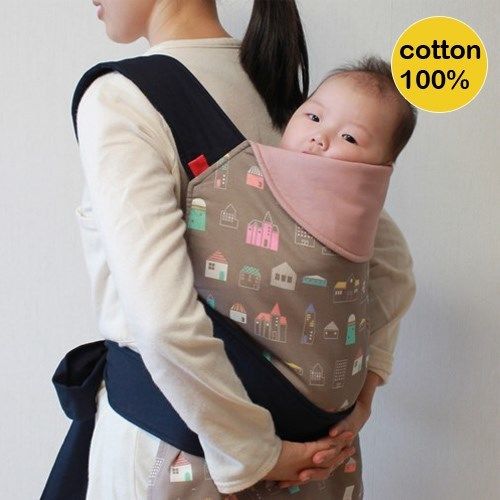 A korean made narrow blanket podaegi from ebay Source: Google Images How to Use a Podaegi: traditional wide blanket: https://www.youtube.com/watch?v=IG3gmCycv3M (ellaroo) https://www.youtube.com/watch?v=06k8gYrpZjk&index=7&list=PL6icYMSgqiJbESaCwZ2ZBz2y2WWLQ2fPz (one shoulder variation) Narrow Blanket Podaegi (straight straps) https://www.youtube.com/watch?v=_ESMrsJRr-4 (one shoulder variation) https://www.hipababy.com.au/blog/podaegi-tips narrow blanket podaegi (angled straps) https://www.youtube.com/watch?v=vm2hrTBV5kw Hmong/NyiaThe Hmong is a style of baby carrier traditional among the Hmong people of Southeast Asia. The Hmong are an ethnic group that resides mostly in Vietnam and Thailand. This style of carrier is also used by the lu-Mien people (also known as Iu-Mienh, Mienh, Mien, Lao Mien, Co, Yao, Dao, and Dzao) from Laos, Thailand, Vietnam, and China. These carriers are usually known as a Hmong style carrier but they are actually called Nyia or Dai Nyia. The name Dai Nyia comes from the Hmong term for these baby carriers --Daim Nyiam ev Menyuam. (https://hmongbabycarriers.blogspot.com.au/2012/11/blog-post.html) Typically heavily embroidered and decorated, Hmongs are often collected for their artistic value as well as for their function as baby carriers. They are truly works of art. There is a lot of symbolism in the designs found on Hmong/Nyia carriers. The embroidered motifs and bright colours are to disguise the baby (as a flower) so evil spirits will not lure the weak spirit of the baby away. The geometric patterns or ‘paths’ on the central panel keep the child’s soul from leaving the body and the bad spirits from getting close to the child (https://conservancy.umn.edu/handle/11299/115678 - Hmong baby carriers in Minnesota: a material culture study. Chaney, Mary Alice (2011)) Traditional Hmong carriers are completely handmade right down to growing the cotton the carrier is made from as well as looming yarn, raising silkworms and looming the silk, dyeing, and embroidery . Being highly skilled in these handicrafts makes a girl attractive to suitors. Hmong mothers cut off the straps of their babies' carrier as a keepsake when they are done with it and then sell (often reluctantly) the carrier itself. Keeping the straps symbolizes the preservation of the ties that connect mother and child. So this is why a traditional Hmong carrier is sold without the straps. ( Bonding via Baby Carriers: The Art and Soul of the Miao and Dong written by Yu-Chiao; Lin, Christi Lan; Lin, Brenda Liu Lan) The Hmong/Nyia style of carrier consist of two long top straps, usually straight across, and a long blanket. The blanket usually consits of a smaller square sewn on top of a larger one. A Hmong often has thin straps but some have shoulder straps that are very wide (about 15") and they are folded over each other a number of times (ending up about 3-4 inches wide) and then stitched to the body. Traditionally the Nyia is used as a back carrier only. The straps are brought across the shoulders before being crossed across baby's bum and tying off. Functionally it is very similar to an angled strap narrow-blanket podaegi. Photo from https://theartofhmongembroidery.wordpress.com/2013/10/22/precious-babies/ Blue Hmong baby carrier. Applique on batik cotton cloth with ribbon and Thai silk border by Chia Chou Xiong, 26.25"x17" (Photo from https://www.lib.uci.edu/hmong-textiles-exhibit) More pictures of Hmong/Nyia here - https://www.tribaltextiles.info/Galleries/Black_Thai/BTE36.htm Some westernized versions: 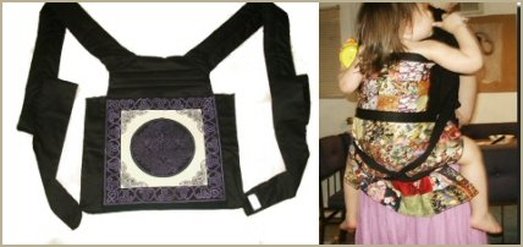 Source: https://wrapyourbaby.com/kinds-of-baby-carriers/ 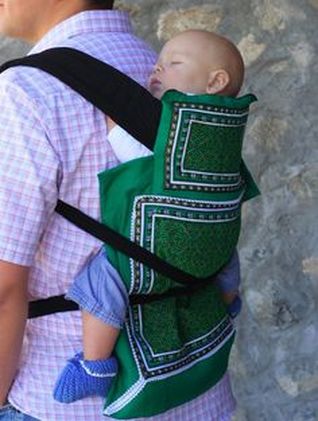 A Nyia made by Dai Nyia Hmong Baby Carriers Source:https://hmongbabycarriers.blogspot.com.au There are other similar carriers found in this region too. Cambodia, Laos, etc. as well as Thailand; the specifics vary depending on the tribal group (Hmong, Mien, etc.) more than nationality, This beautiful example has a straight rectangular blanket rather than a shaped one. This carrier is from Laos. Carriers from this area are also known as a Paj Ntaubs or Pandaus 'flower cloth'. Photo credit : https://nickihawj.blogspot.com.au/2009/08/beautiful-photos-baby-carriers-made-by.html How to wear a Hmong/Nyia https://www.youtube.com/watch?v=IRdD__v-EKM https://www.youtube.com/watch?v=WDaJcUQFc2E https://www.youtube.com/watch?v=MgwmeC26lz8 https://www.youtube.com/watch?v=HOOPYM3iSb0 How to wear a Lu Mien https://www.youtube.com/watch?v=CFsXLFosgHo Bei BeiBei Bei (also spelled beibei) is narrower in width than the traditional wide blanket Korean podaegi and wraps over both shoulders. It can be crossed in front or not. It is wider and longer than the Hmong / Nyia and instead of placing the fabric over the baby, it is traditionally wrapped around like a blanket and the baby is carried with relatively straight legs. (Although it is often also used just like a narrow blanket podaegi when worn by western babywearers). There are 2 top straps that go over the shoulders only and around the baby and then tied in front. Traditionally the Bei Bei comes from Southern China and are used by the Yunnanese minority. According to the owner of the 'My Bei Bei' brand 'bei bei' literally translates to 'back quilt'. It is a different carrier to the Hmong/Nyia carrier as well as to the traditional Korean Podeagi. 'A Bei Bei can be worn like a Hmong carrier but a Hmong carrier can not be used like a Bei Bei. A Bei Bei is a traditional carrier of it's own and is still widely used' My Bei Bei, Jun 14, 2007 (https://www.thebabywearer.com/forum/) Similar top strap only carriers can be found in other regions in China, although some of these carriers have variations in construction. Lots of examples of Chinese two strapped carriers are detailed in the book 'Bonding via Baby Carriers' (most of them from Guizhou province in southwest China with many of the carriers made by the Miao (Hmong ) or Dong (Kam) minorities. There are also some top strap only carriers made by the Rau-jia a subgroup of the Yao people, the Shui minority, and by the Ge-jia group) How to Use A Bei Bei https://www.youtube.com/user/mybeibei source: https://mybeibei.com/ Popularity and Use in the WestWhen the wide blanket podaegi was adopted into the west in addition to a torso carry it soon started to be used for the some of the same carriers that could be used in a long woven wrap (those that started in the centre and crossed over the torso first) - back wrap cross carry (BWCC) and front wrap cross carry (FWCC). Then a narrow blanket version soon appeared - it was still tied in the same way for a while but users quickly discovered it could easily be tied like a waist-less mei tai/meh dai i.e over the shoulders first. This led to an angled strap version that was no longer suited to torso carriers. Traditional narrow blanket carriers from Asia were known about but were far less popular than podaegi's so while it is certainly possible that they inspired the narrow blanket podaegi it is also possible that the narrow blanket was a natural development of the podaegi being used in a new way. It is probably impossible to know for sure and the narrow blanket podaegi seen in western countries may be inspired by both sources. Wide blanket podaegi, Hmong/Nyia and Bei Bei were all known about and discussed on the popular babywearing fourms - such as The Babywearer (babywearer.com), and Natural Mamas. Podaegi were well known and somewhat popular. In the first decade of the 2000's There were several US makers of podaegi. Ellaroo, Freehand, and Lovewrap were among the best known. There were also a few small WAHM (work at home Mum) companies and wrap converters who soon offered podaegi's too. Podegi makers were also found in Europe (eg Zidee, Kleinsmekker and others). Ellaroo discontinued production by 2007. In 2008 only Freehand were making podaegi's in the US but were joined be UhBoohBahBaby in 2007/8. Wide blanket Korean podaegis were well known and the people who preferred this style often bought direct from Korea. The Hmong/Nyia carrier was fairly well know by early users of thebabywearer.com but far less poular than podaegi. There are twice as many threads about podaegi than Hmong. Hmong were sometimes imported from Vietnam but there were two local makers of this style. Freehand was the most well known. They adapted their version directly from a carrier bough from ebay. There was also Dai Nyia Hmong Baby Carriers (a company based in Thailand) (https://hmongbabycarriers.blogspot.com.au/2012/11/blog-post.html) although that company started a few years after the other maker had closed and the popularity of this style had fallen (this company was not mentioned on thebabywearer). Occasionally there were posts from people who bought or were given their Hmong carriers directly from overseas or from local immigrant Hmong poeple (or bought through ebay). The bei bei was known to the early users of thebabywearer.com and seemed to be a little less popular than the Hmong (but 'bei' is too short a term for the search engine at thebabywearer.com so I may have missed some threads). There was one company who imported bei bei from China as well as producing their own. Like with the other carrier types babywearers would sometimes import these carriers directly. Babywearers in the forum would often use these carriers in the same manner as a narrow blanket podaegi even though traditionally these carriers were used differently. These three carriers were seen as distinct styles but there was a lot of overlap. Development of the narrow blanket style The first podaegi's made for the western market had the very wide blanket and straight top strap of the traditional podaegi but later some of the same companies came out with a narrow blanket version. They just shrank the width of the blanket - the rest of the carrier was constructed in the same way (eg straight stap only). Ellaroo is a good example of this. Ellaroo took over another company making wide blanket podaegi's called Onmamasback (which was one of the first companies making podaegi's to appear) and kept the same basic traditional design although they did add padding to the straps. 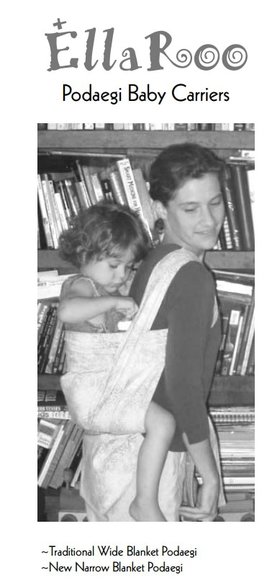 Earliest thread on The Babywearer about podaegi's is 2003 (although one poster mentions she has know about podaegi's for about a year. The posters seem to be referring to traditional wide blanket podaegi's only and the only local (US) maker mentioned is Onmamasback which had recently been bought out by Ellaroo. The narrow blanket podaegi is first mentioned in 2004 (although it doesn't sound like it was a brand new idea so may have been around before this) https://www.thebabywearer.com/forum/threads/vain-podeagi-question.116/page-2 The original ellaroo podaegi instructions although they do have a narrow blanket pictured do not show the tying version where the straps go over the shoulder first (Hmong/Nyia/Bei Bei style). The tying options are more traditional (well except for the front facing out option!) Torso carry is shown plus a front and back carry that is tied in a similar way but after the straps are crossed under the arms instead of going back around and bypassing the shoulders the straps are placed over the shoulders. This creates a carry that puts little weight on the shoulders as it distributes the weight to the wearers torso (and it does feel much more like a torso carry than a shoulder only carry) (basically it's worn like a FWCC or a BWCC for those familiar with woven wrap carries). It's almost like it's in between the old and new way of wearing. Photos of Ellaroo wide and narrow blanket podaegi's (tied in the same way.) The blanket in later versions of their narrow blanket podaegi's were made longer. southlondonslings.files.wordpress.com/2011/06/ellaroo_podaegi_insert1.pdf The angled strap version appeared not long after (not offered by Ellaroo but typical of the later narrow blanket podaegi). Freehand switched from straight to an angled strap version (they may have offered both styles for a while) and were the most popular maker (this company also made a Hmong style too). I suspect this change may have been influenced by the fact that the straps of the narrow blanket can be tied similarly to the top straps of a mei tai and that's what people tended to do, as that was what users were more familiar with (from the more popular mei tai / meh dai). This use may also have been influenced by the narrow blanket Asian carriers which were used over the shoulder only and some members of the babywearer were also familiar with. There are certainly instances in the forums of people buying the Ellaroo podaegi and tying it without reading the instructions - tying it more like a mei tai with the straps over the shoulder instead - and liking it enough to stick with that even when they realized the way they had tied it was 'wrong'. ... I just got an ellaroo podaegi - it's the small blanket version. I tried it today with my 11 month old. Great I thought, didn't take long to put on and seemed comfy.... then I looked at the instructions again and realized I had put it on wrong....Does anyone else have a podaegi and use it tied this way - can anyone see an obvious reason why it shouldn't be used this way? Please let me know how everyone else gets along with the small blanket podaegi (ellaroo) (from thebabywearer.com Josie, Jan 15, 2005)} Quite a few forum members mentioned that they thought the narrow blanket podaegi was more like a Hmong than a traditional wide blanket podaegi (most of the later narrow podaegi's available had angled straps and were not designed to be used in a torso carry so in use they certainly were in fact more like Nyias/Hmongs). However Podaegi picture threads were comprised of wide and narrow blanket podaegi, hmong, and bei bei so I think they were all still seen as being in the same broad category which could also be broken down further if desired. While Podaegi's, Bei Bei, and Hmong were mainly seen as distinct carriers and there are quite a few posts asking for clarification of the differences and if there there is an advantage of one over the other. With narrow blanket podaegi's though there was also certainly sometimes confusion about which carrier type they really belonged to. One thread in 2007 was called 'Podaegis..confused over naming confusion. ;-) n response to the thread -'help ease my confusion...trad pods verses other pods? The poster asked "Okay why r the carriers that look like Hmong carrier called a podaegi just like the traditional korean kind? Are these kinds of carriers also used in Korea? How did they come to be called podaegis" Some interesting quotes from the forums: " i still really wonder if calling the narrow blanket Podegi's "podegis" is correct or if really they are traditional MT's (which afaik from all the pictures I see typically have top straps only) just using in a non-traditional way if we take the straps under our arms first...Anyhow, I don't think it matter too much...top strap only with rectangles hanging down... " mom2twinsplus2, Apr 6, 2005 "the differences .... appear to be artifacts of specific manufacturers, not of hmongs themselves, at least from the info i found.real korean podaegis, AFAIK, are always wide. some pod makers in the US thought it'd be cool to make a narrow, MT-ish one, so they did. kinda reinventing the wheel, IYKWIM.(from thebabywearer.com ellyzoe1, Mar 11, 2006) " They have been westernized and generalized. now a lot of pods are with slightly angeled straps, traditionally the straps (or strap) was straight. Now it seems like any ABC that does not have bottom straps is getting called a podegi. Traditionally and currently there are variations on the podegi, so you will see a lot of carriers that are called podegis" Alohaparenting, Mar 17, 2007 "Many of the traditional carriers that look like narrow podaegis are actually hmongs or bei beis" OregonMom, Mar 18, 2007 "Podaegis are not traditionally narrow, the narrow podaegis are a western adaptation. Podaegis also have a straight body, and the body is not really long. The straps are also straight across. Hmongs are tarditionally 'narrow', meaning that they do not wrap around your body like traditional podaegis do. The body of a hmong is also longer, and curved by the 'seat' of the carrier (where the baby sits). Looking at a Hmong, there are also two sections, the seat and the headrest are often different designs/patterns. The straps are more at a diagonal in relation to the carrier than a podaegi. Westernized 'narrow' podaegis are often a combination of the two. Some have straight straps, some are angled. Some are straight bodied, some have a curve in the body, or a difference in the pattern or material around the seat area." OregonMom, Jan 16, 2007 From a discussion about bei bei's "They wear quite differently from either the hmong or the pod--they are similar, but quite honestly I think that the bei bei "comes first" relative to narrow blanket pods... the narrow pods are newer. " Jenrose, Jun 14, 2007 "I'm still trying to figure out what the difference between a hmong and a narrow blanket podegi is really. The only thing that I see different is the way that the baby is carried traditionally in a hmong (legs straight down) vs a podegi (legs straddled around mom). Since Korea shares a lot of its culture with China, Mongolia & Japan, being right smack in the middle of them, I see how the podegi can be very similar" UhBoohBahBaby.com mibelleson, Feb 6, 2007 "Discussion about a traditional Chinese carrier found on ebay 'Funny that we westernized a Korean carrier to look like a traditional Chinese carrier. I'd like to get one just to compare it to one of my pods" daemonwildcat, Mar 21, 2009 From mothering.com The narrow blanket podaegi seems to be seen as a western variation according to this Korean based podaegi vendor: "Then later as time went by, Koreans came up with many other versions like: mesh, modern podegi with buckles (also called chunei) and people from the west came up with funky ones called "narrow blanket" with straight or angled straps. The name "narrow blanket" is because it's just a narrow piece of fabric and it covers only baby's body and not right up to mama's body in the front. The ones we have here in Korea are everything except the narrow blanket." Jen - Traditional Korean podaegis and chuneis, Mothering forum 07-13-2008. https://www.mothering.com/forum/245-babywearing/930945-podaegi-confusion.html Other two strap baby carriers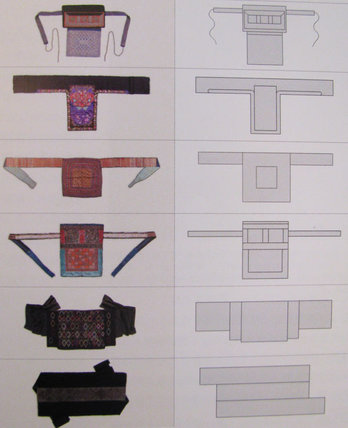 There are other traditional Chinese carriers which use only two top straps. Although apart from the Hmong and Bei Bei these were not as well known The photo shows some of the top strap only carriers found in southwest China, Almost all Chinese minorites have their own carriers. They live not only in China, but in Laos, Vietnam, and and Thailand too. I have read speculation that this style of carrier is older than the four strapped mei tai/meh dai and the four strapped carrier evolved from them. I haven't found any good resources to support this but if anyone has any good sources I would love to know! More photos of top strap only baby carriers can be found in this article https://interactchina.wordpress.com/2011/05/12/chinese-mei-tai-baby-carrier/ Two strap/top strap only carriers are also found invented independently in other parts of the world. The skinnbog or krippsack - a traditional carrier from Sweden where baby was usually carried both legs to the side like in a pouch (although this carrier has loops on the bottom to thread the straps through so in use is actually more like a meh dai/mei tai or onbuhimo. https://baranara.blogspot.com.au/2008/01/traditionellt-brande-i-sverige-skinnbg.html) A similar traditional top strap only carrier is also found in Bulgaria. I haven't been able to track down much information about this carrier. If you know anything about it (especially if you have a flat shot) I would love to see it. Update: I did find a flat shot and this carrier has two straps each in a continuous loop (almost like a non adjustable ombuhimo). This carrier is also found in Serbia. 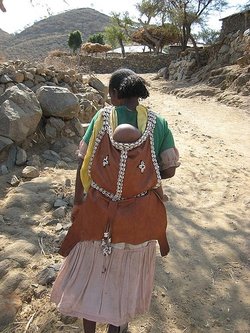 This carrier type can also be seen in some parts of Africa. (the source of this photo doesn't mention which country but it is most likely Ethiopia. If you can narrow it down let me know and I'll edit it in) source:https://www.flickr.com/photos/mudmucker/380437053/ My podaegi like most western designed podaegi is a hybrid of different styles. It has a straight strap design (like a hmong, bei bei, or wide blanket podaegi) a body shape that is wider at the bottom than the top (a bit like a Hmong but without the stacked squares), a fairly long and wide blanket (like a bei bei) but can be worn in a torso carry (torso was only traditionally used in the wide blanket podaegi). The narrow blanket podaegi was most likely a natural development from introducing the wide blanket podaegi to users with a different wearing style but it was also quite possibly influenced by traditional carriers as well. I think it can be reasonably argued that the angled strap podaegi is very similar to a nyia/hmong/bei bei style since it can only be worn with the straps over the shoulders. However Hmong/Nyia and other similar styles of narrow blanket traditional carriers are not used for a torso carry. The narrow blanket straight strap podaegi seen in the west can be. My podaegi can be used comfortably as a torso carrier, (and some of my customers certainly use it this way) - so while my carrier is a mixture of different styles I consider it more of a podaegi style (albeit one with a much narrowed blanket and one with other carrying positions and strap tying possible). 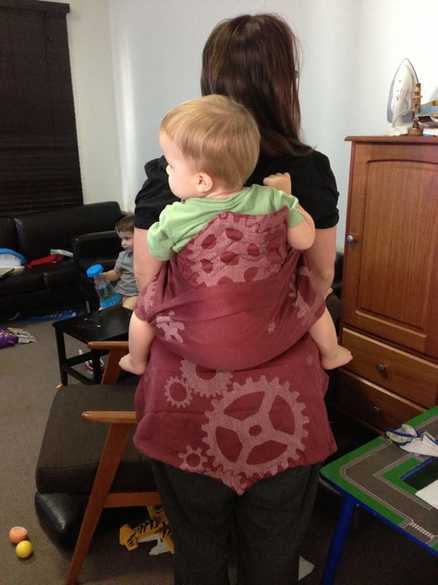 Some of my past customs. references https://interactchina.wordpress.com/2011/05/12/chinese-mei-tai-baby-carrier/ (blog from China. Top strap only carriers are also described as 'mei tai'.) https://southlondonslings.files.wordpress.com/2011/06/ellaroo_podaegi_insert1.pdf https://mystickorea.blogspot.com.au/2012/03/podaegi-korean-baby-sling-emerging-as.html https://thegrandnarrative.com/2010/07/20/podaegi-hanbok/ http://www.mothering.com/forum/245-babywearing/930945-podaegi-confusion.html https://www.uhboohbahbaby.com/2007/10/what-does-podae.html https://theartofhmongembroidery.wordpress.com/2013/10/22/precious-babies/ https://magiccityslingers.wordpress.com/2007/06/10/book-review-bonding-via-baby-carriers/ https://hmongbabycarriers.blogspot.com.au/2012/11/blog-post.html https://conservancy.umn.edu/handle/11299/115678 - Hmong baby carriers in Minnesota: a material culture study. Chaney, Mary Alice (2011) https://interactchina.wordpress.com/2011/05/27/hmong-miao-embroidered-mei-tai-baby-carrier-art-yes-but-love-is-more/ https://sbindependent.org/wang-center-launches-chinese-baby-carrier-exhibition/ http://mybeibei.com/index https://centraliowabwi.wordpress.com/2014/07/ https://en.wikipedia.org/wiki/Baby_sling#The_podaegi_and_other_Asian-style_baby_carriers https://iowacitybabywearers.com/2016/12/31/with-respect-for-east-asian-carriers/ https://notyourpodbutai.tumblr.com/post/154698098962/respecting-east-asian-traditional-baby-carriers http://thebabywearer.com/forum/ Beloved Burden: Baby-Wearing Around the World, 2015 by I. C. van Hout (Editor) Bonding Via Baby Carriers: The Art and Soul of the Miao and Dong People 2001 by Yu-Chiao Lin, Christi Lan Lin, and Brenda Liu Lan |
AuthorI love to sew. I have five curious and active kids who keep me busy! Archives
May 2024
|

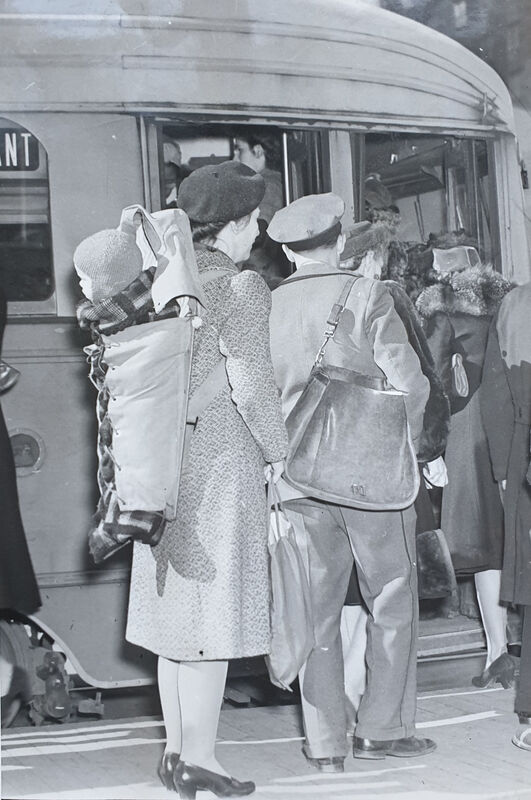
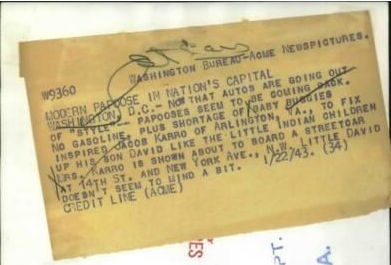


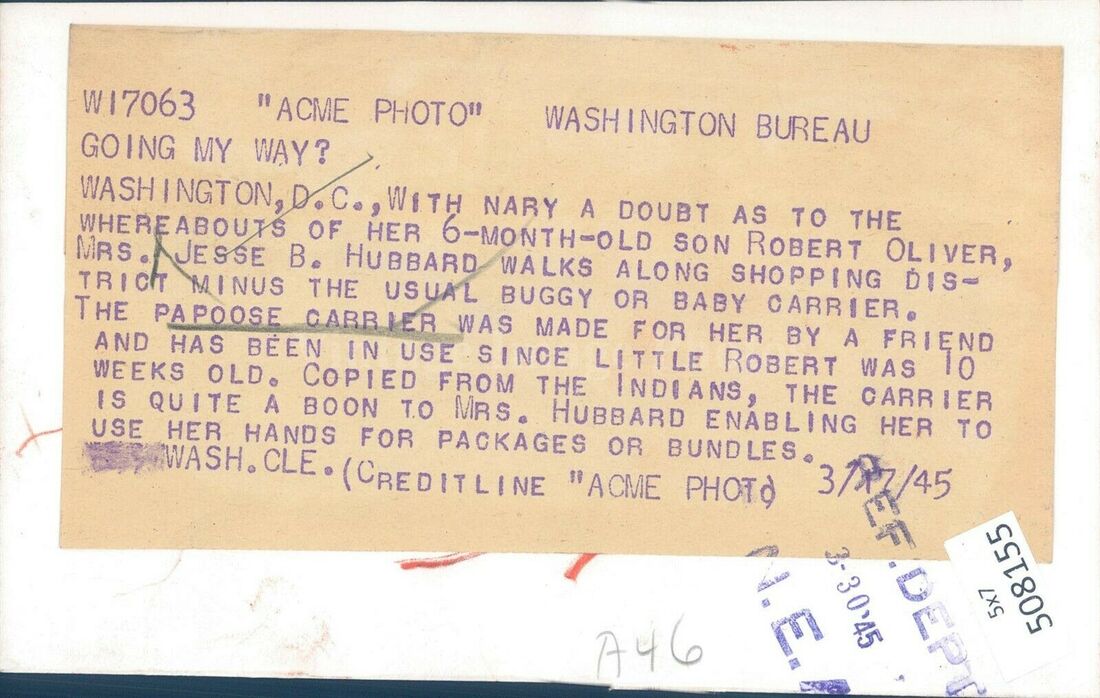
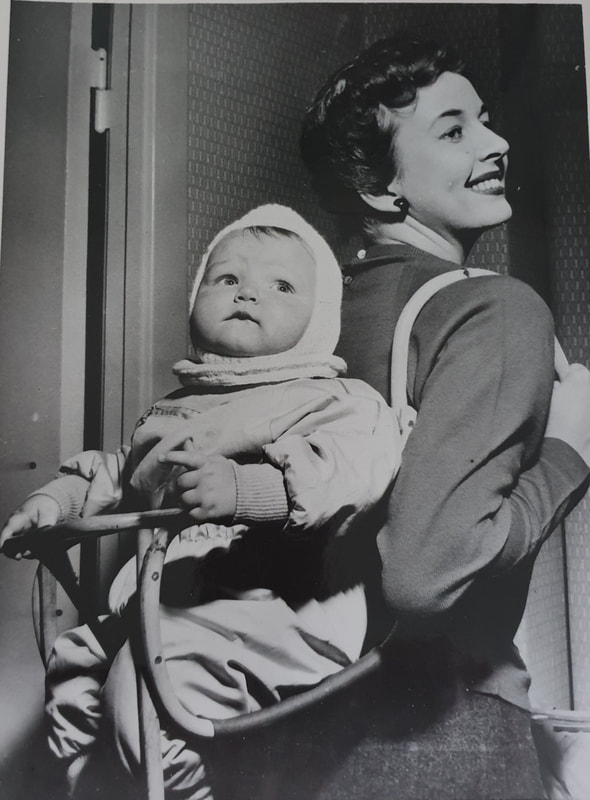
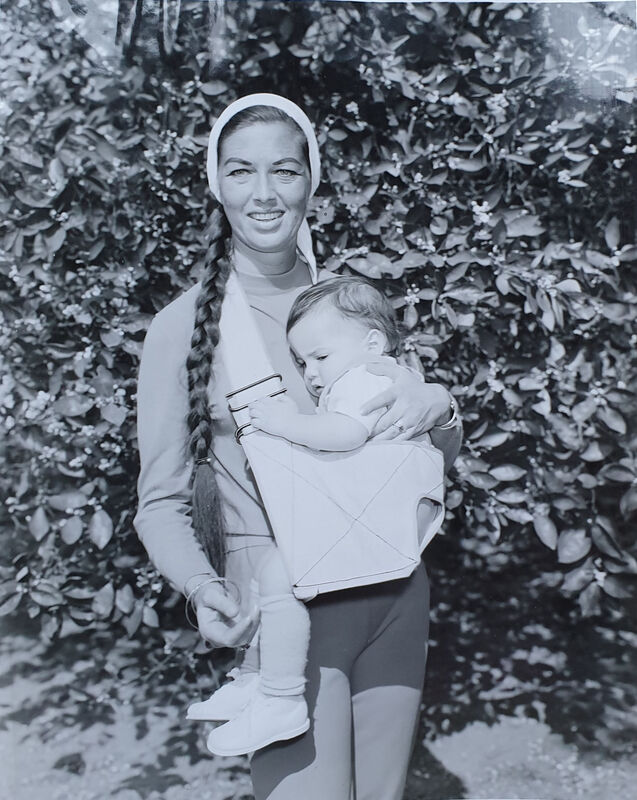
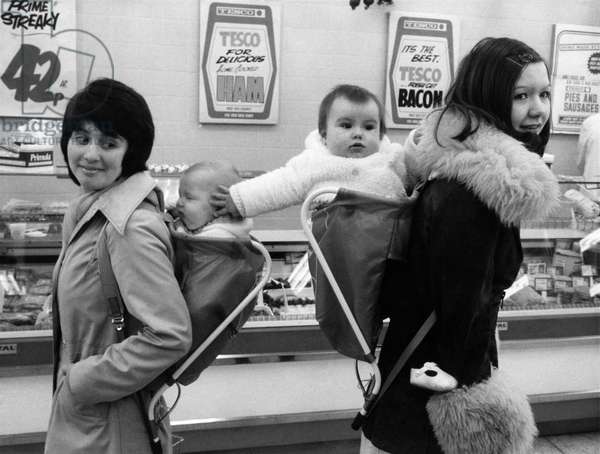
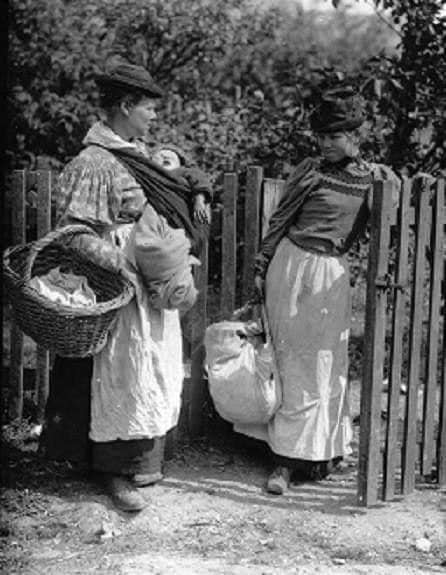
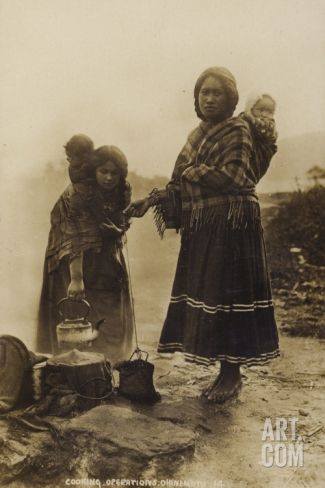
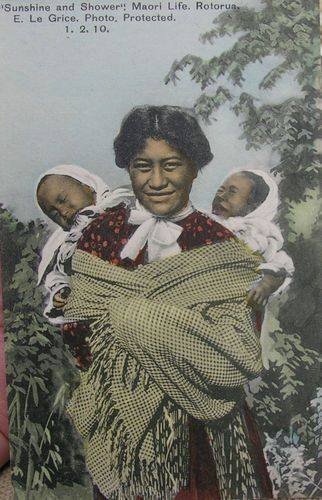
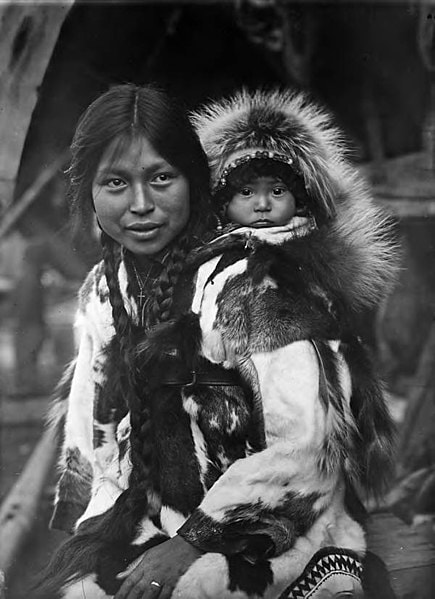

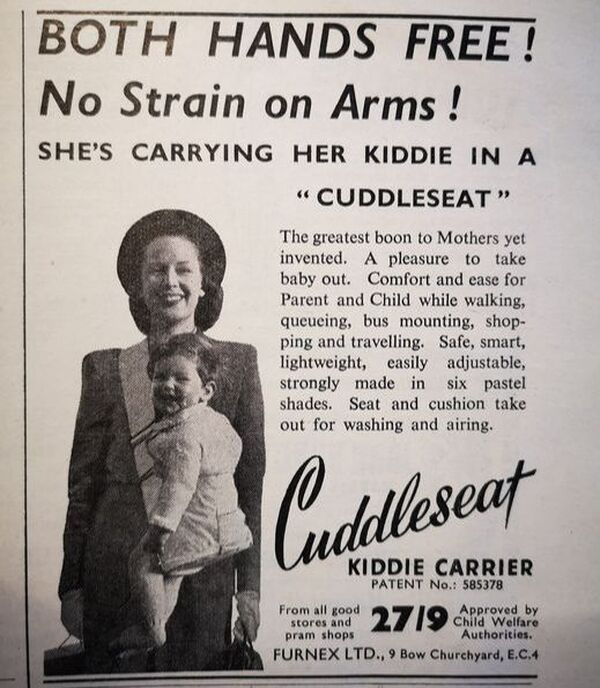
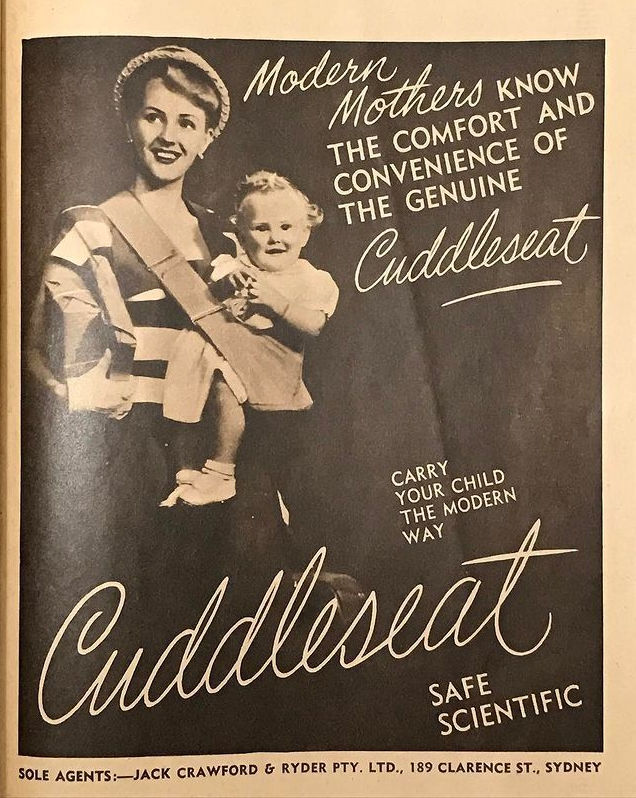
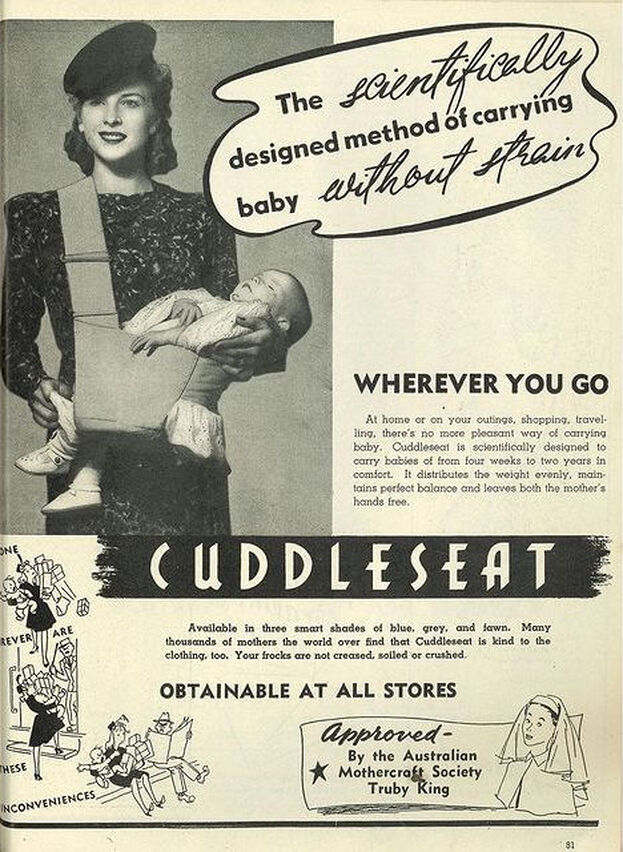
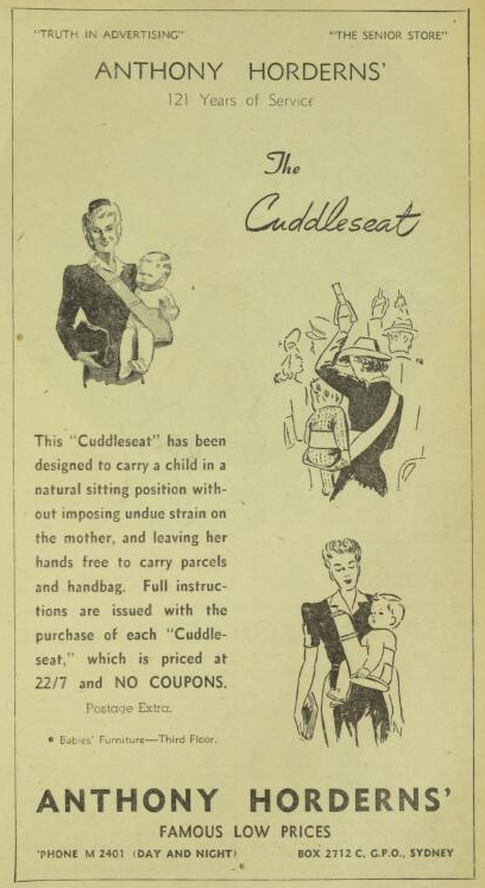
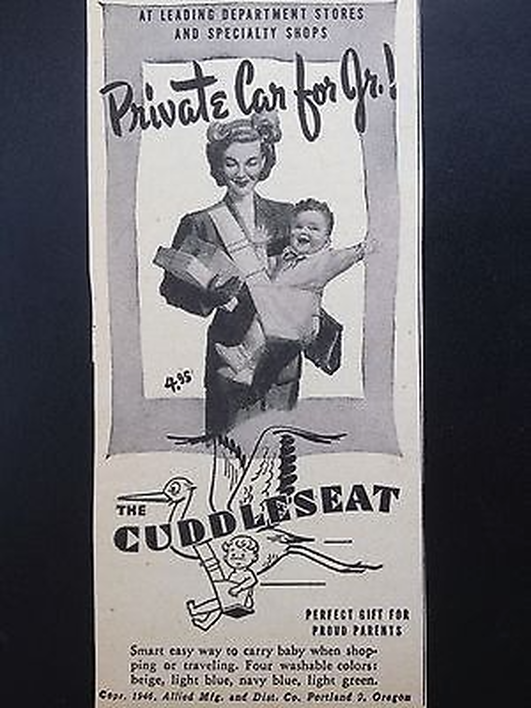
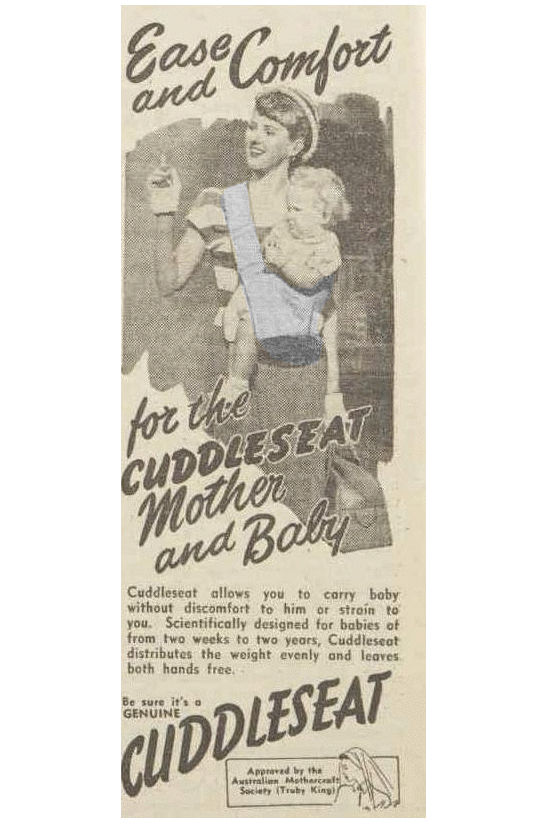

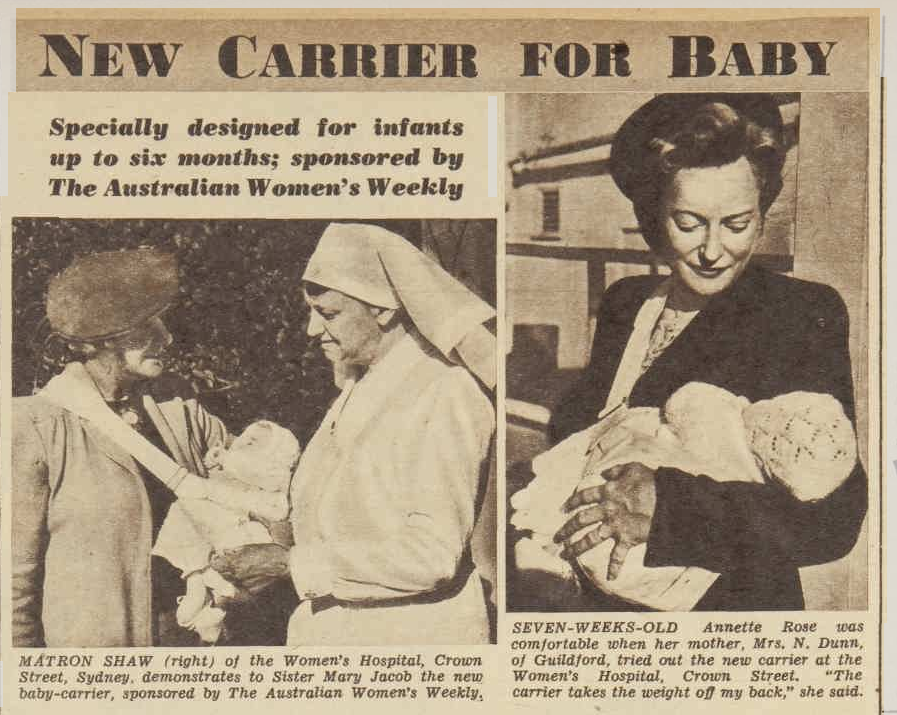
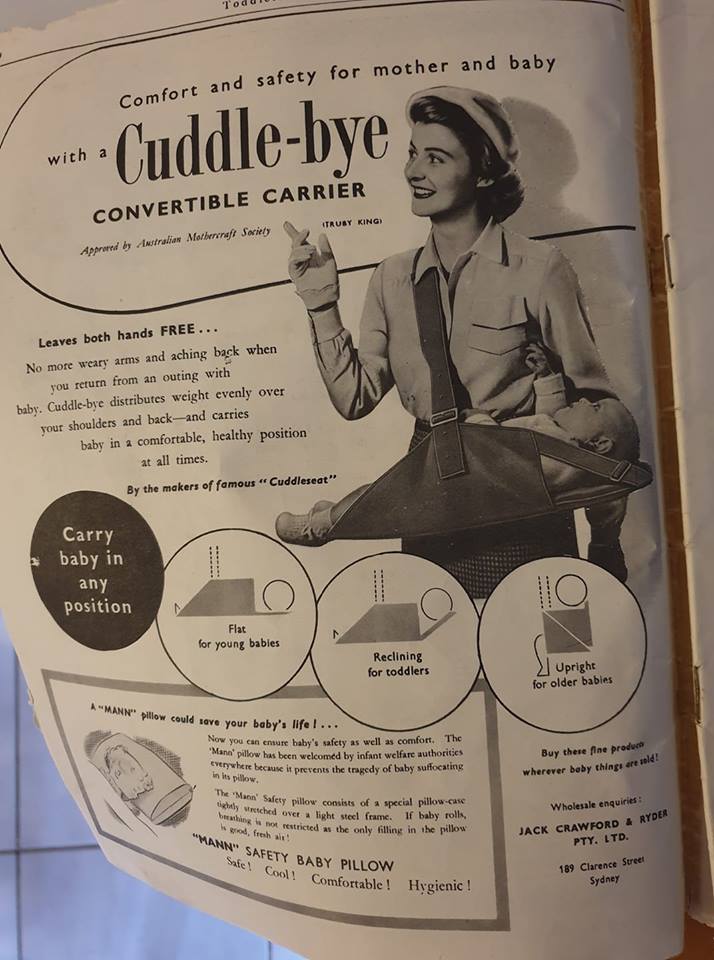
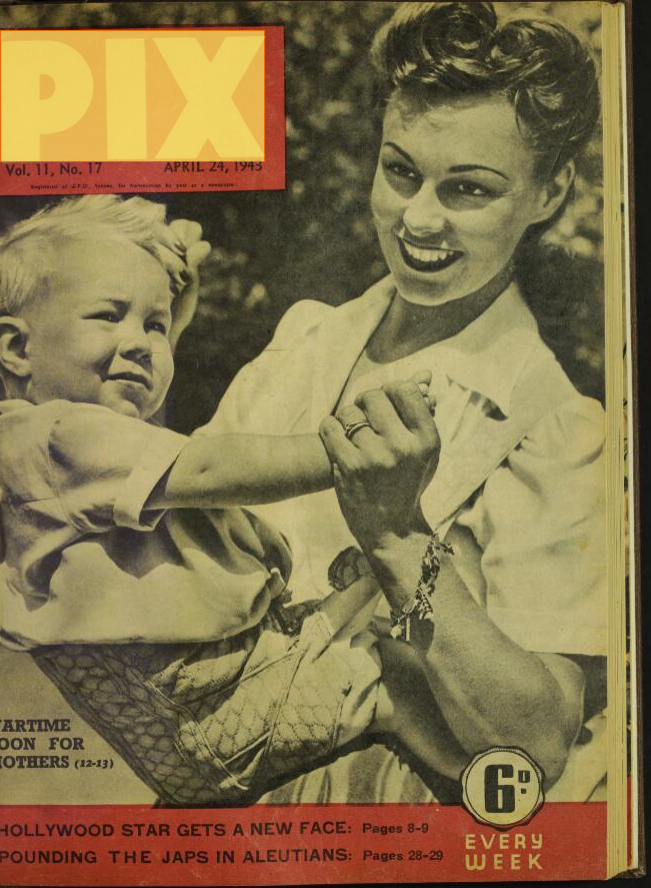
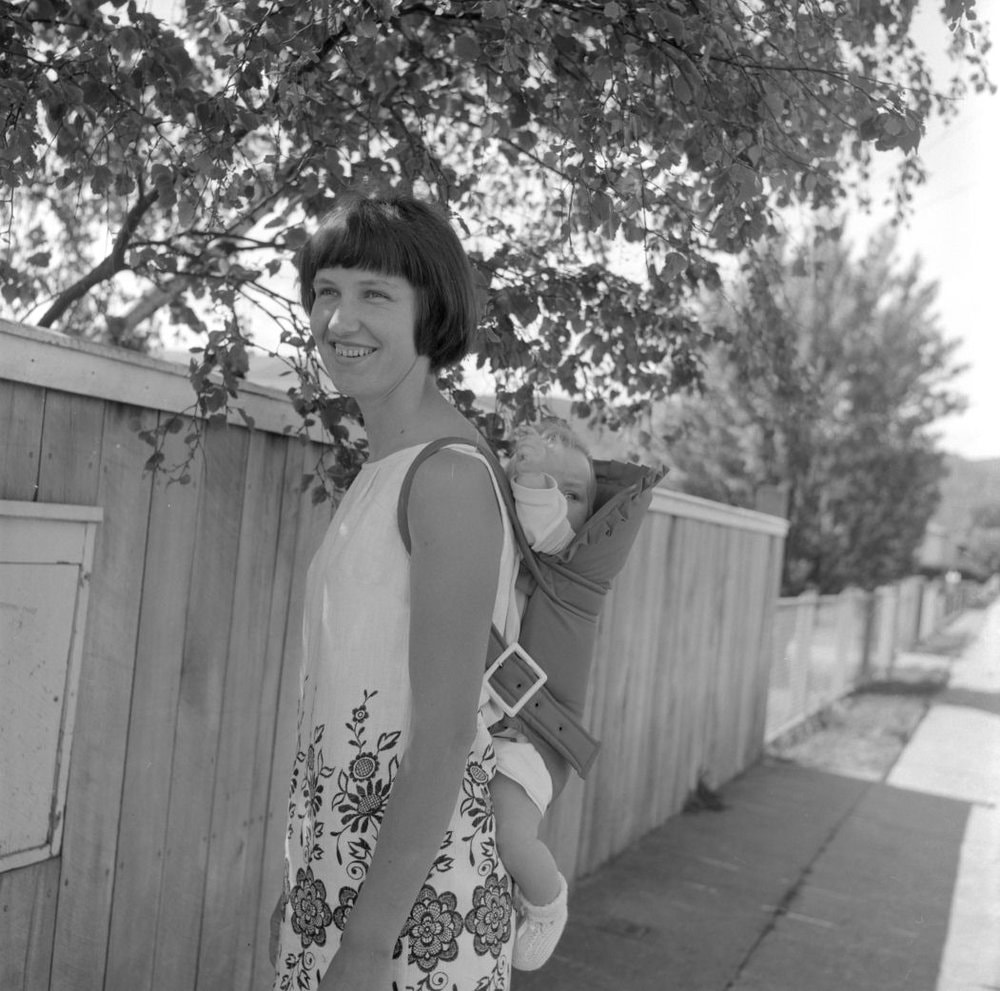
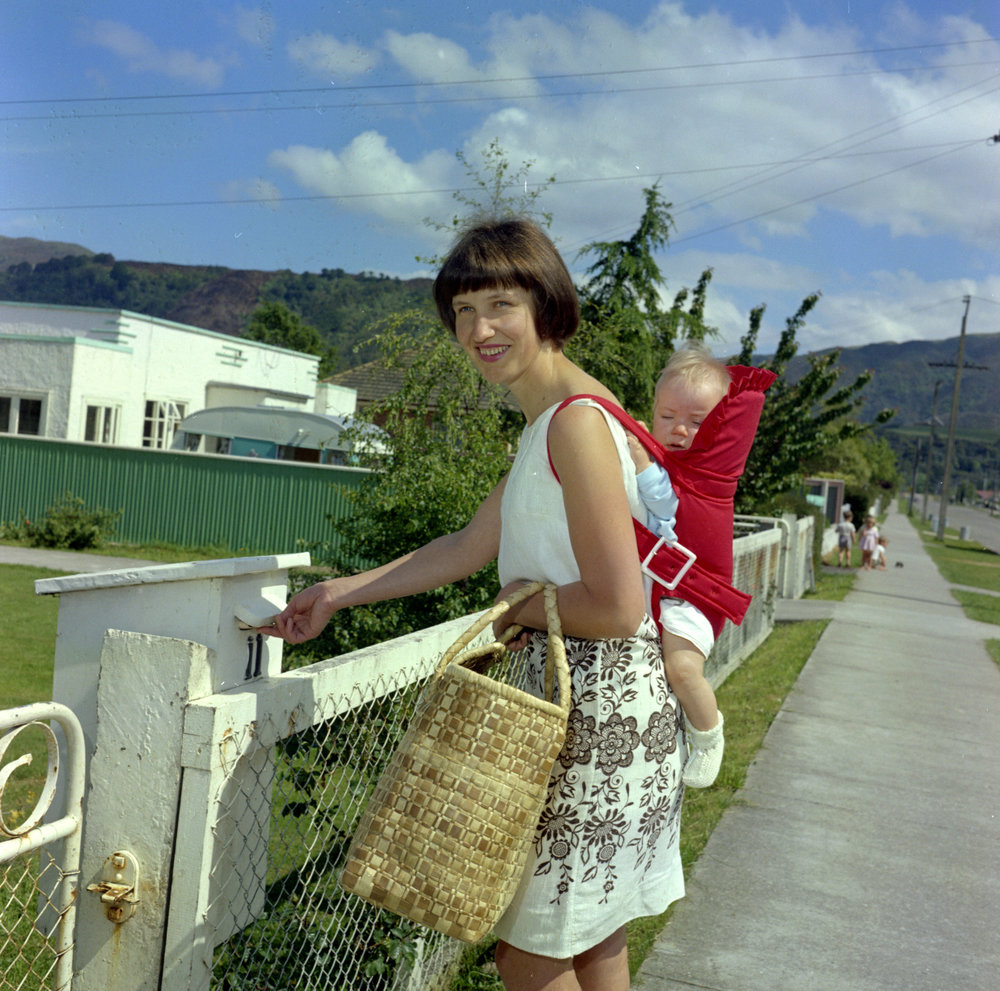
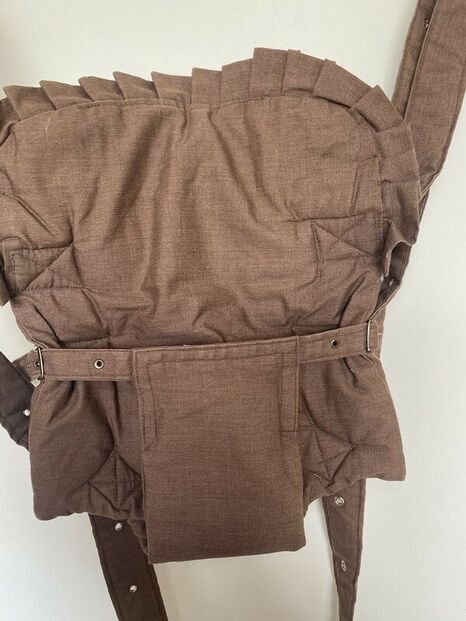
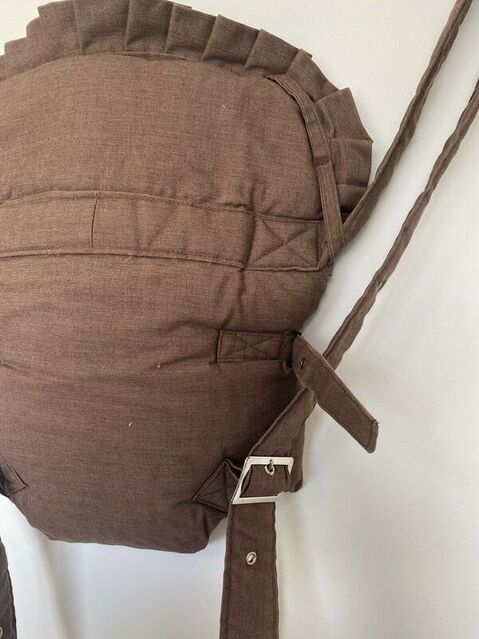
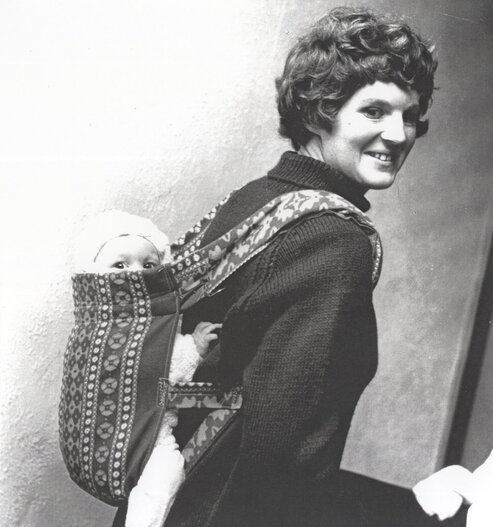
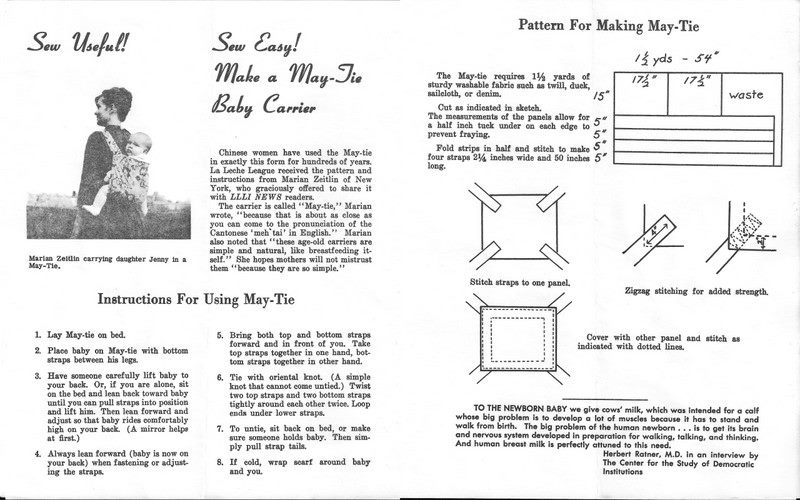
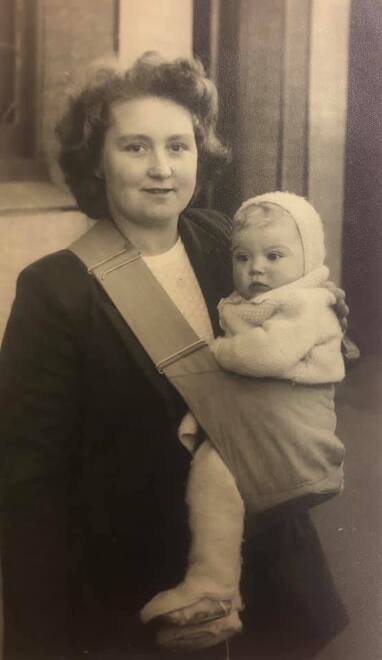
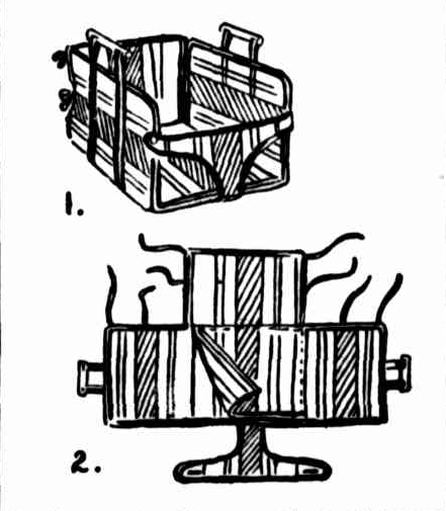

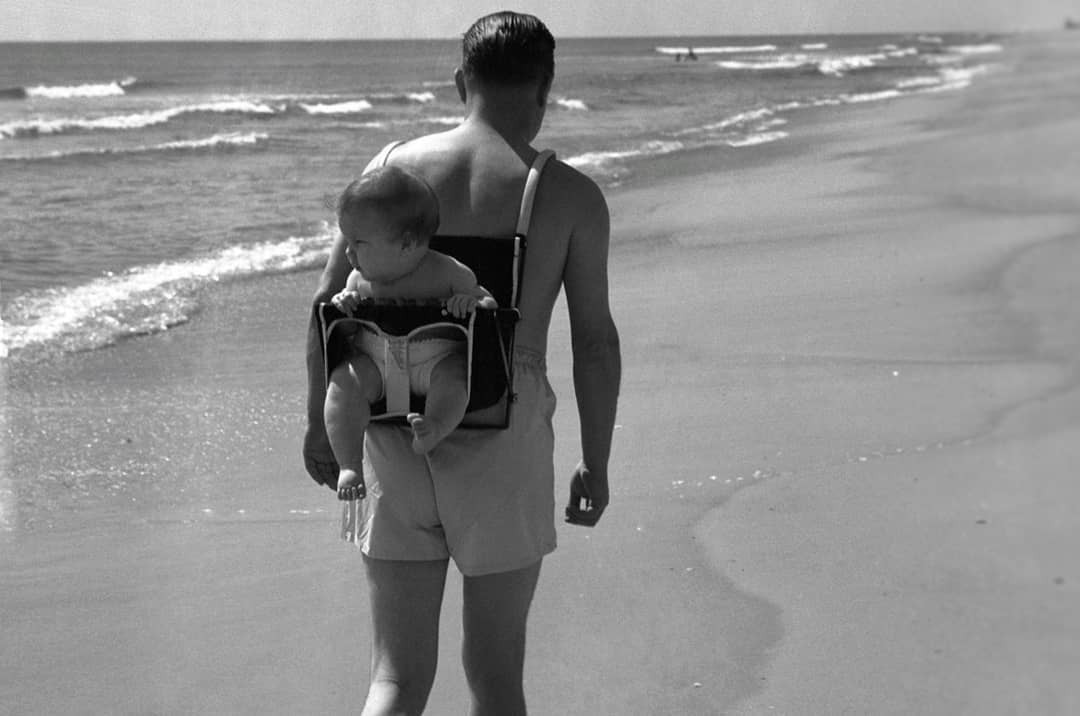
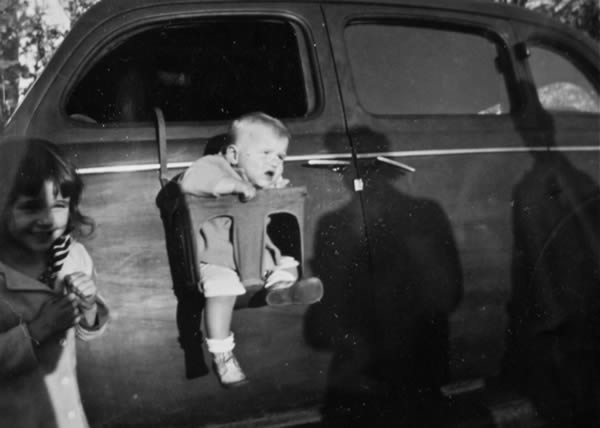
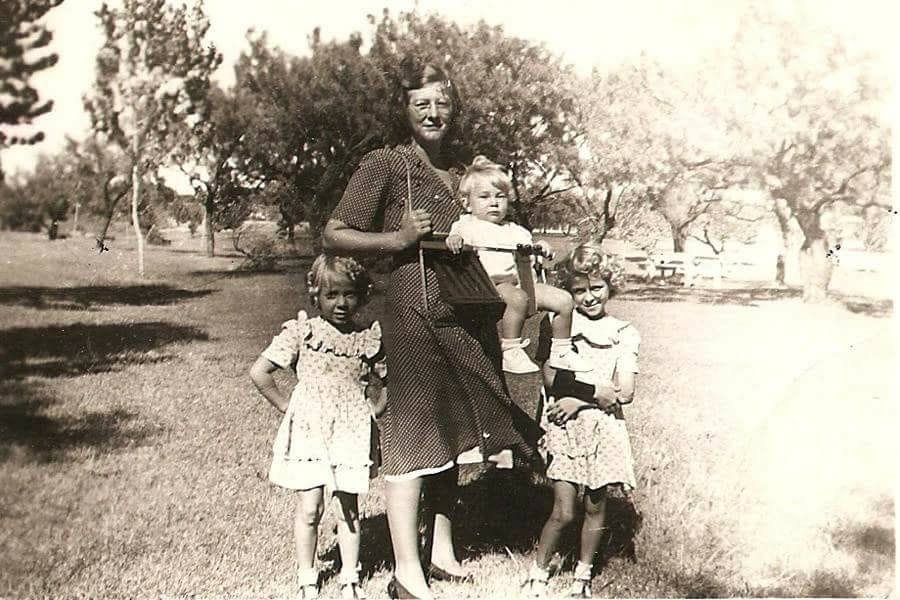
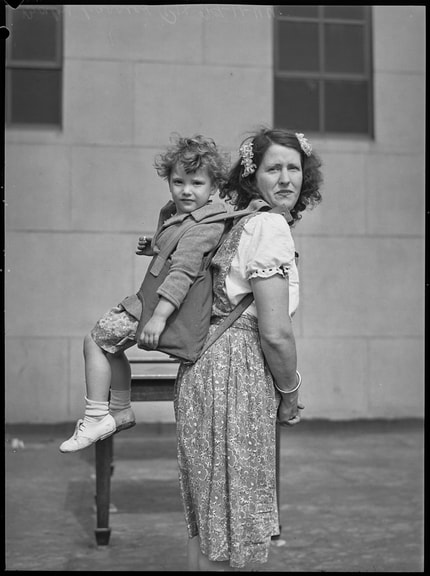

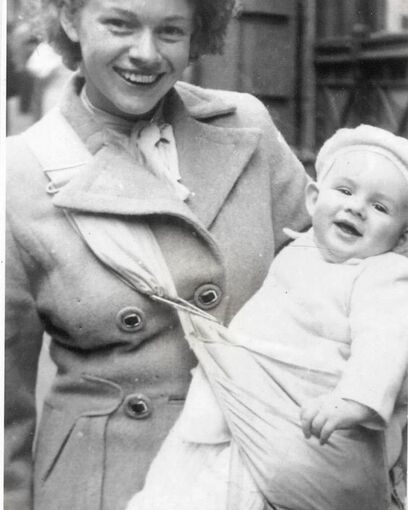
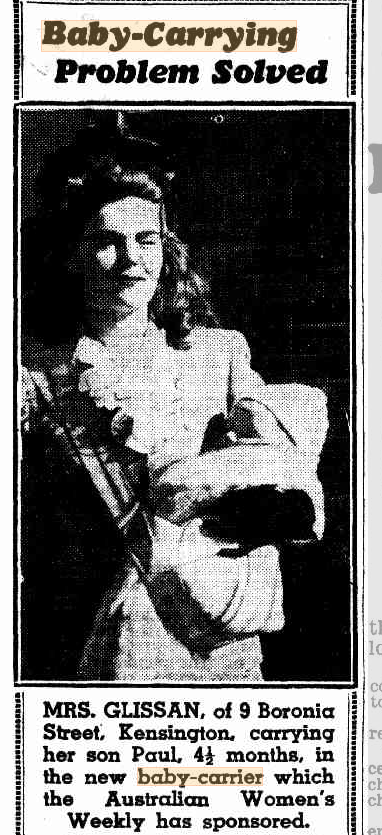
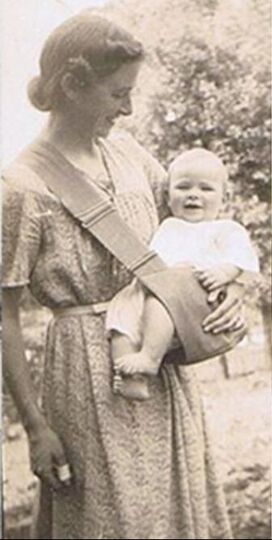
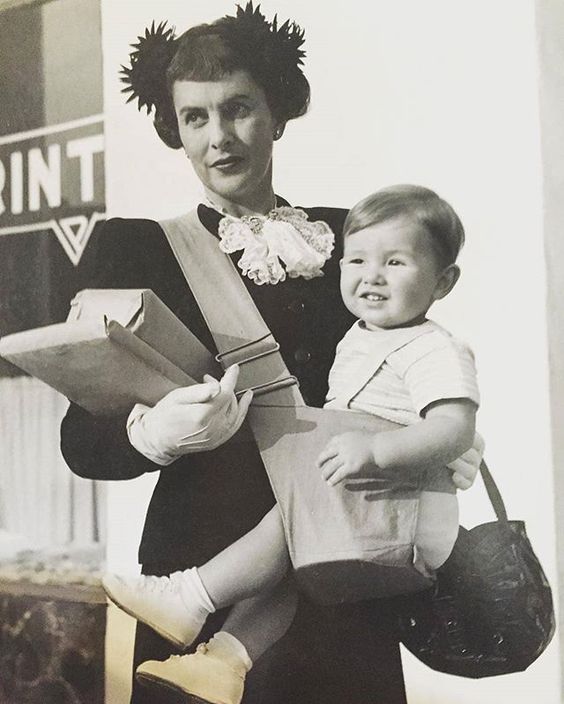

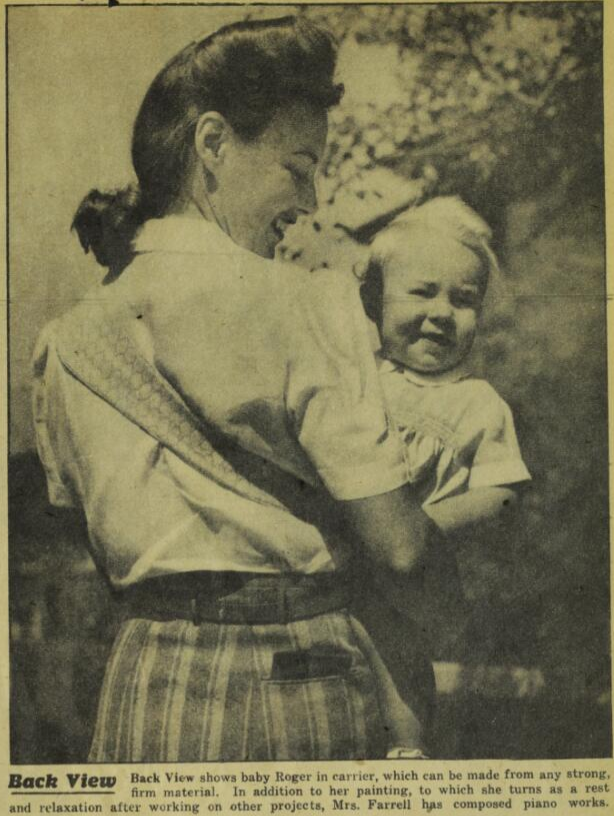
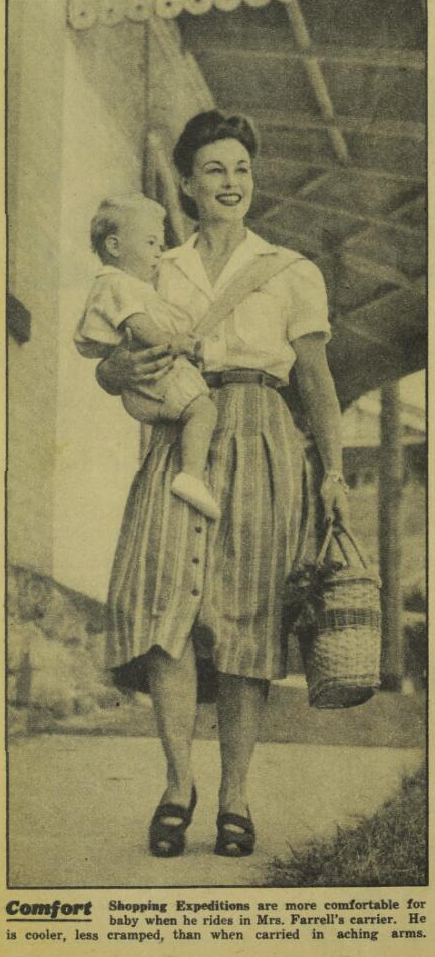
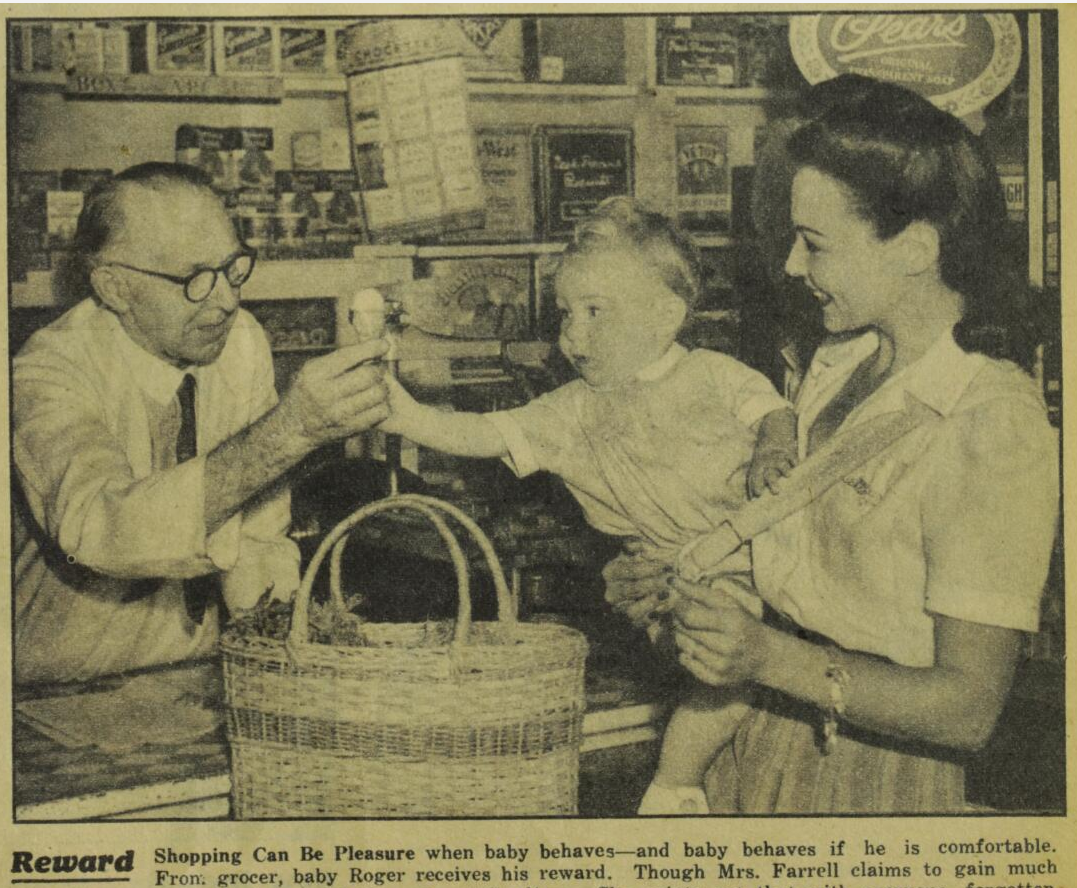
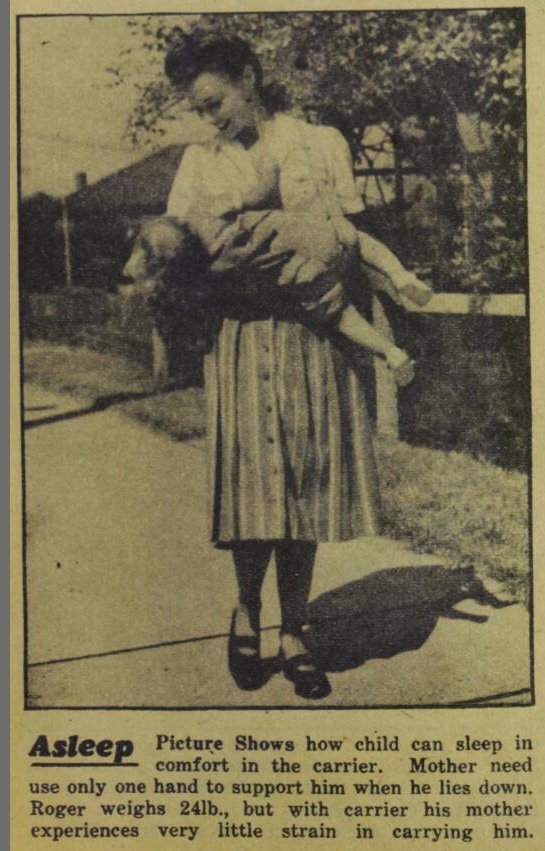
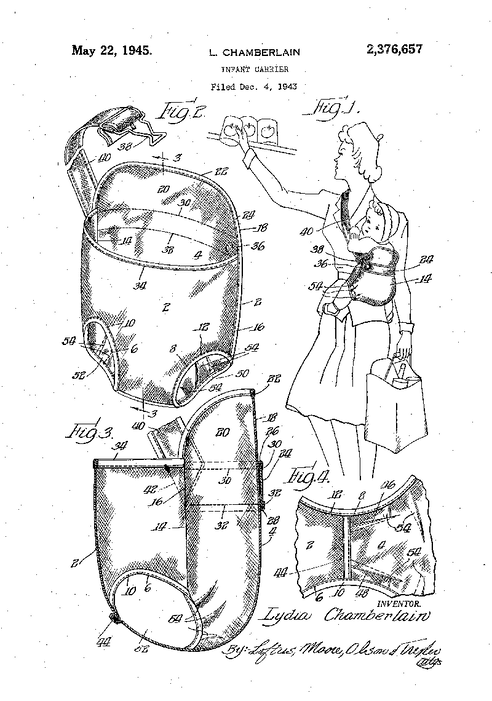
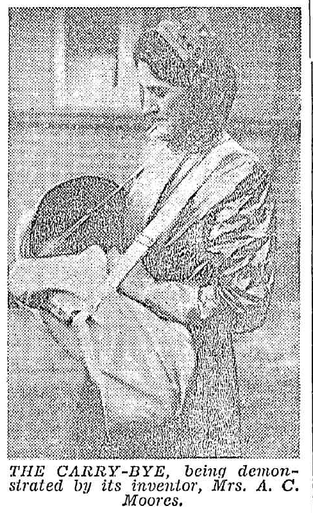
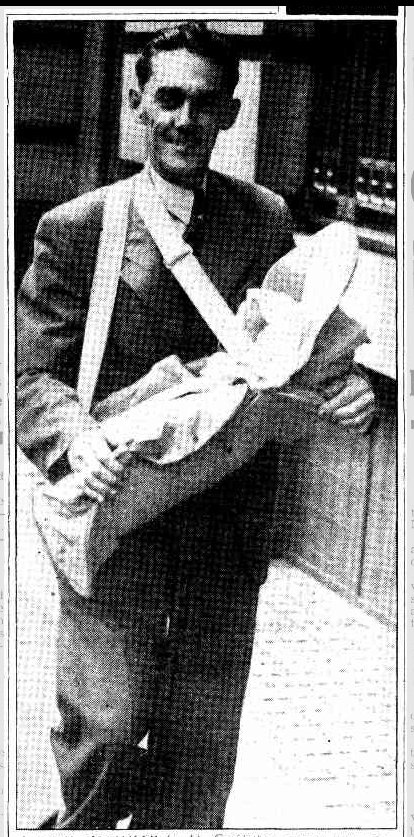
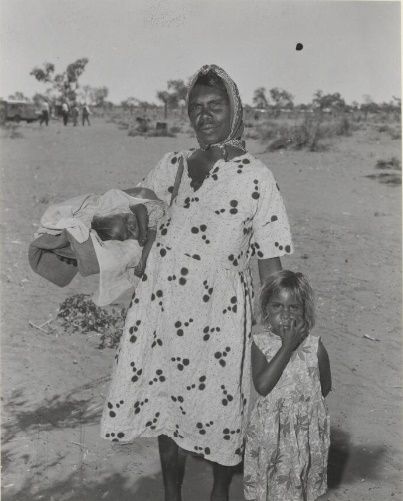
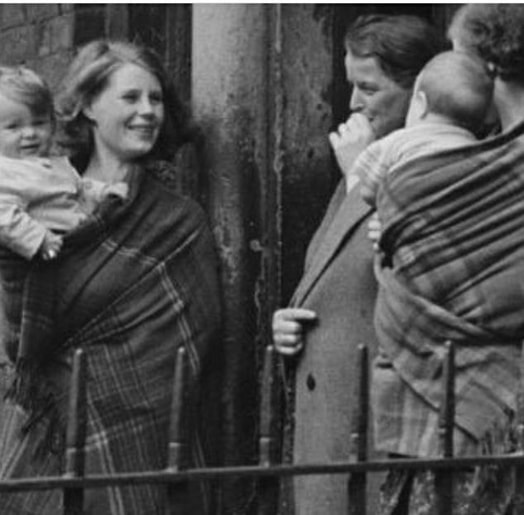
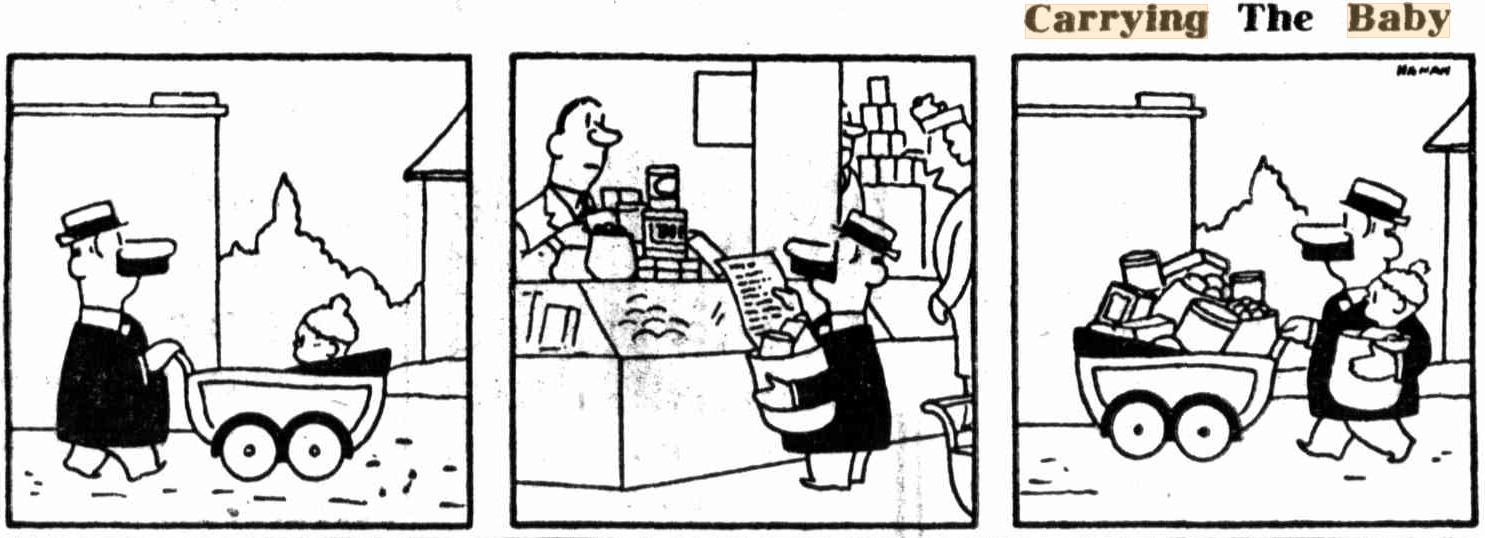


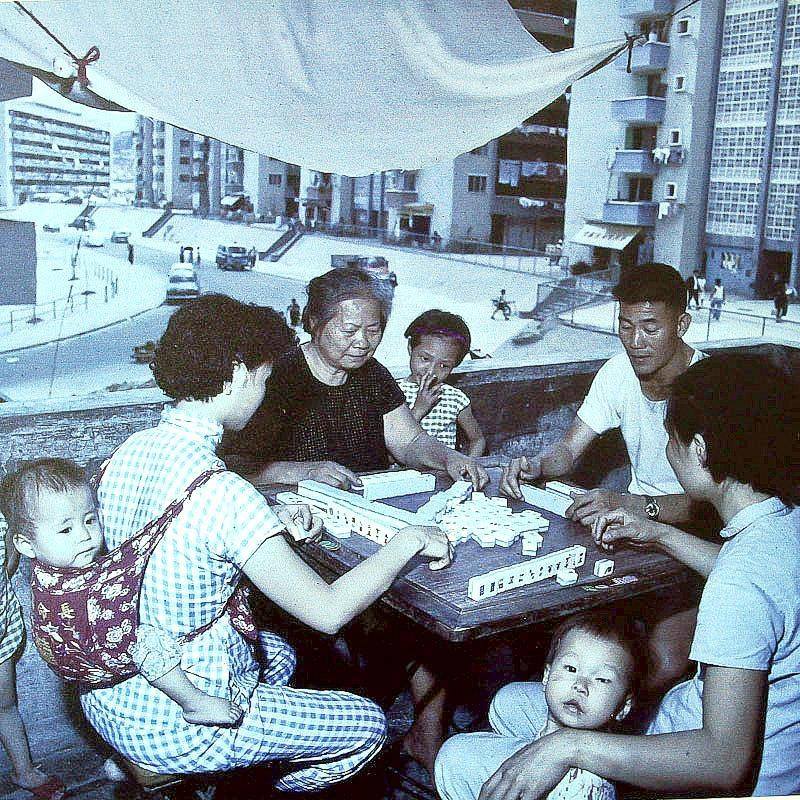
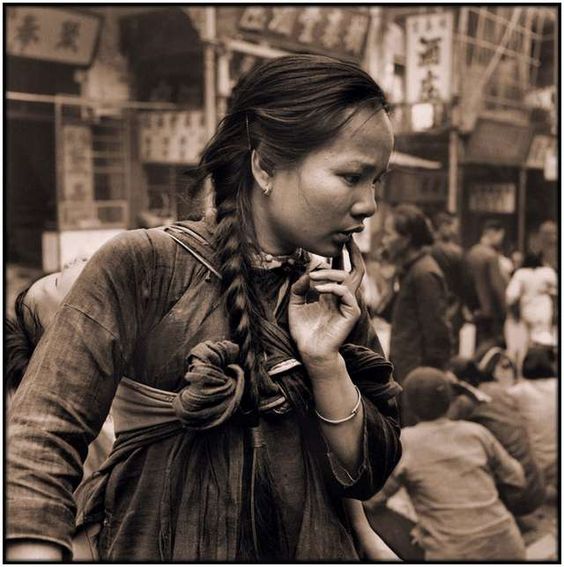
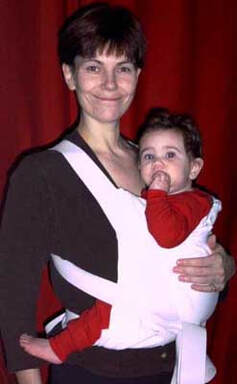
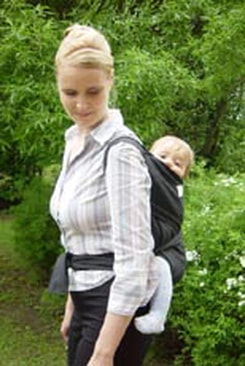
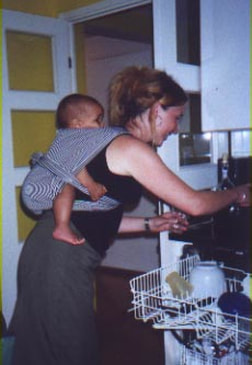
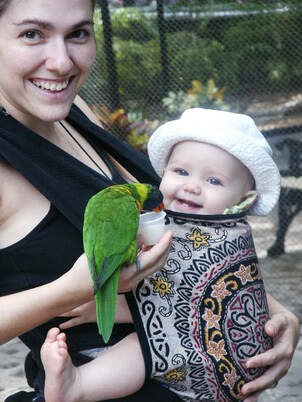
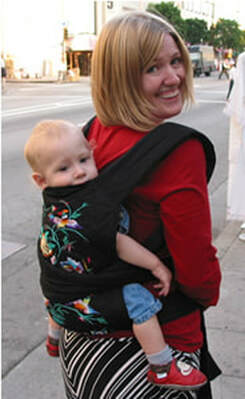
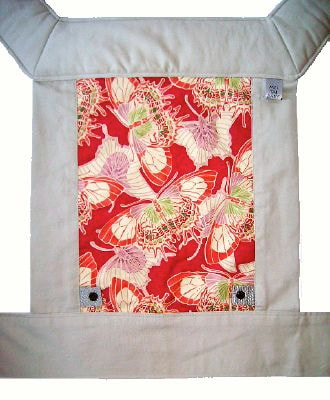
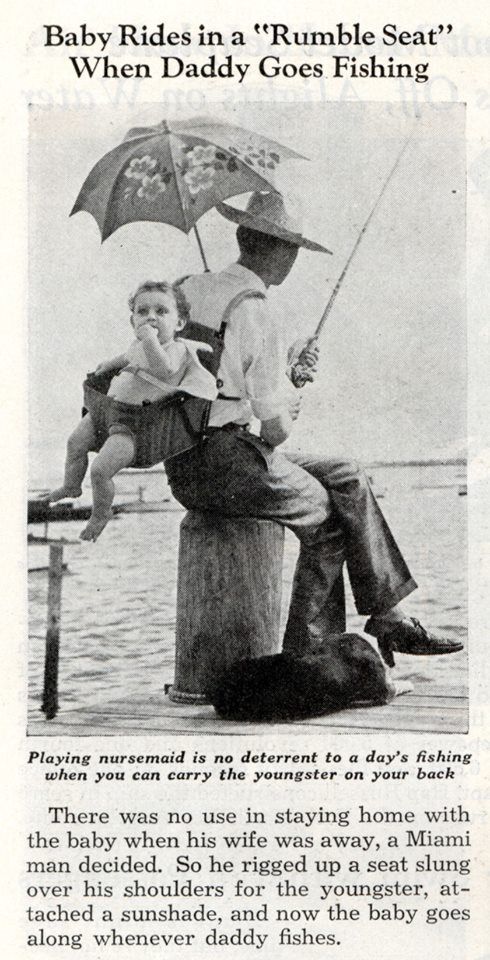
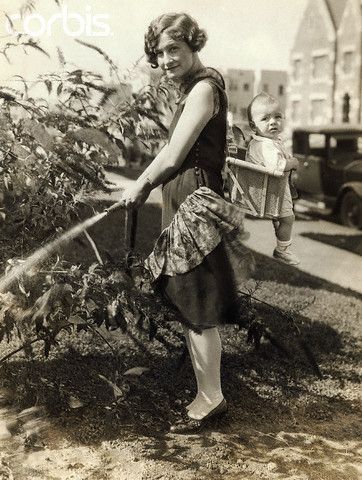
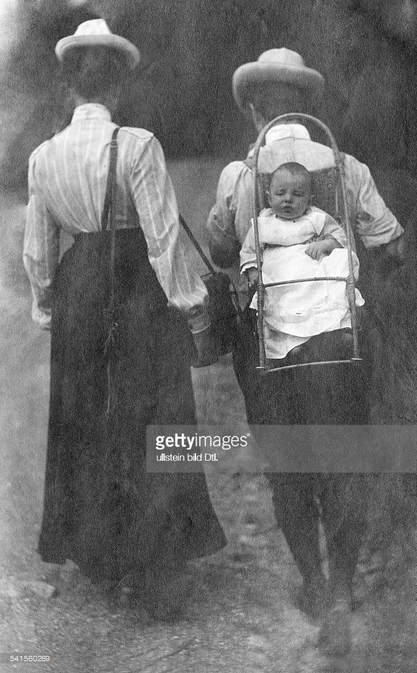

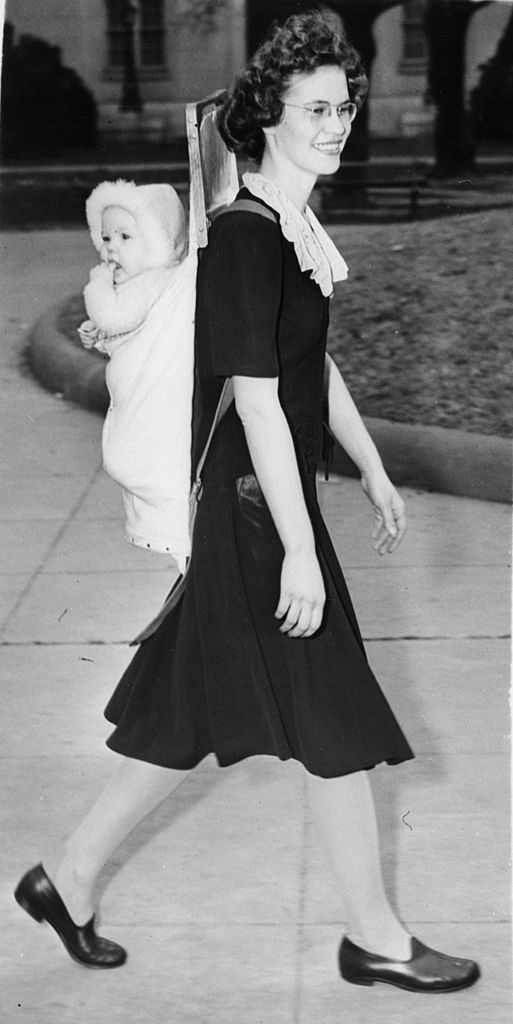
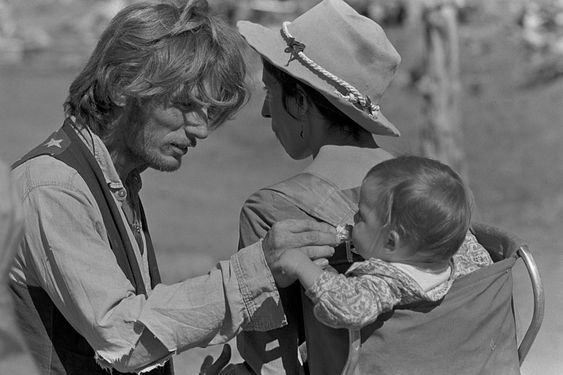
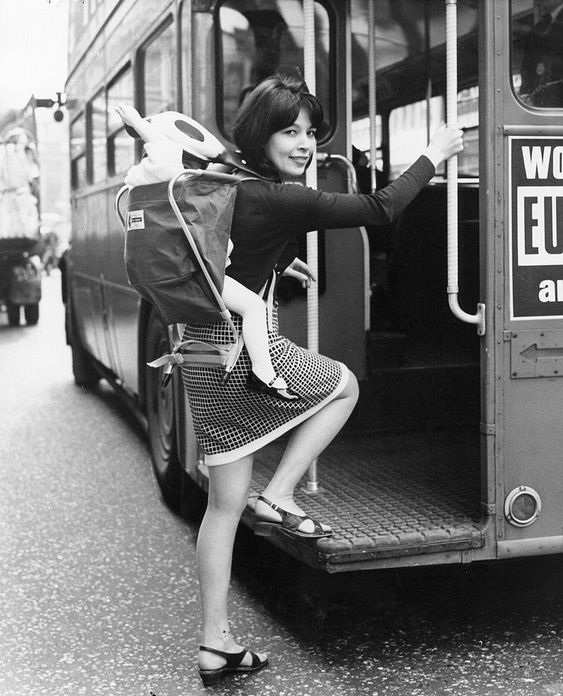
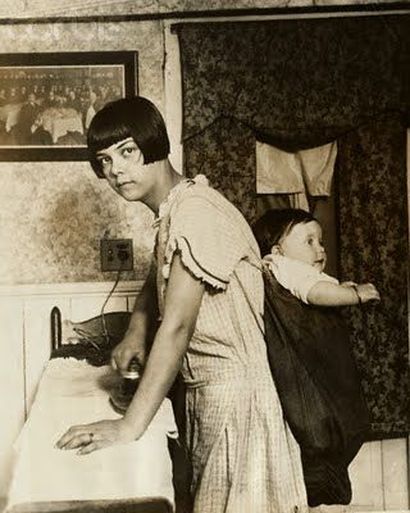
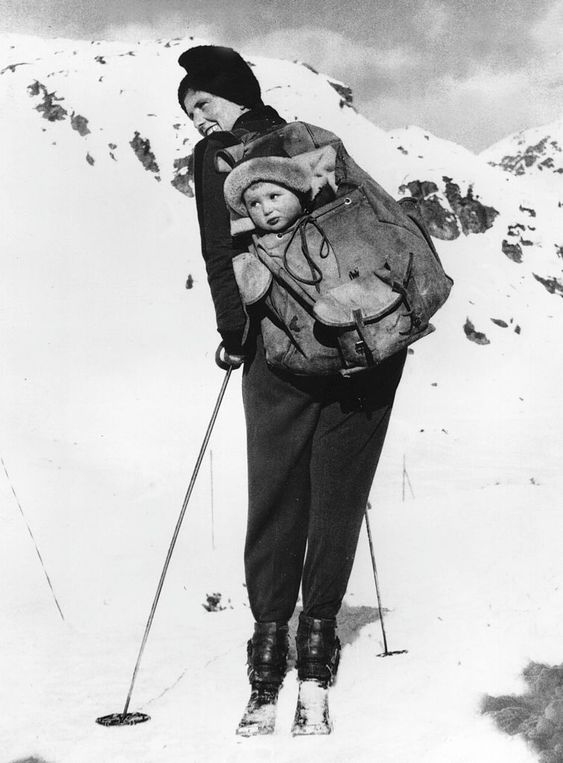
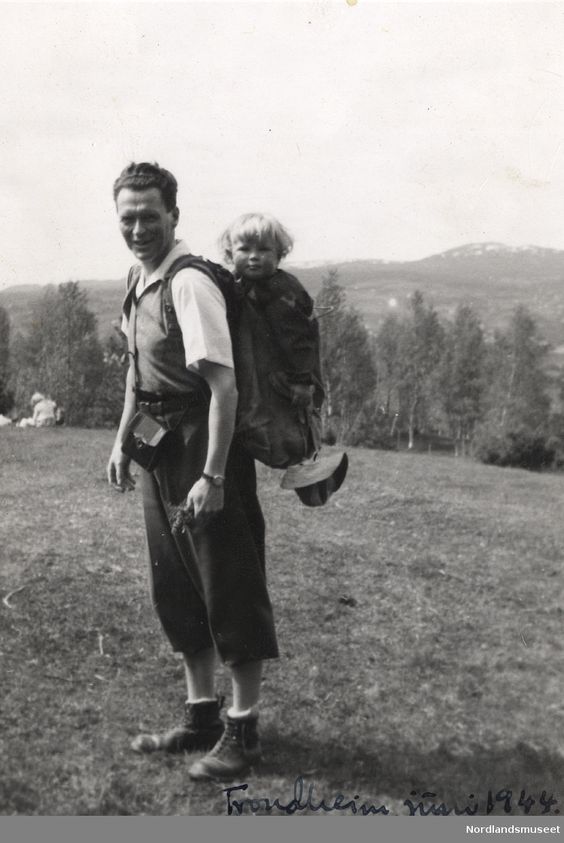
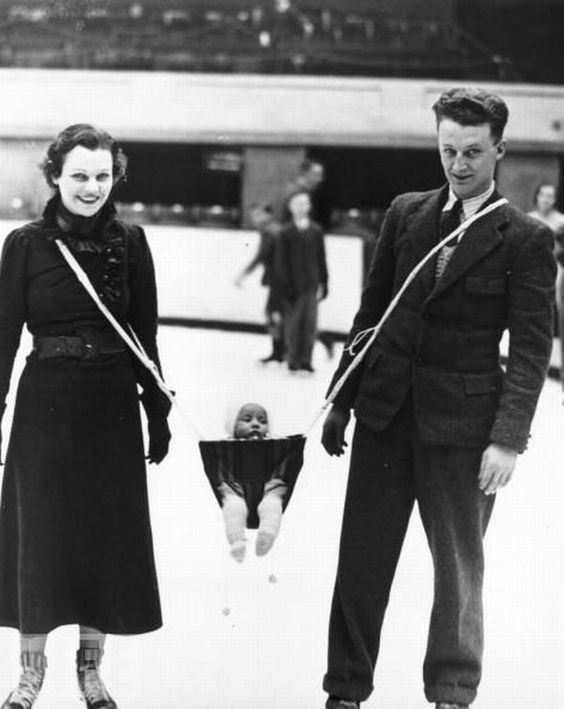
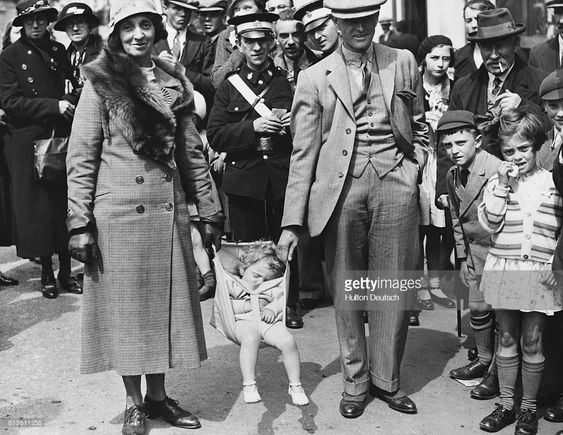
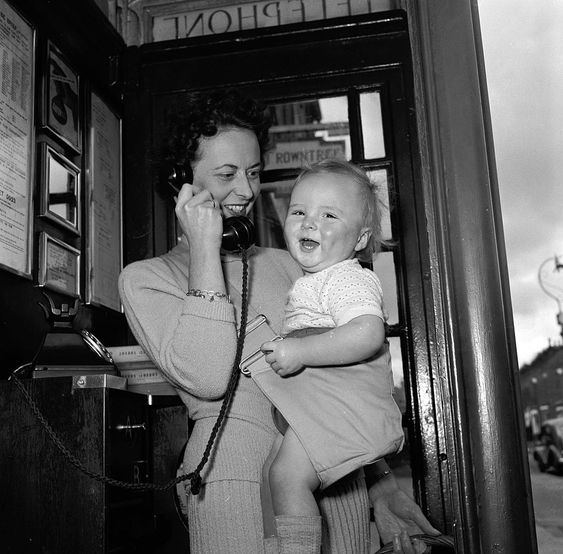
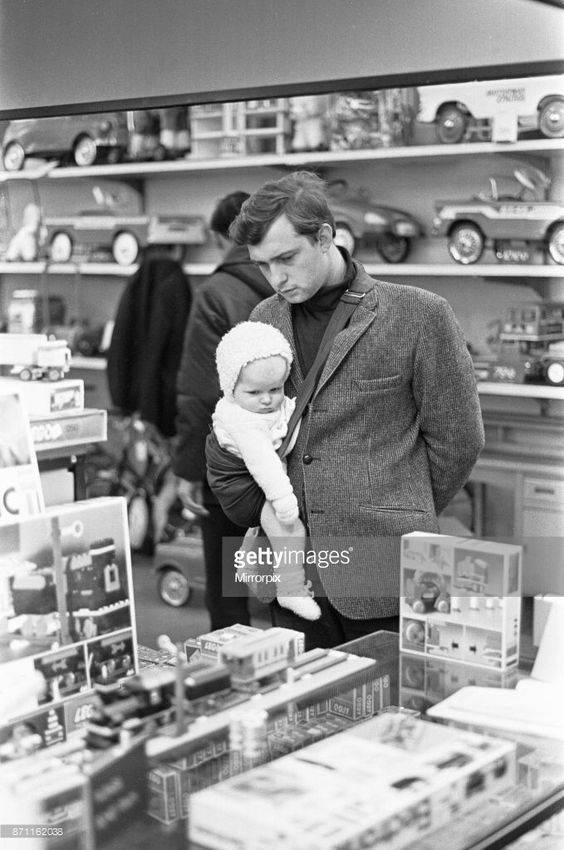
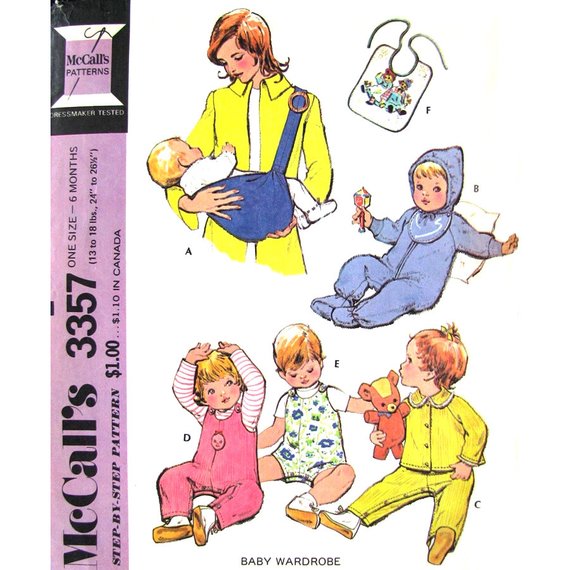
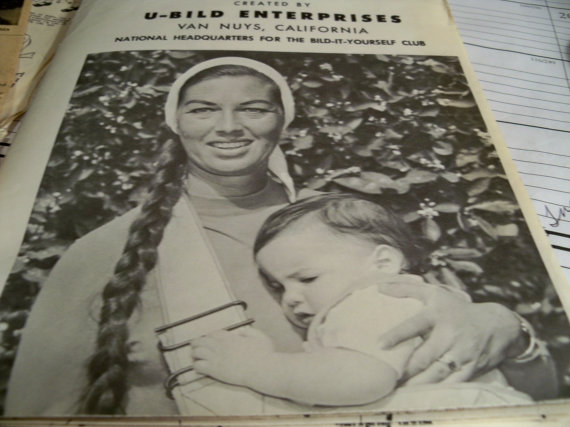
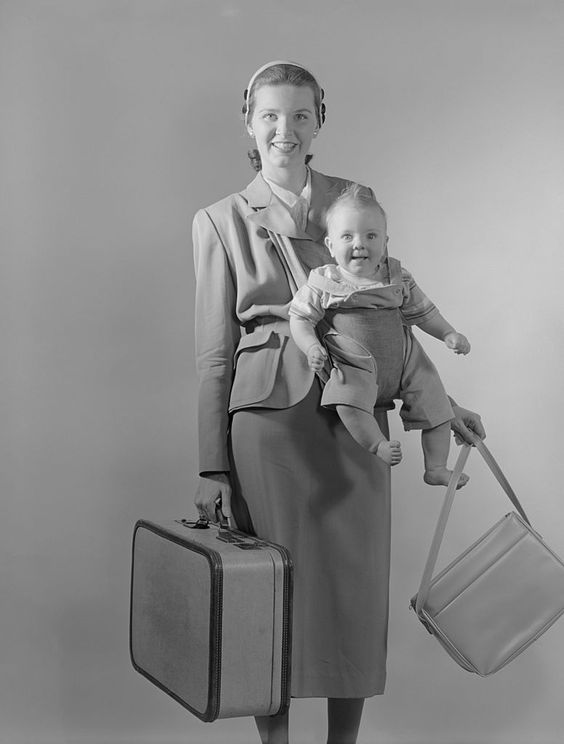
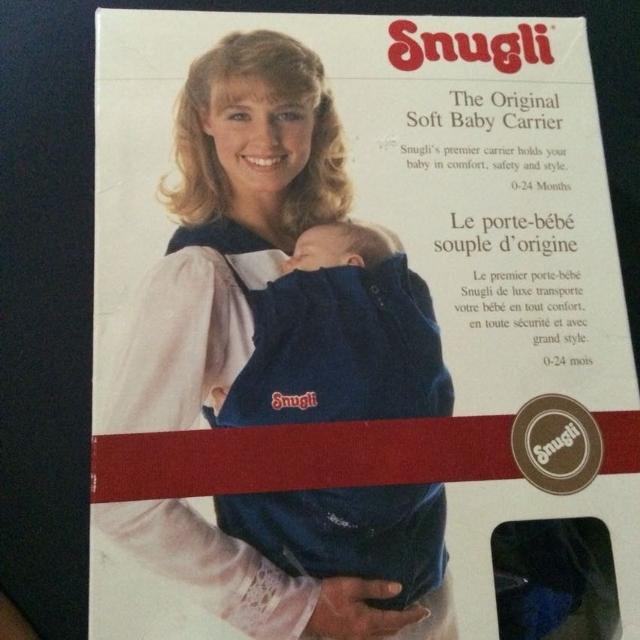
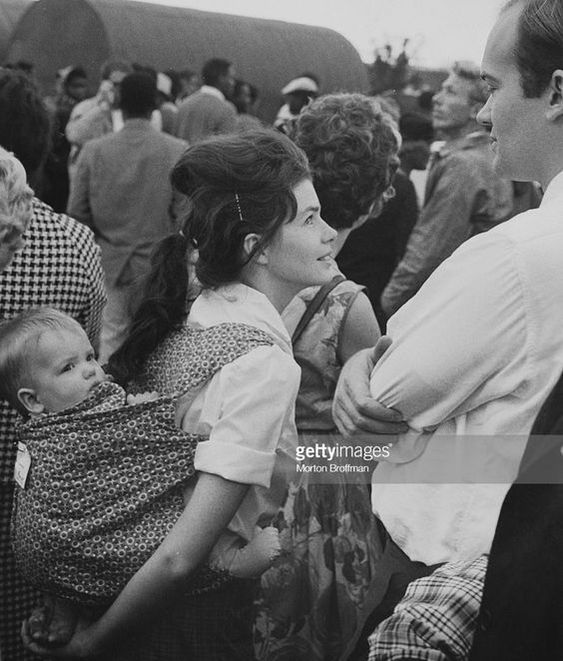
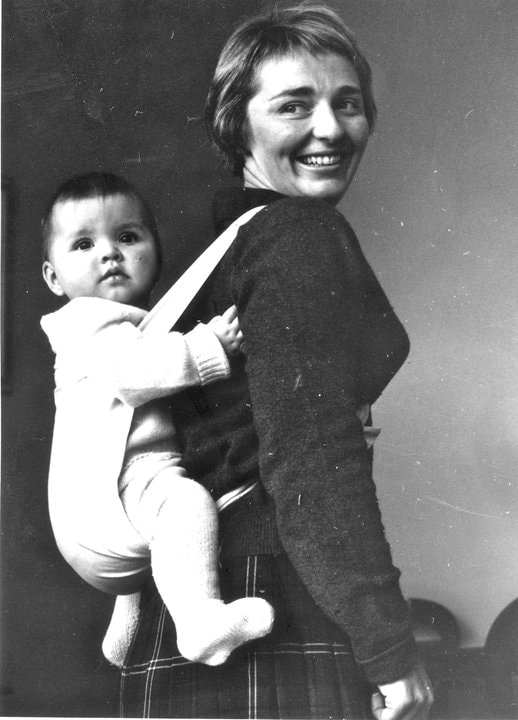
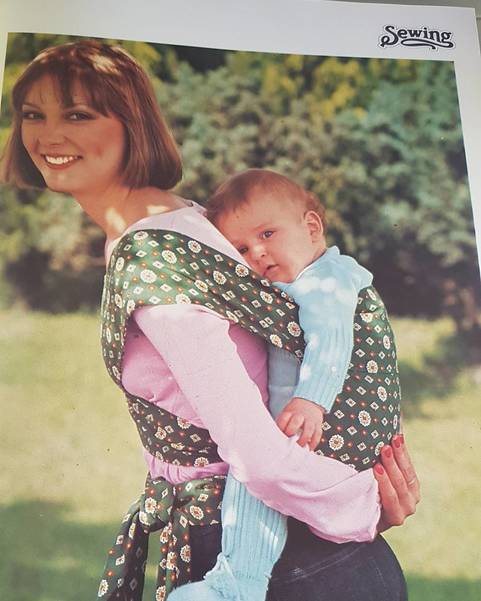
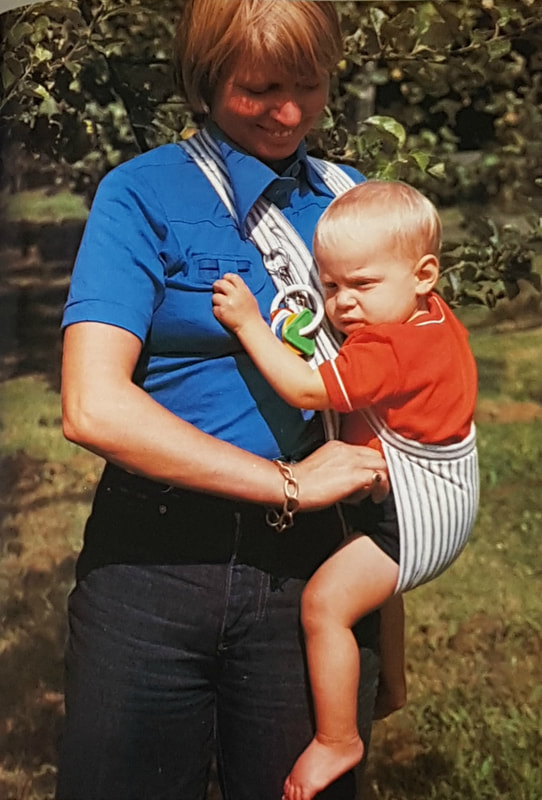
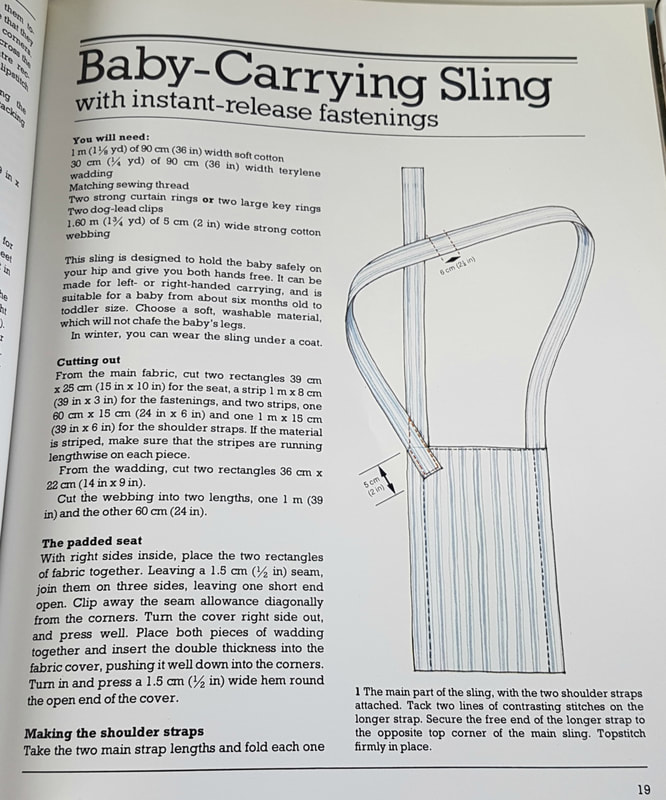
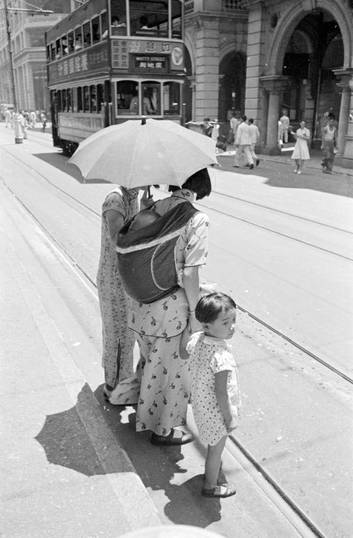
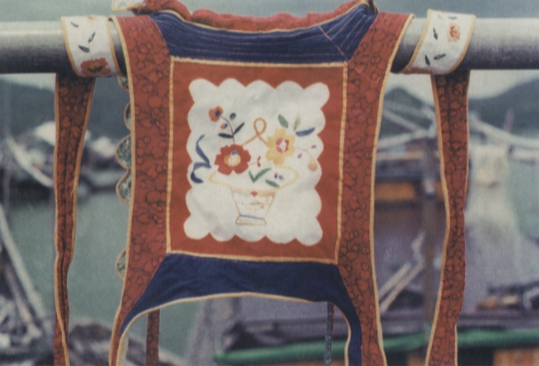
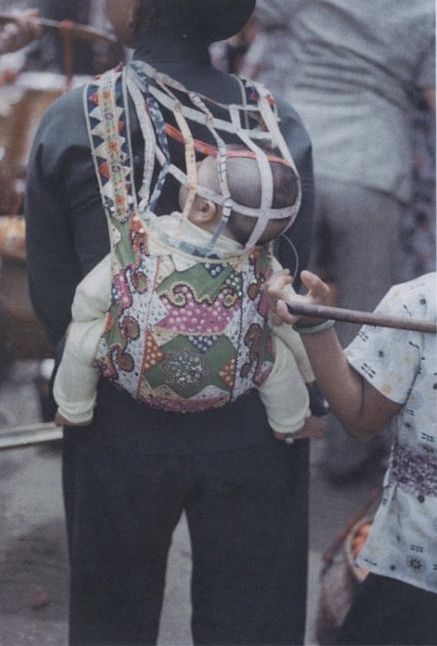
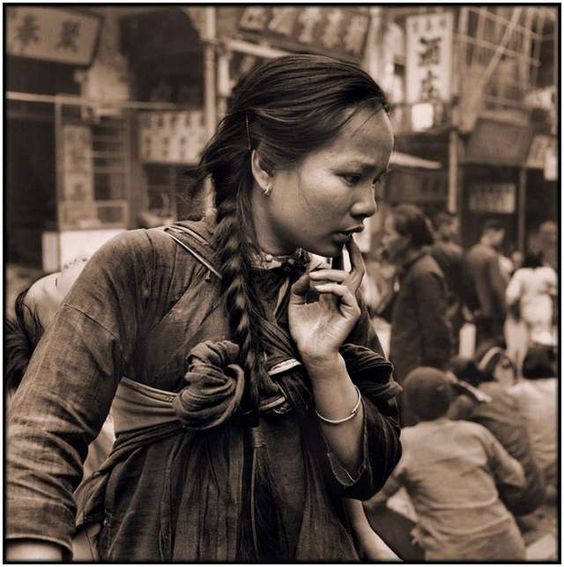
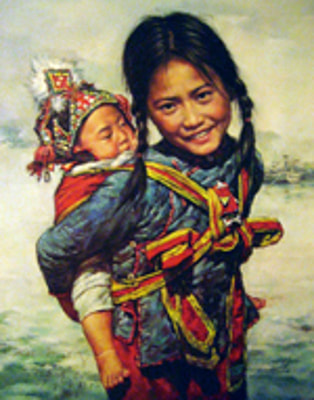
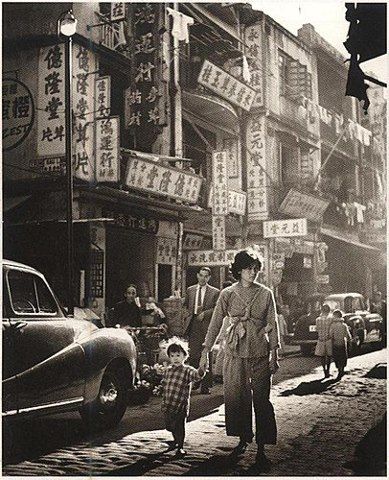
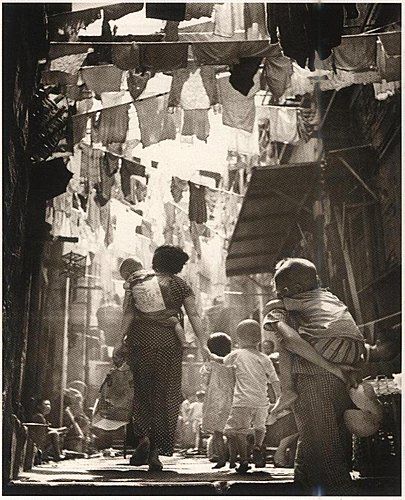

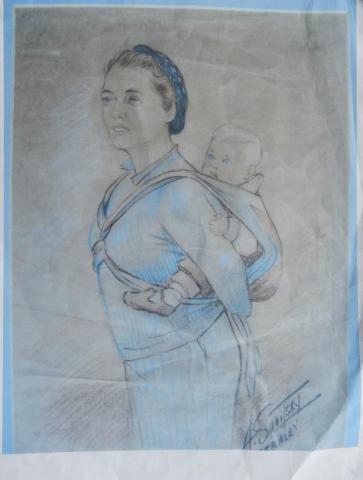
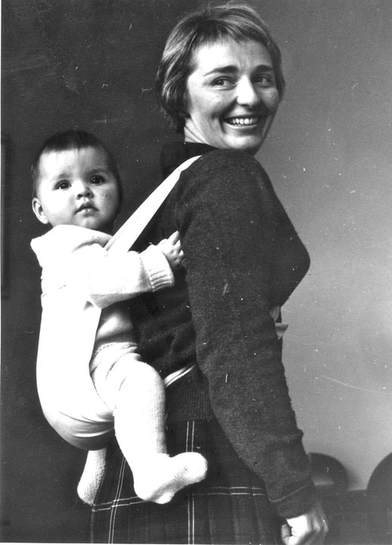
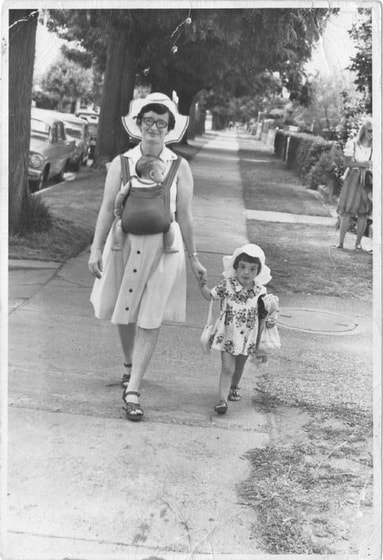
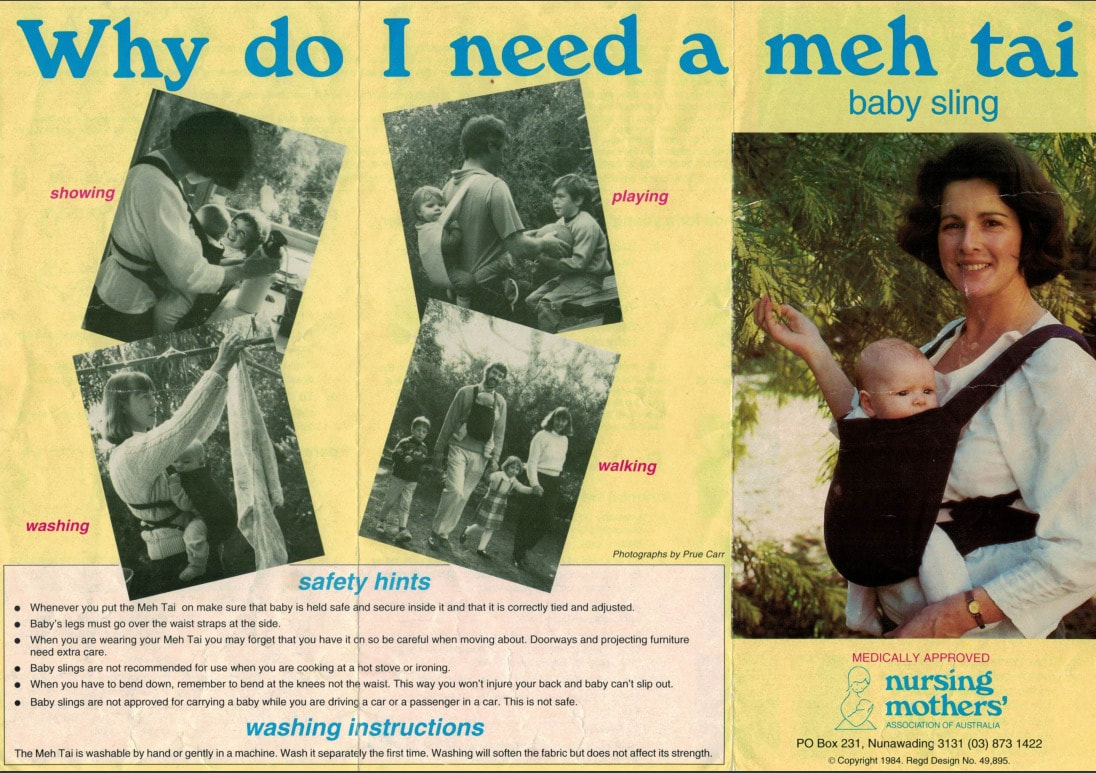
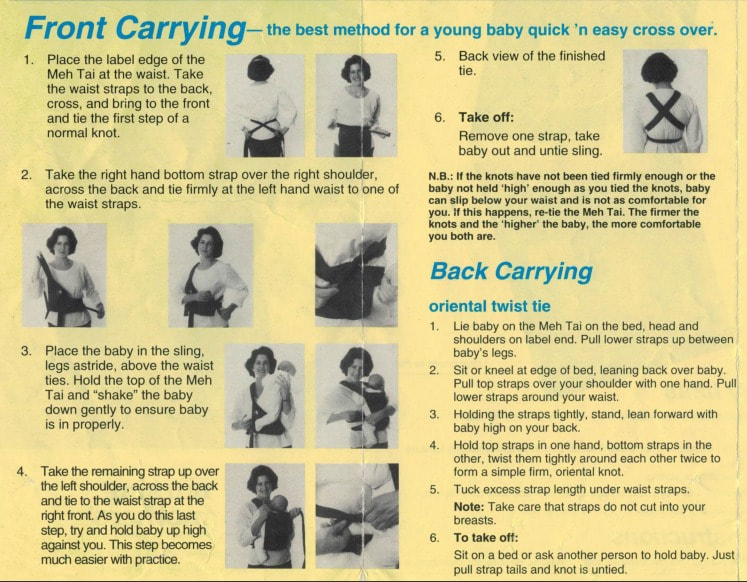
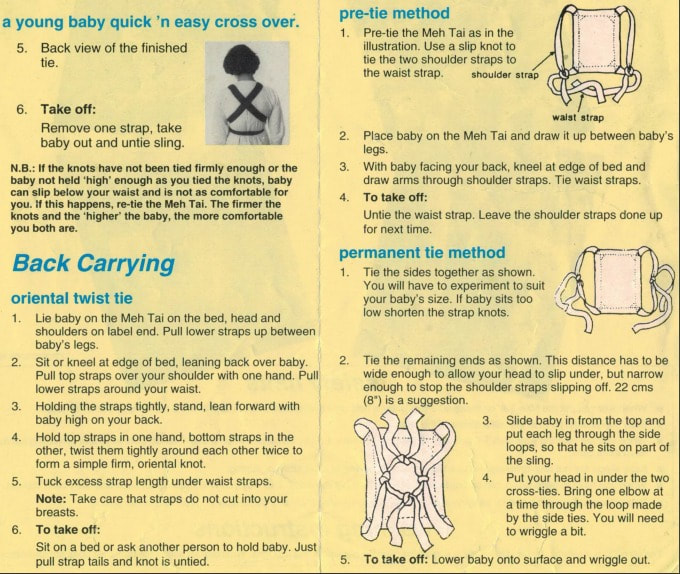
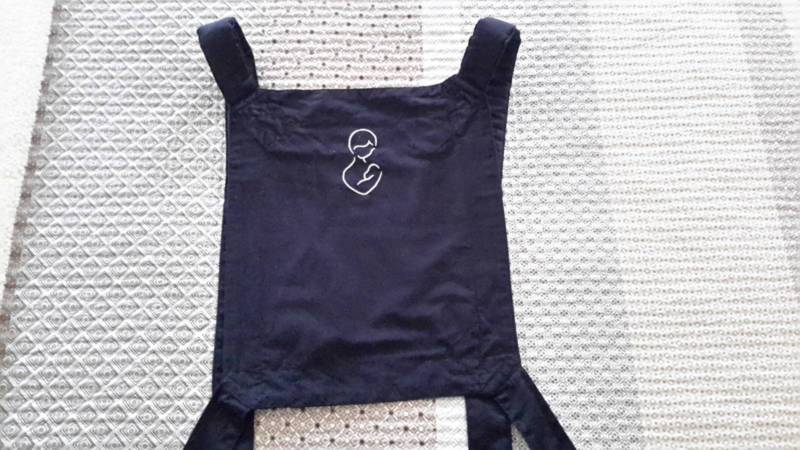
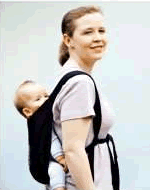
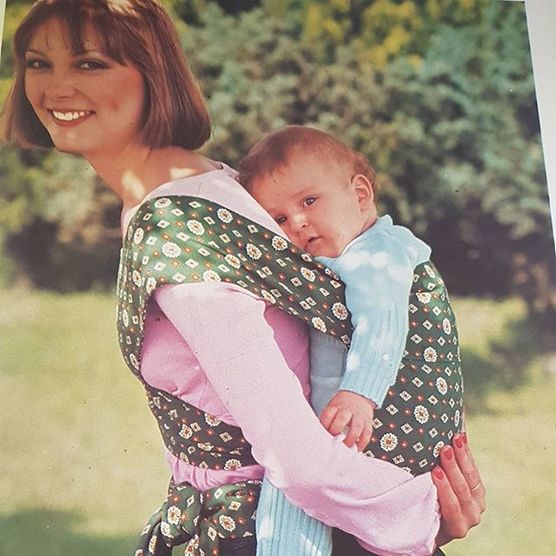
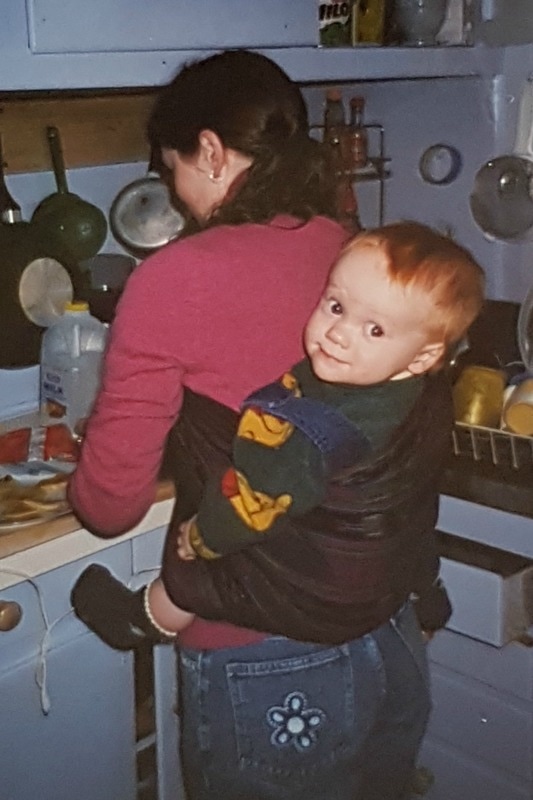
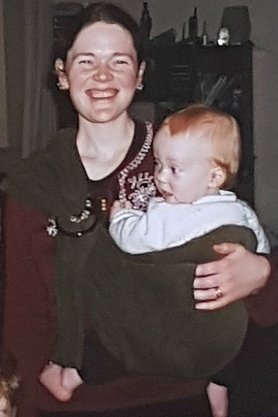
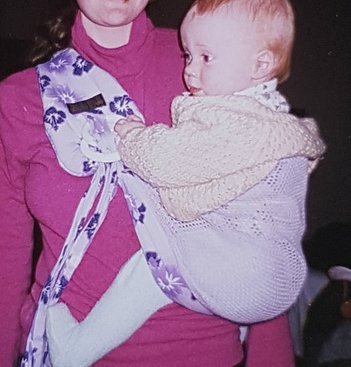

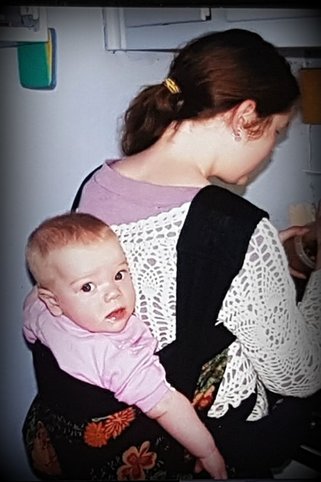
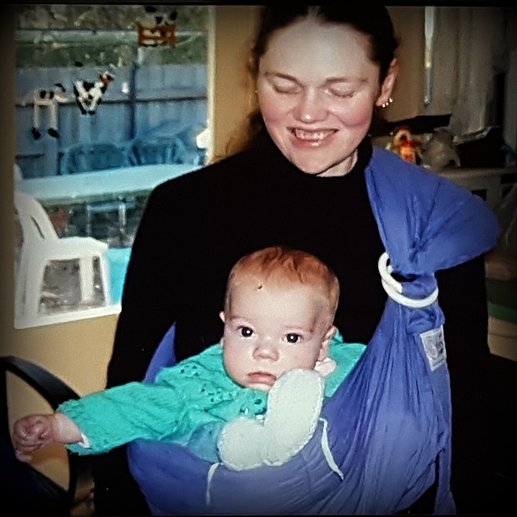

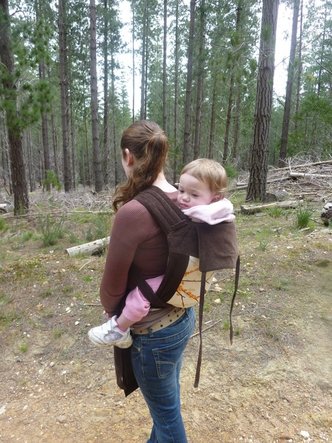
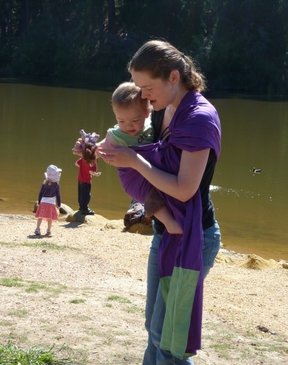
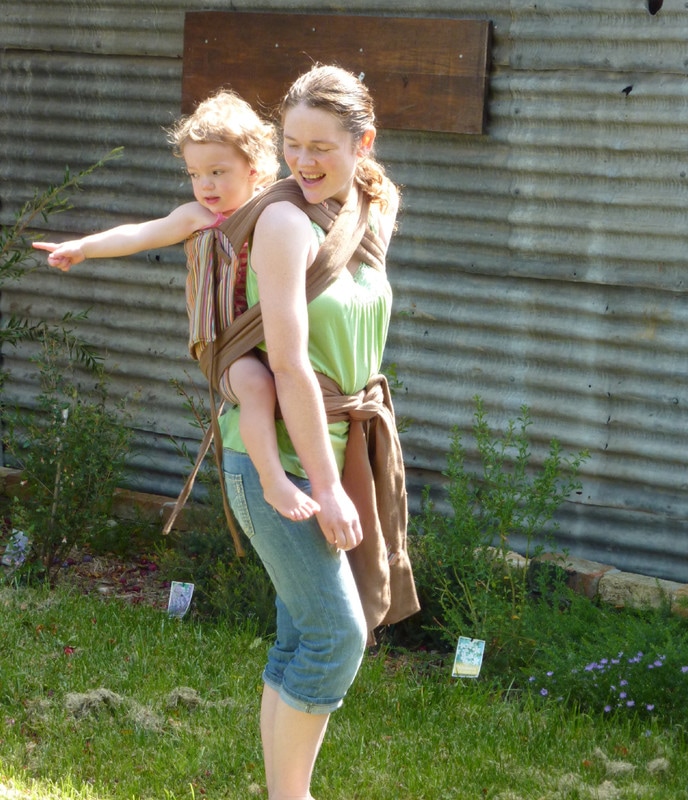
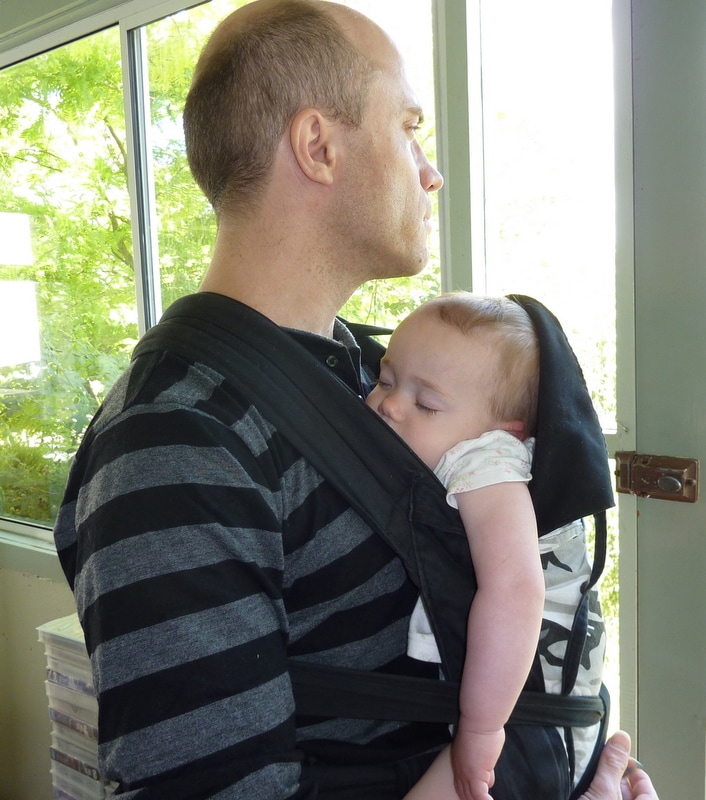
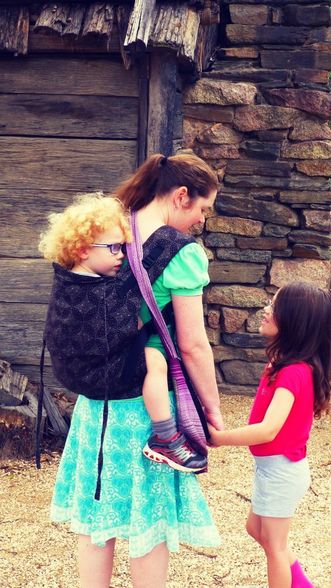

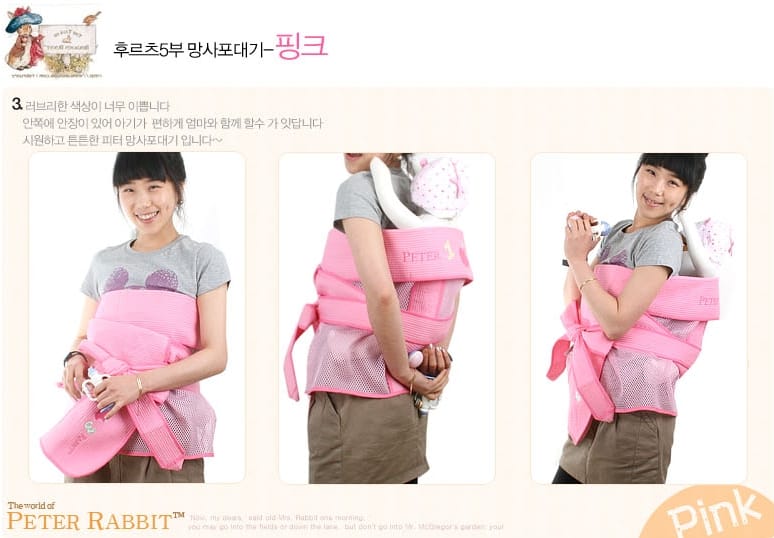
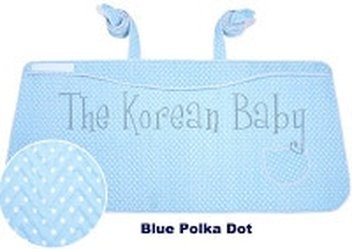
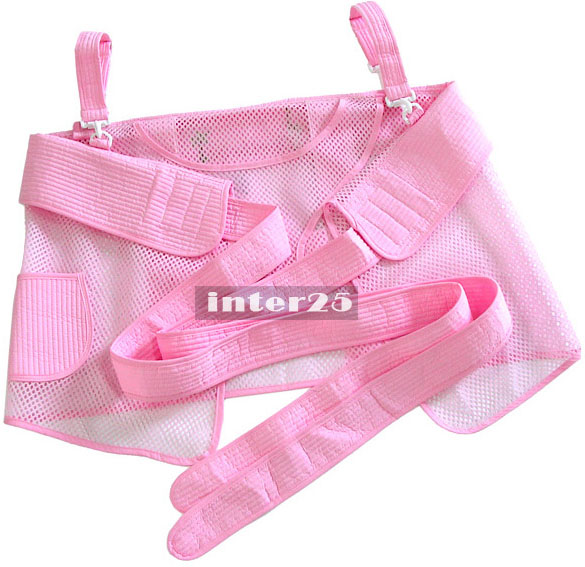
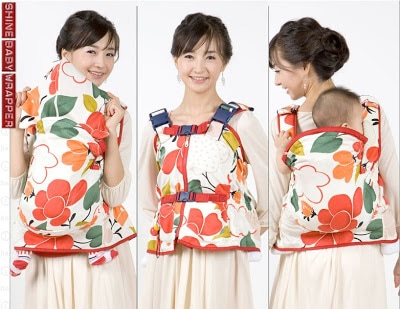
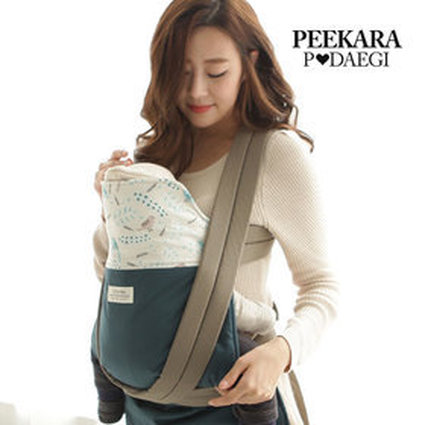
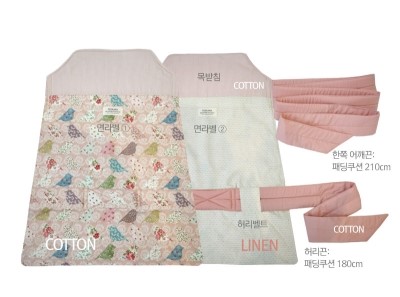
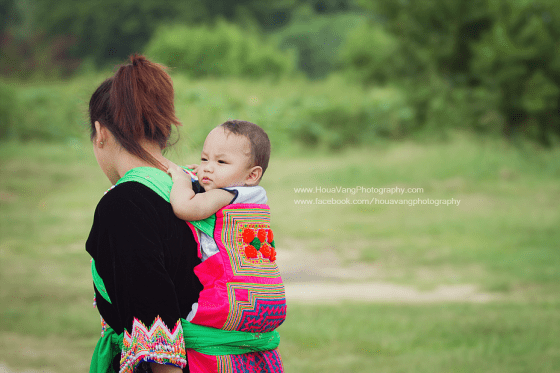
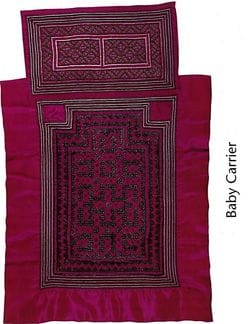
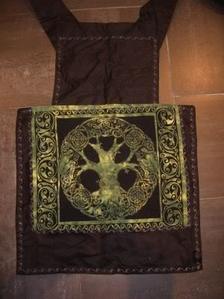
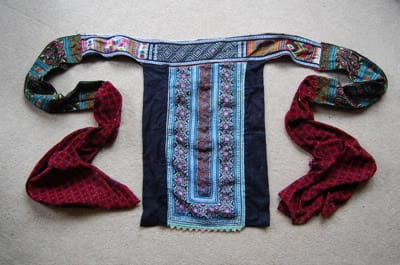

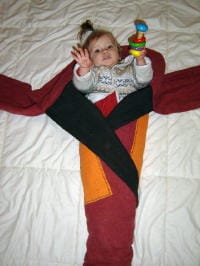
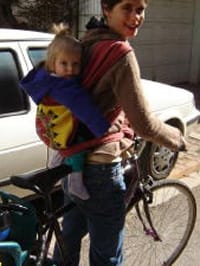
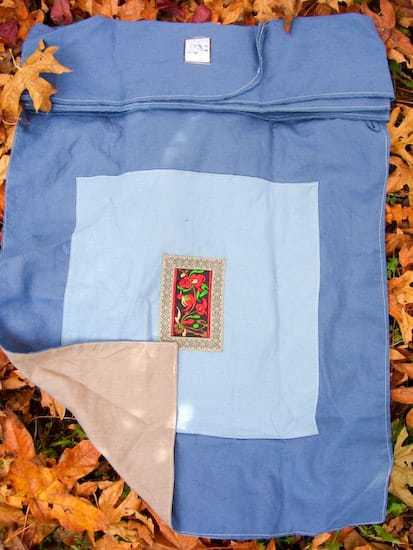
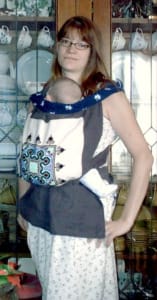
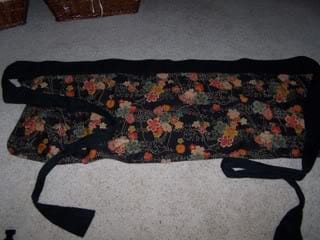
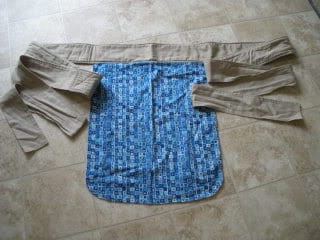
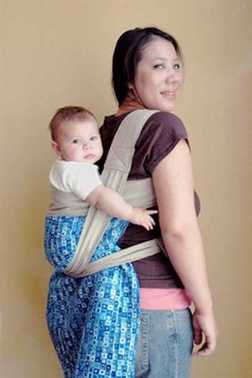
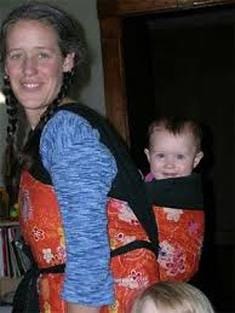
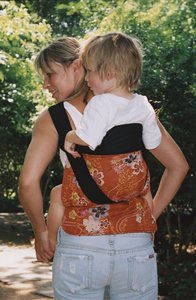
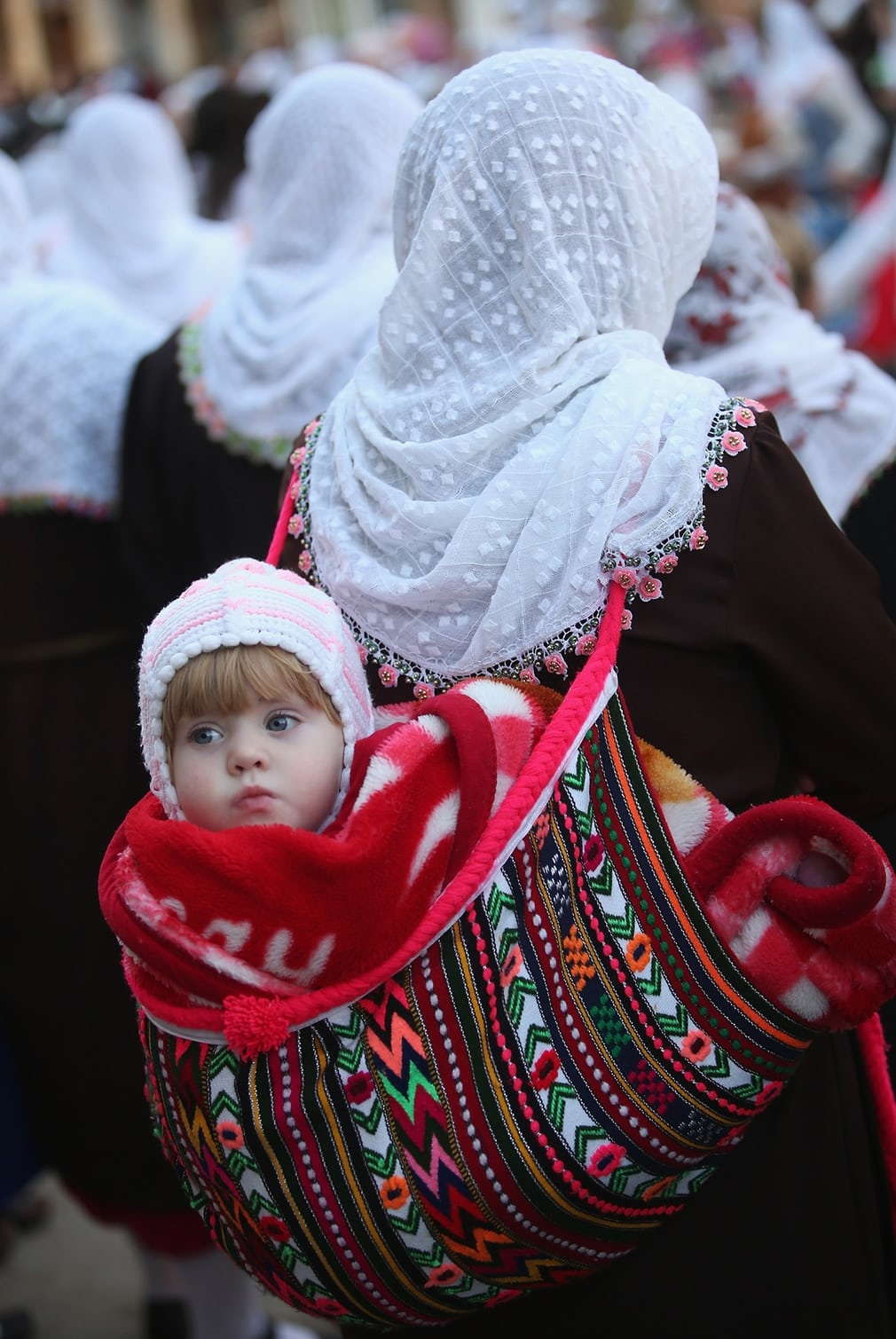
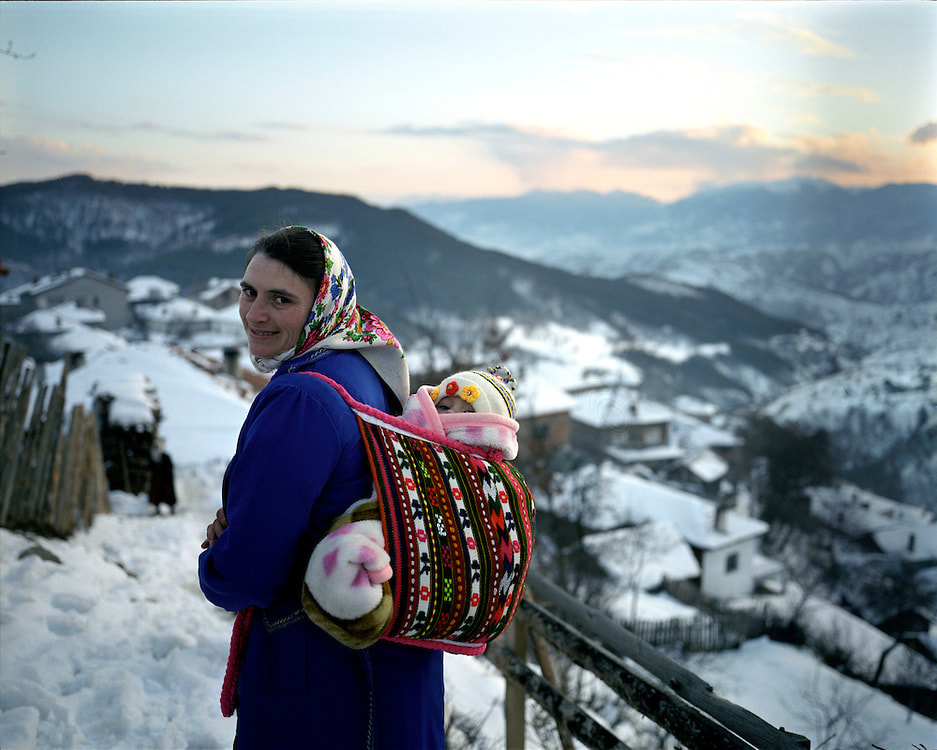
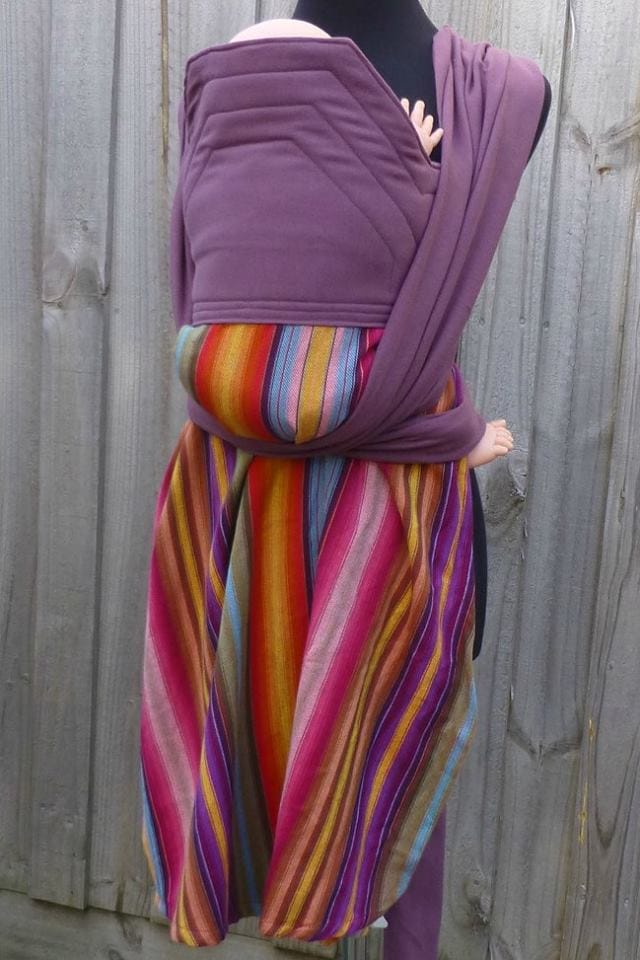

 RSS Feed
RSS Feed